
Create unique ceramic vessels at home, learn clay molding, design, firing, and glaze techniques for decorative pieces
Embark on a creative journey through the world of ceramics with a diverse lineup of expert instructors. Start by learning the fundamentals of working with clay at home, from initial design to glazing, as guided by Lilly Maetzig. Delve into the slab technique with Jeremy Bellina, crafting ceramic pieces featuring clean lines and geometric shapes. Discover the art of stamp making for pottery with Sarah Pike, who will help you add personalized textures to your creations.
Hessa Al Ajmani introduces the beauty of floral imprints on ceramic tableware, incorporating real botanical elements for unique designs. Nastia Calaca takes you into the realm of character design, where colors and textures breathe life into whimsical clay characters. Finally, explore the ancient Japanese art of Kintsugi with Clara Graziolino, learning to repair broken pottery with gold. These courses collectively offer a rich exploration of traditional ceramic techniques, providing a comprehensive skill set to create stunning and personal ceramic art.
What will you learn in this specialization?

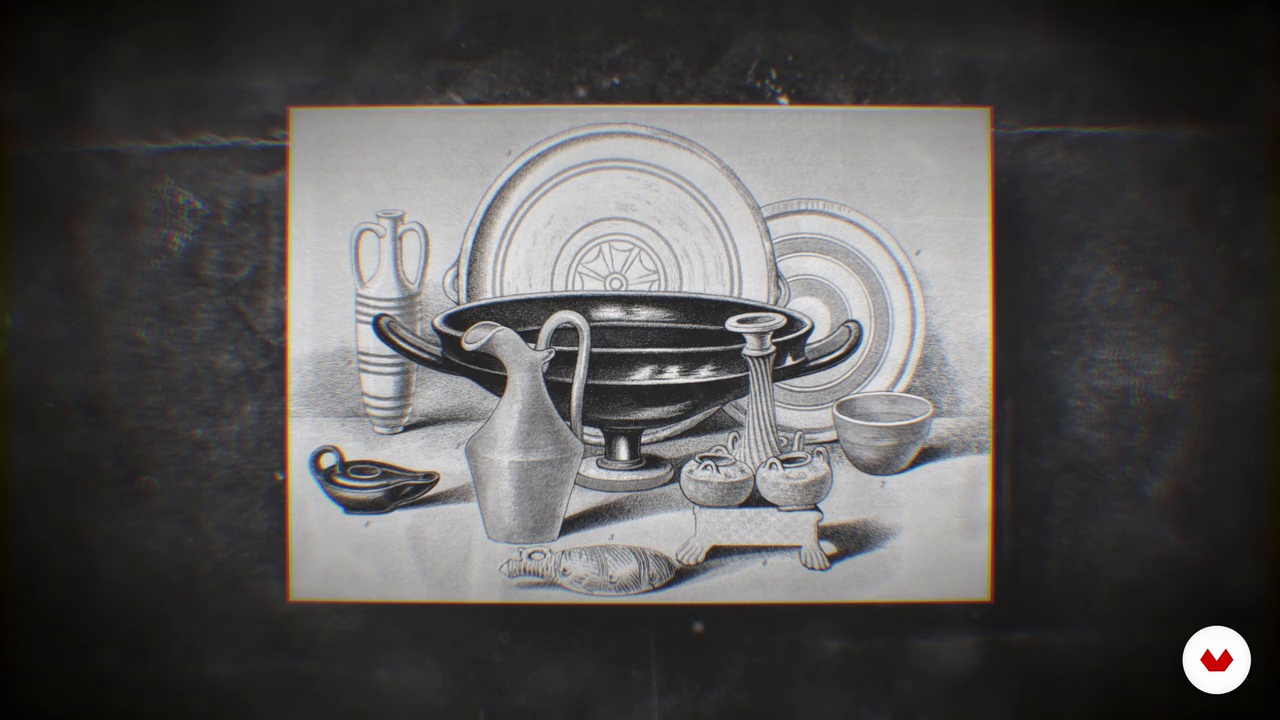
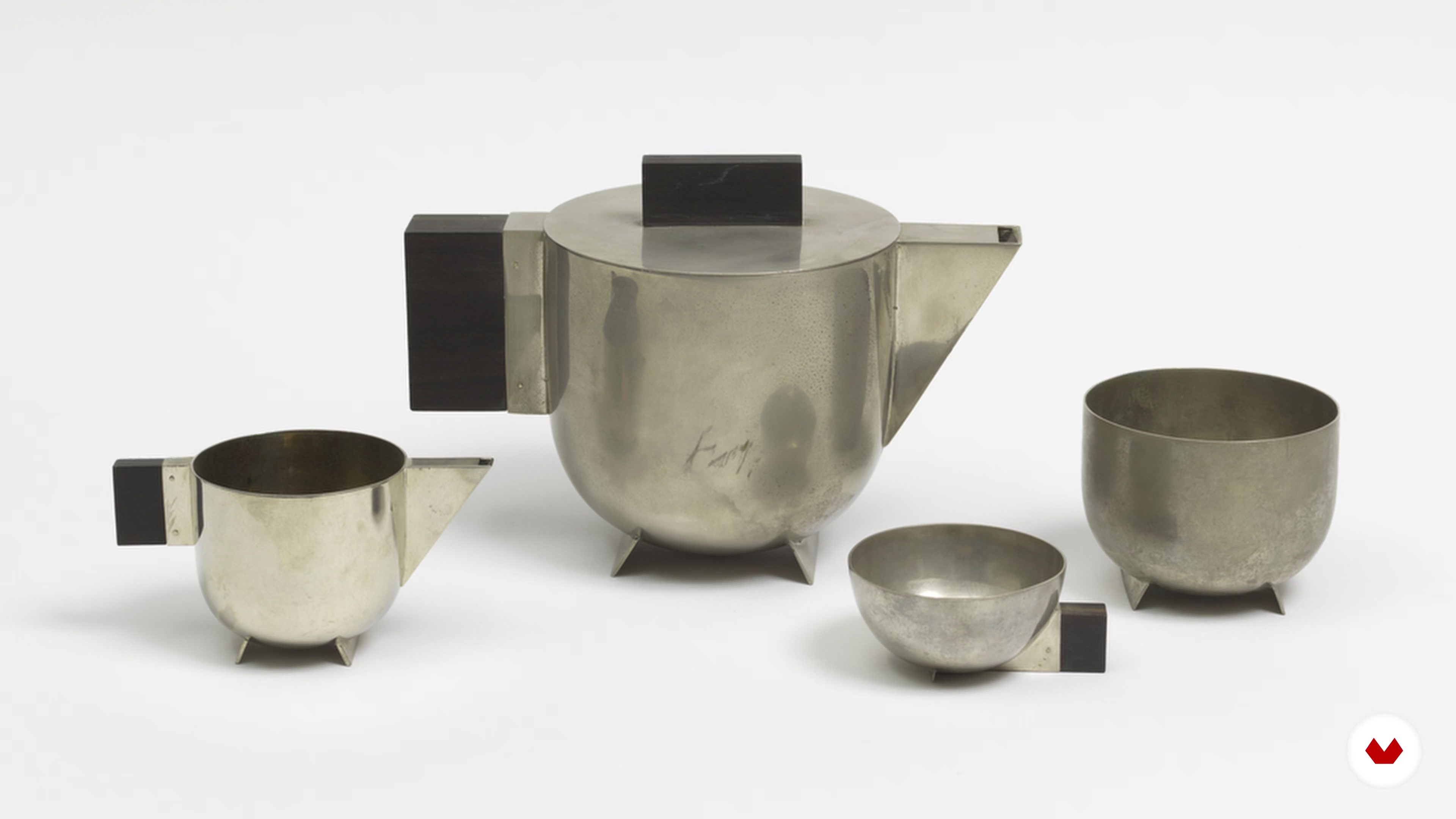
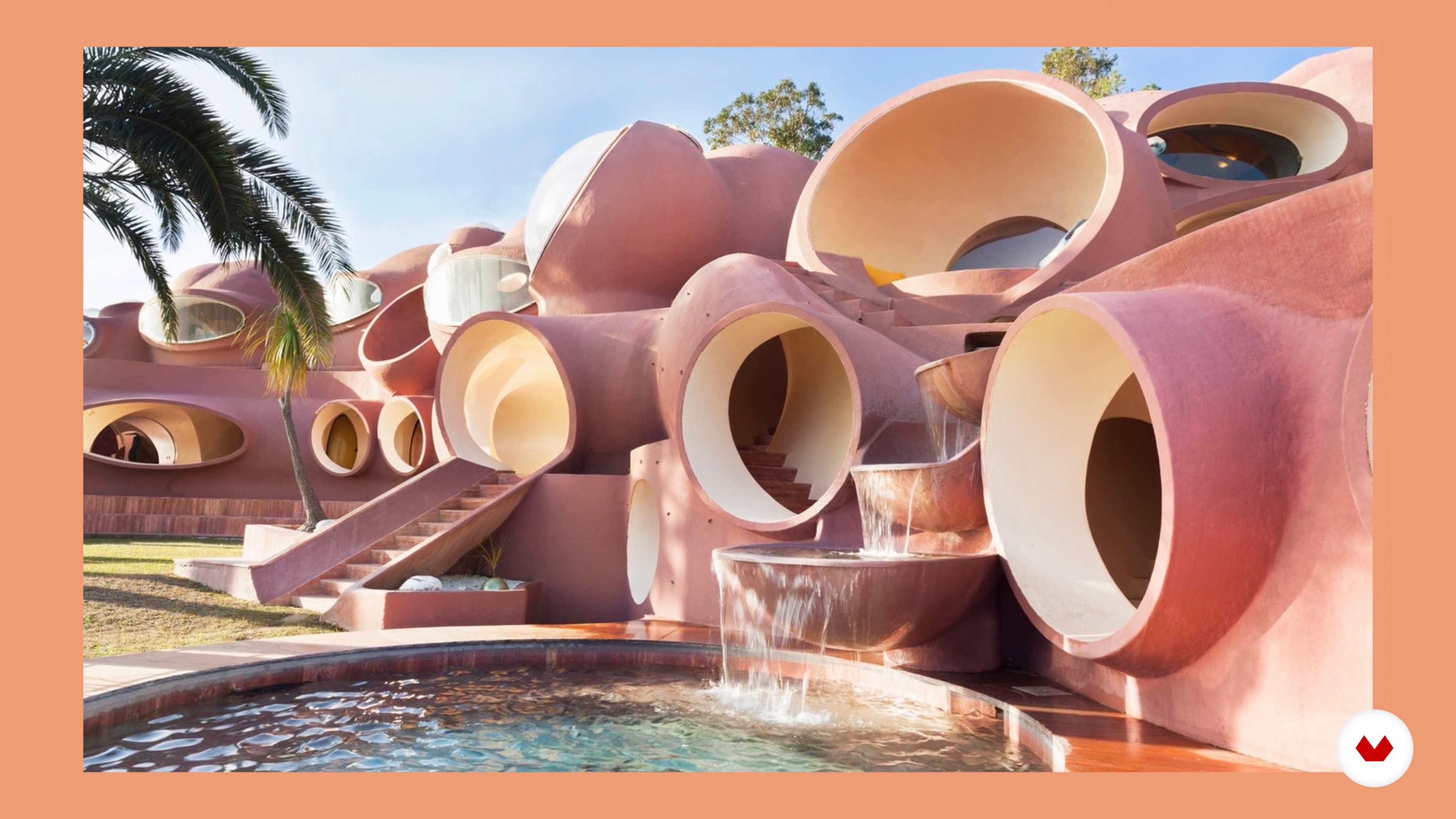
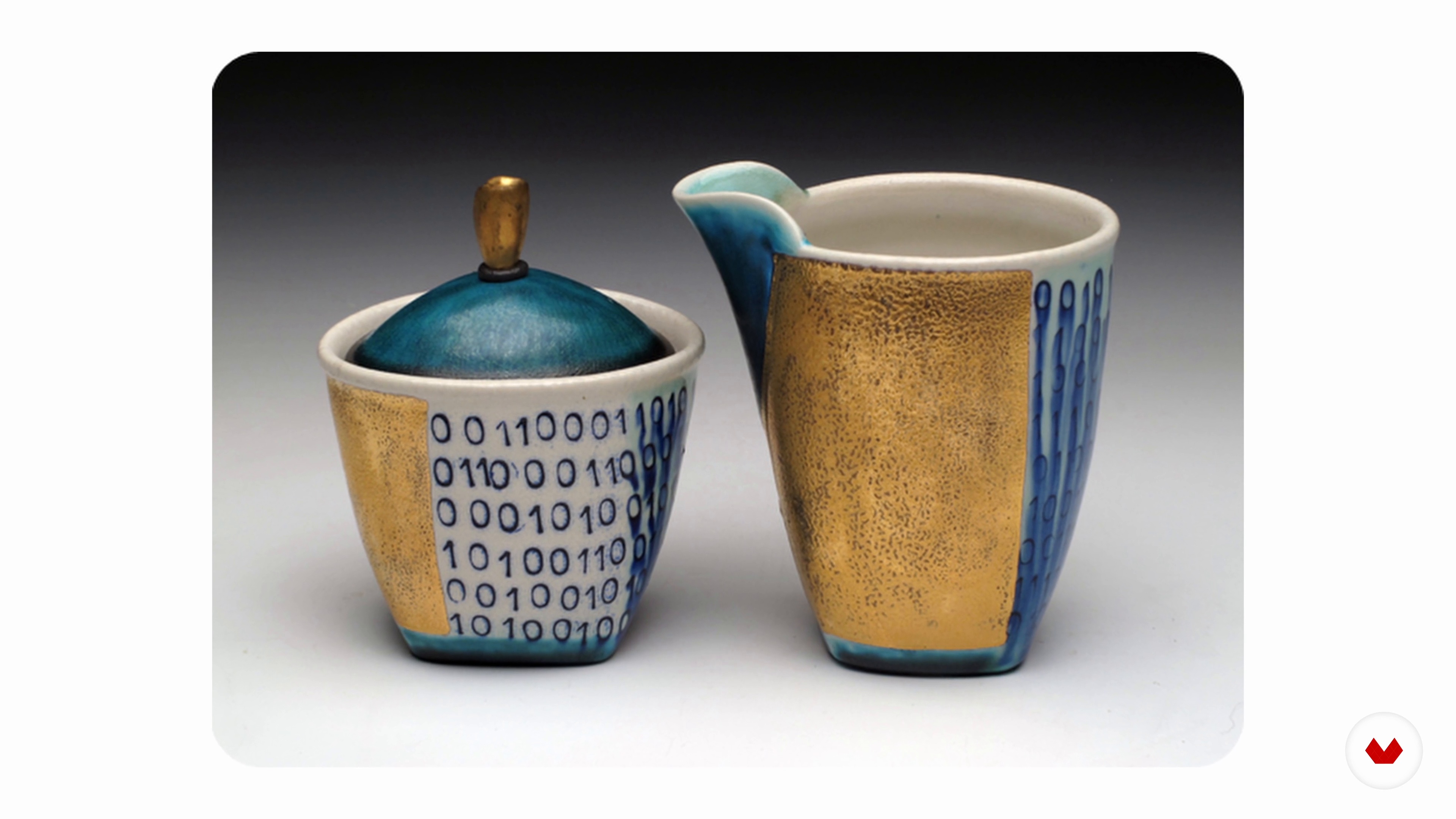
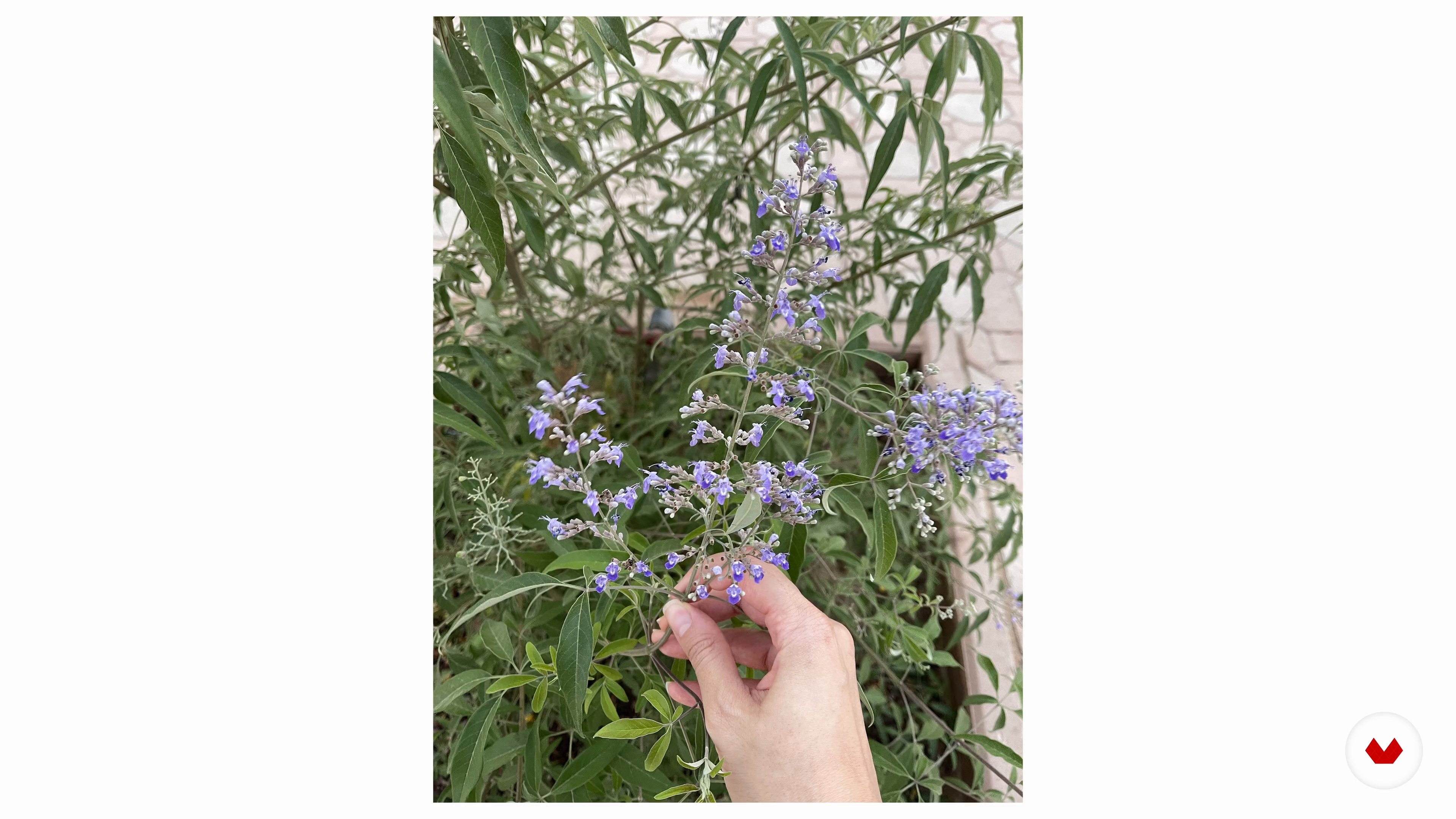
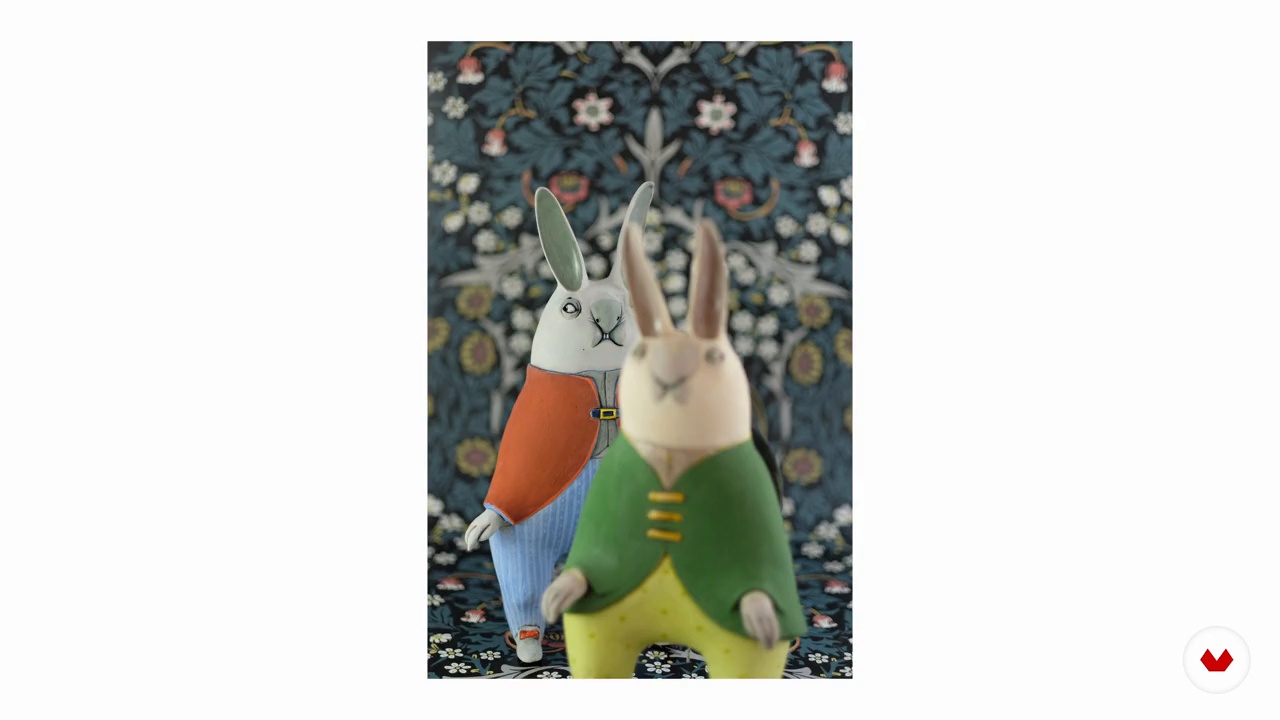
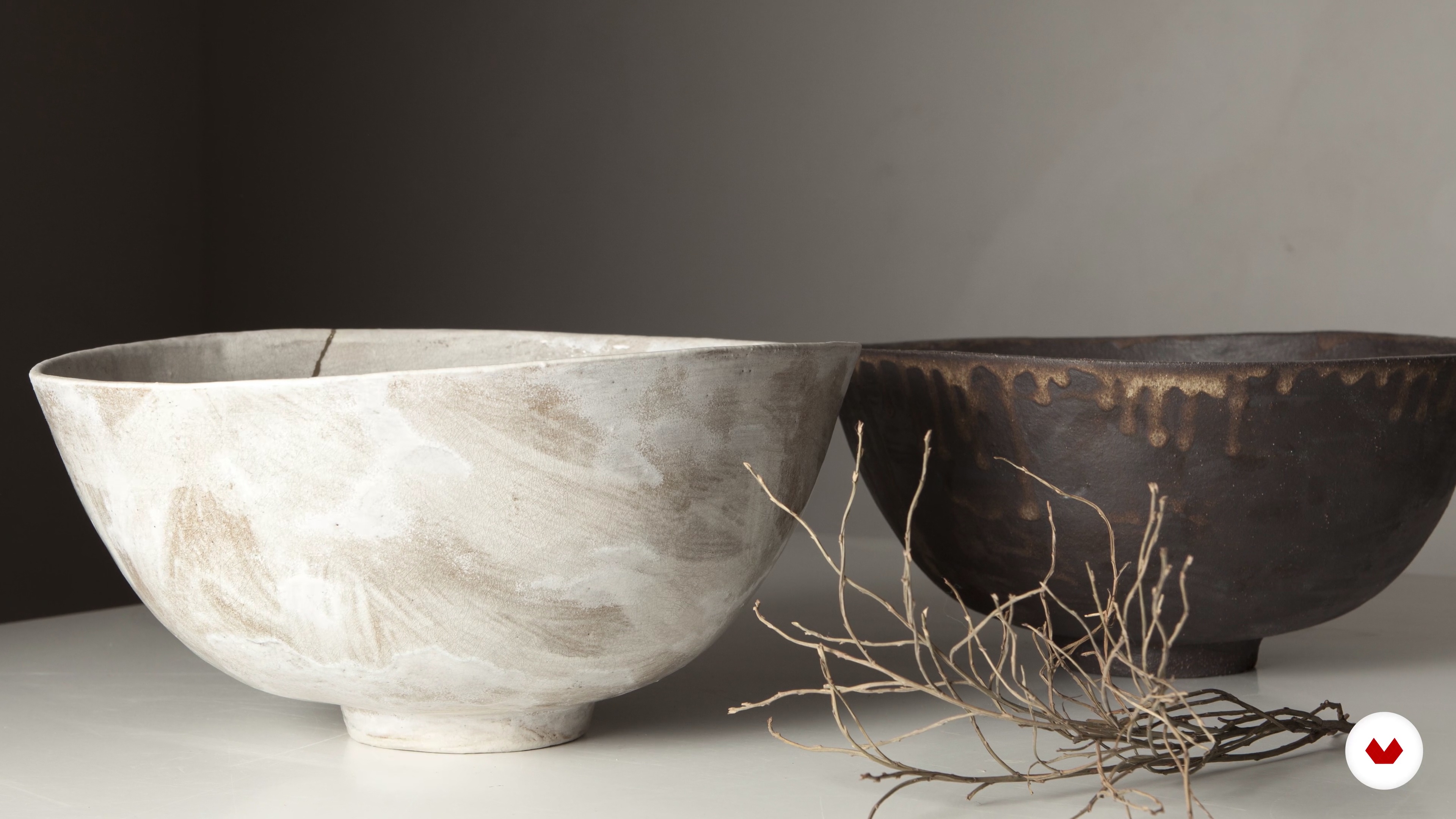

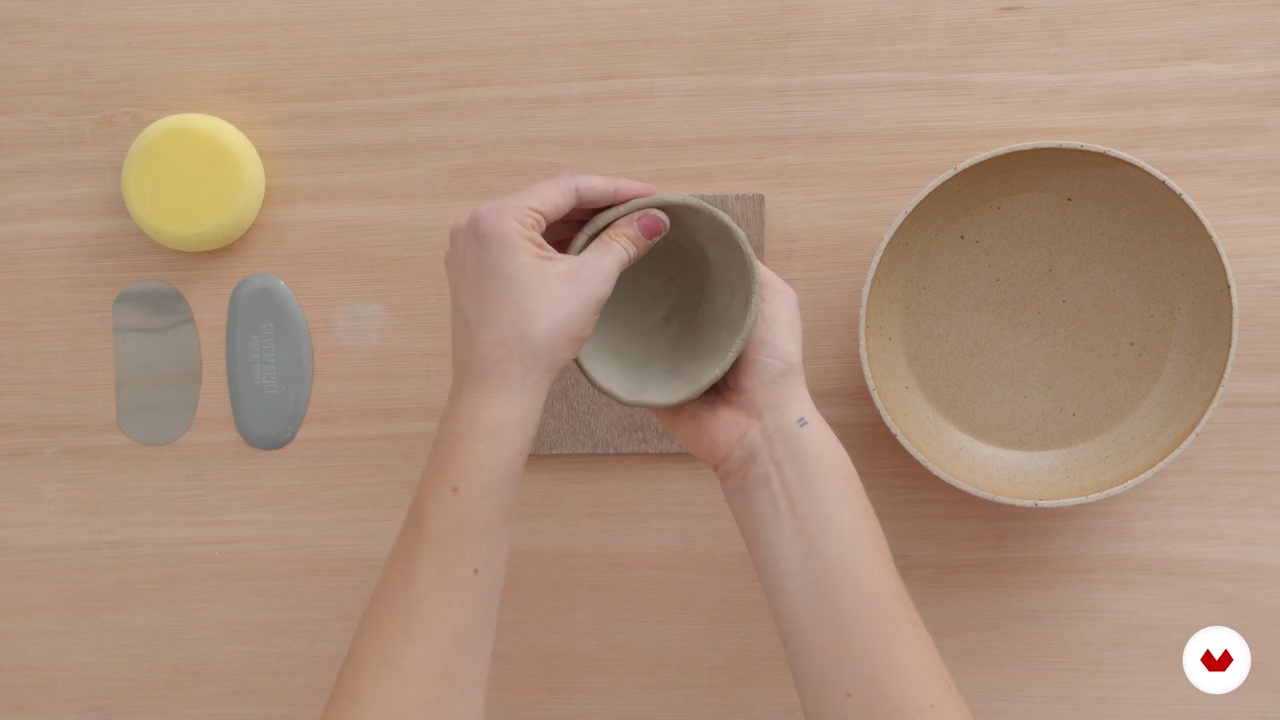
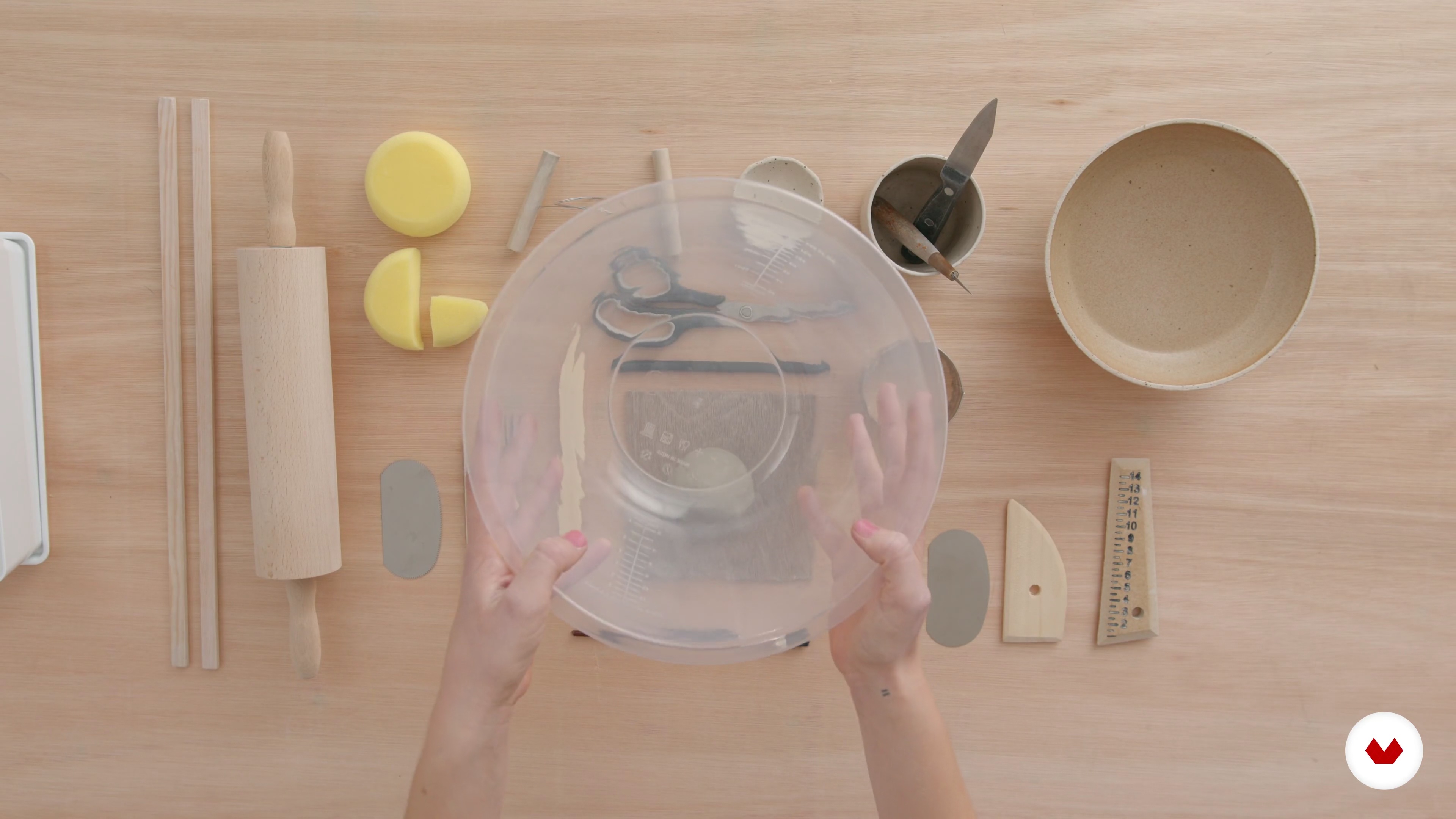
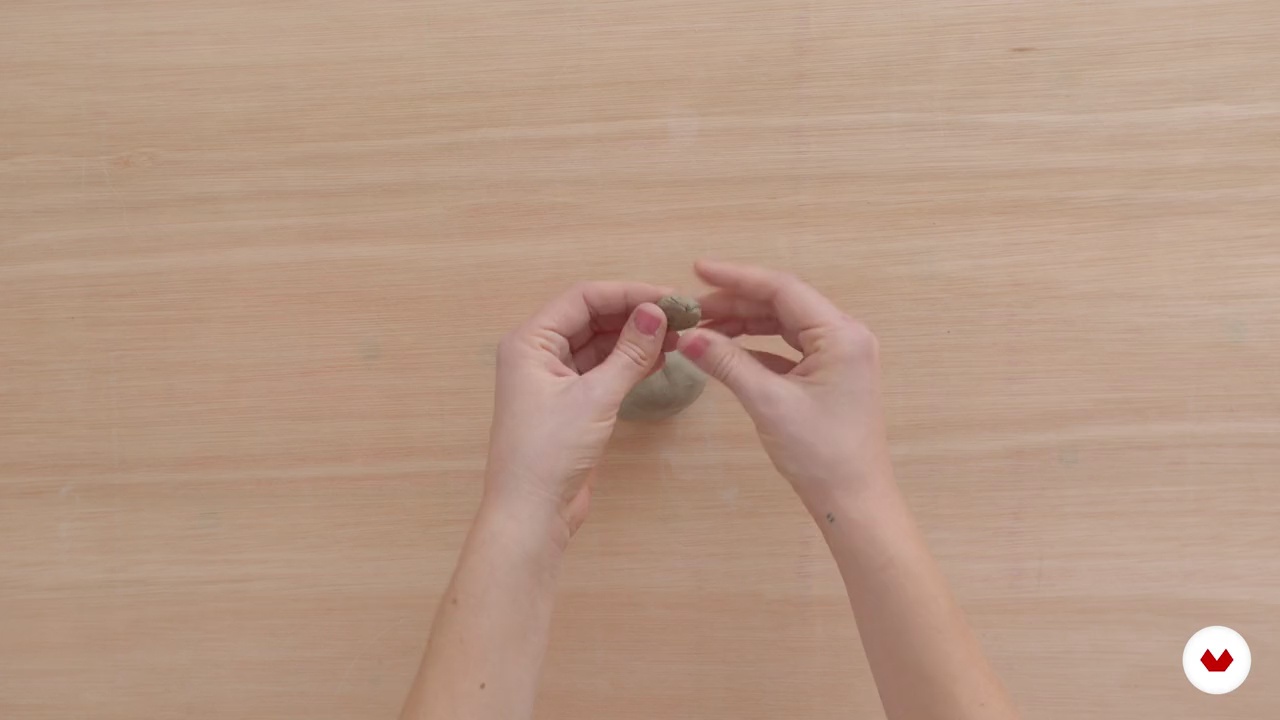
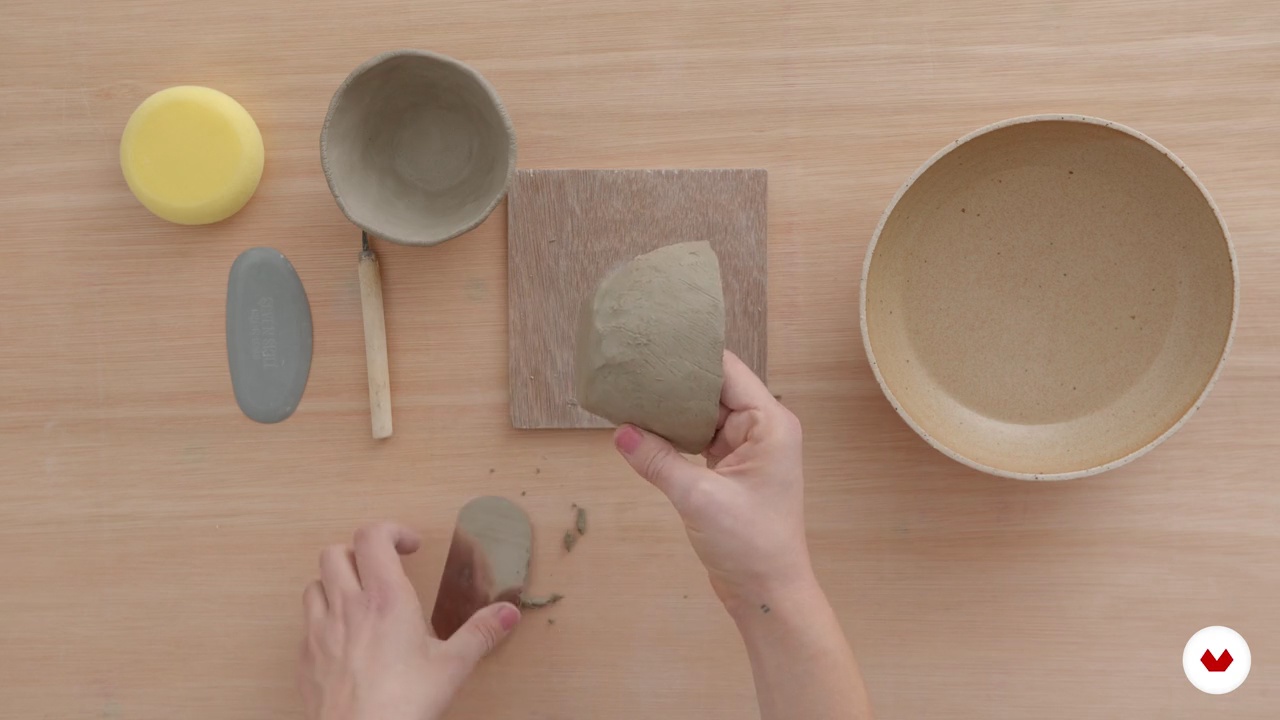
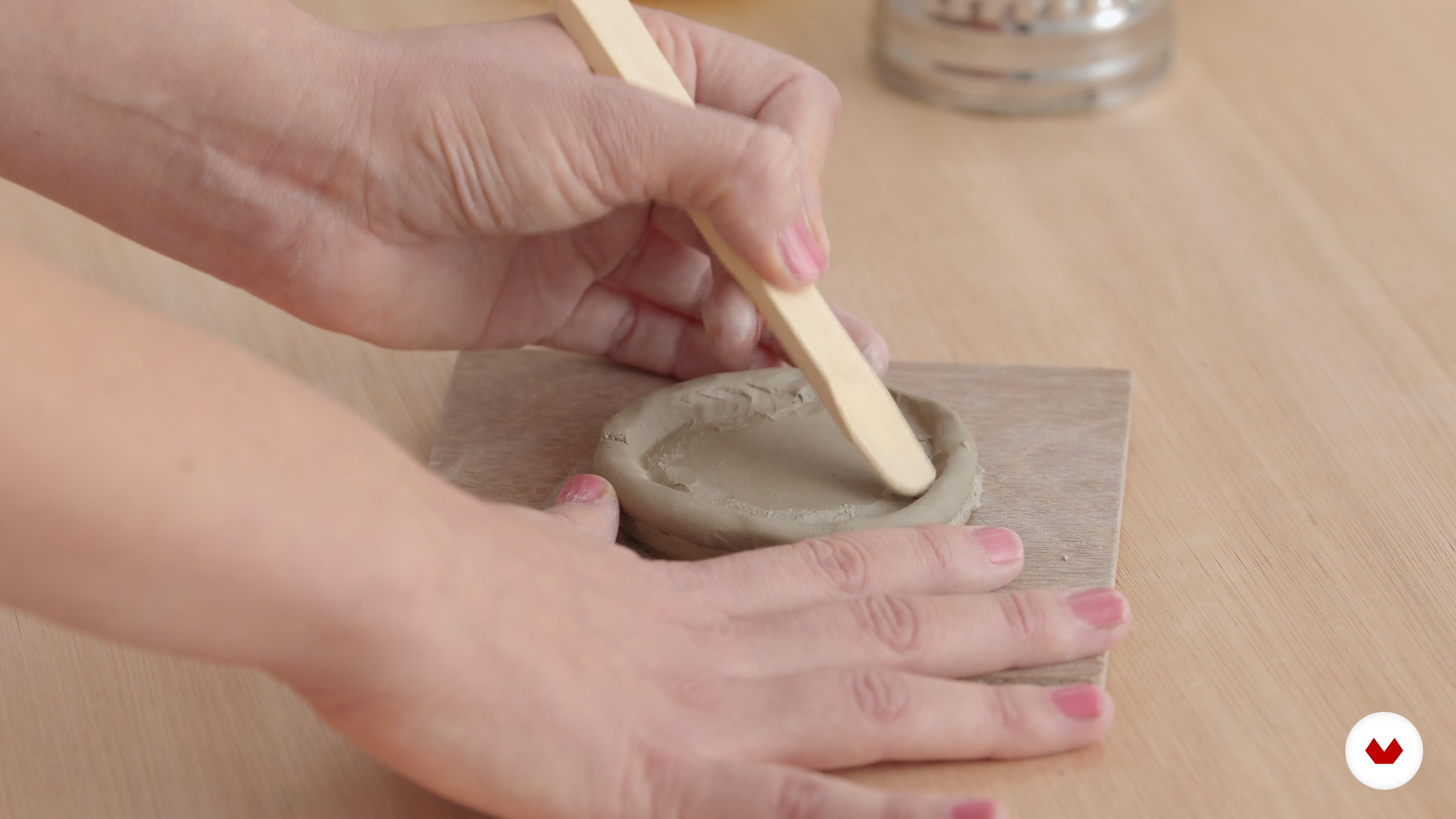
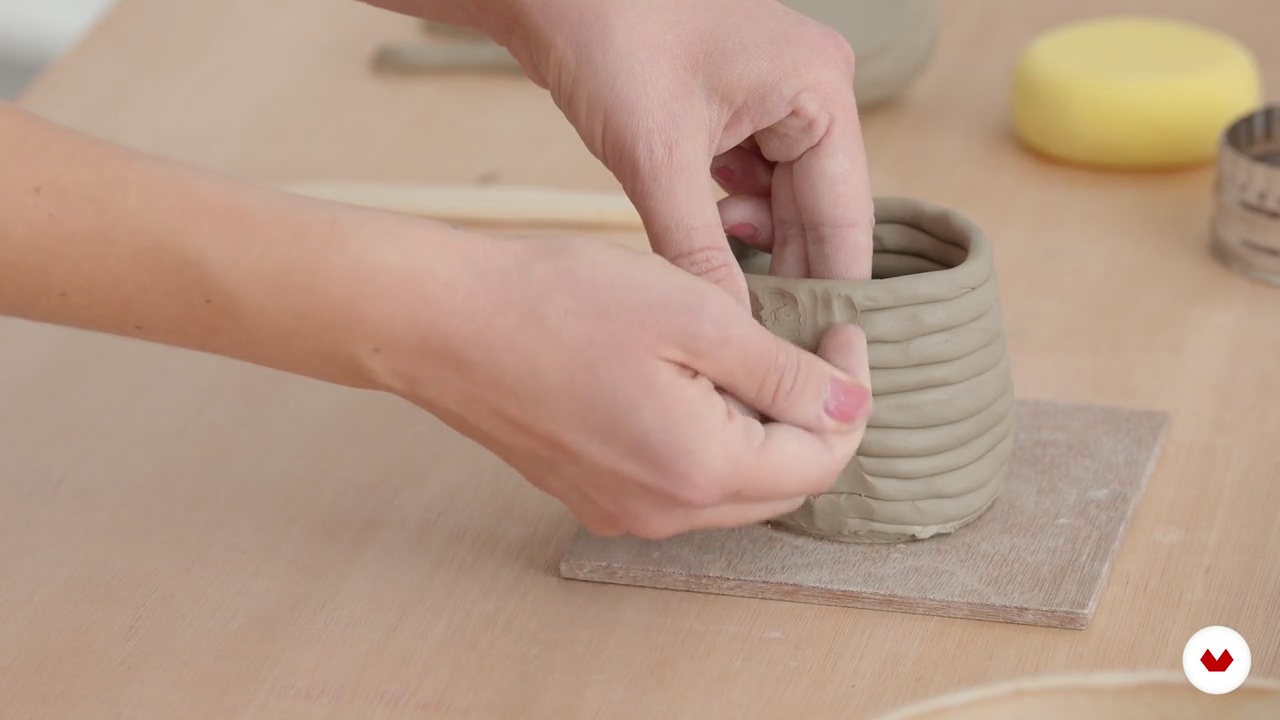
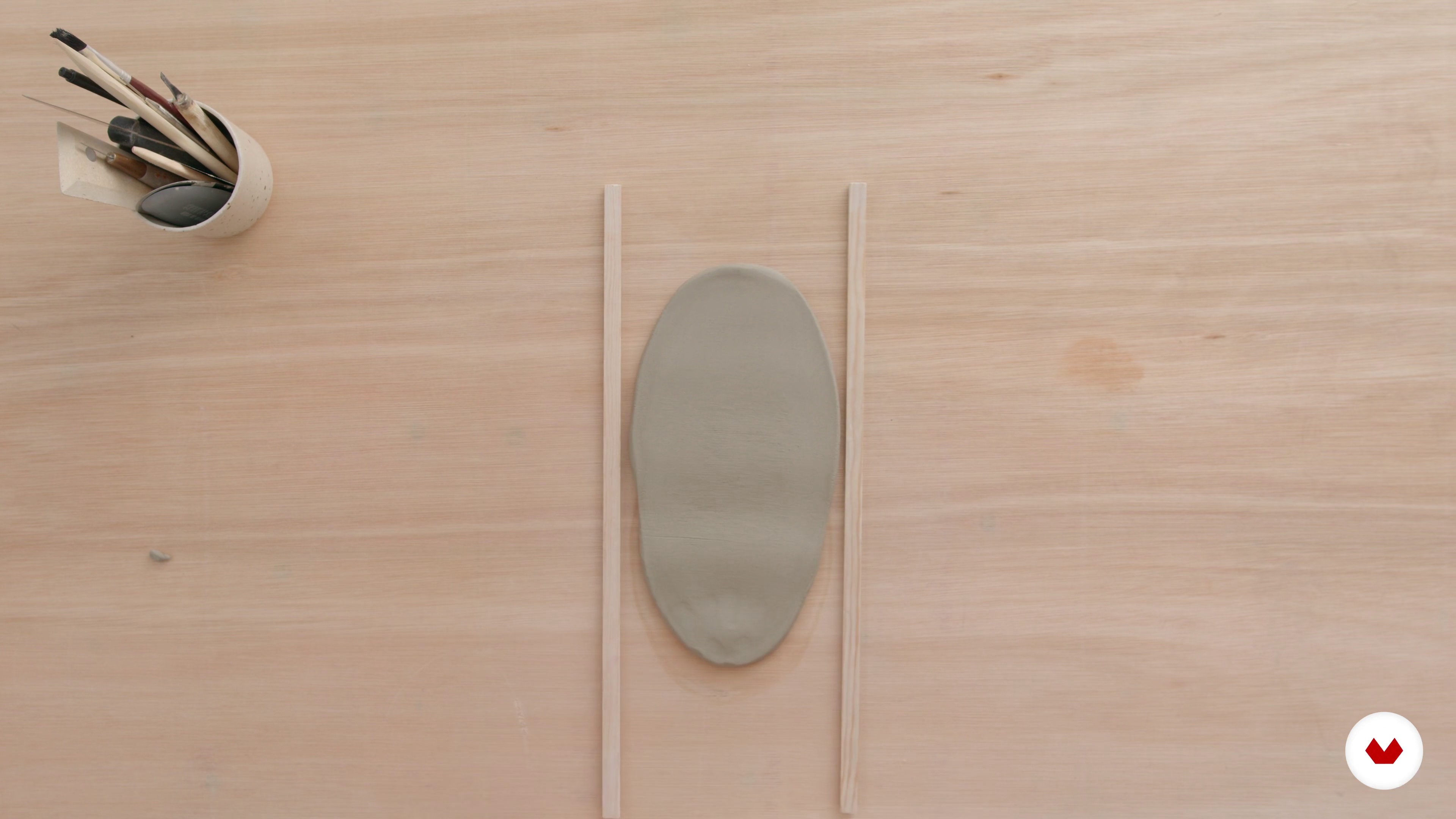
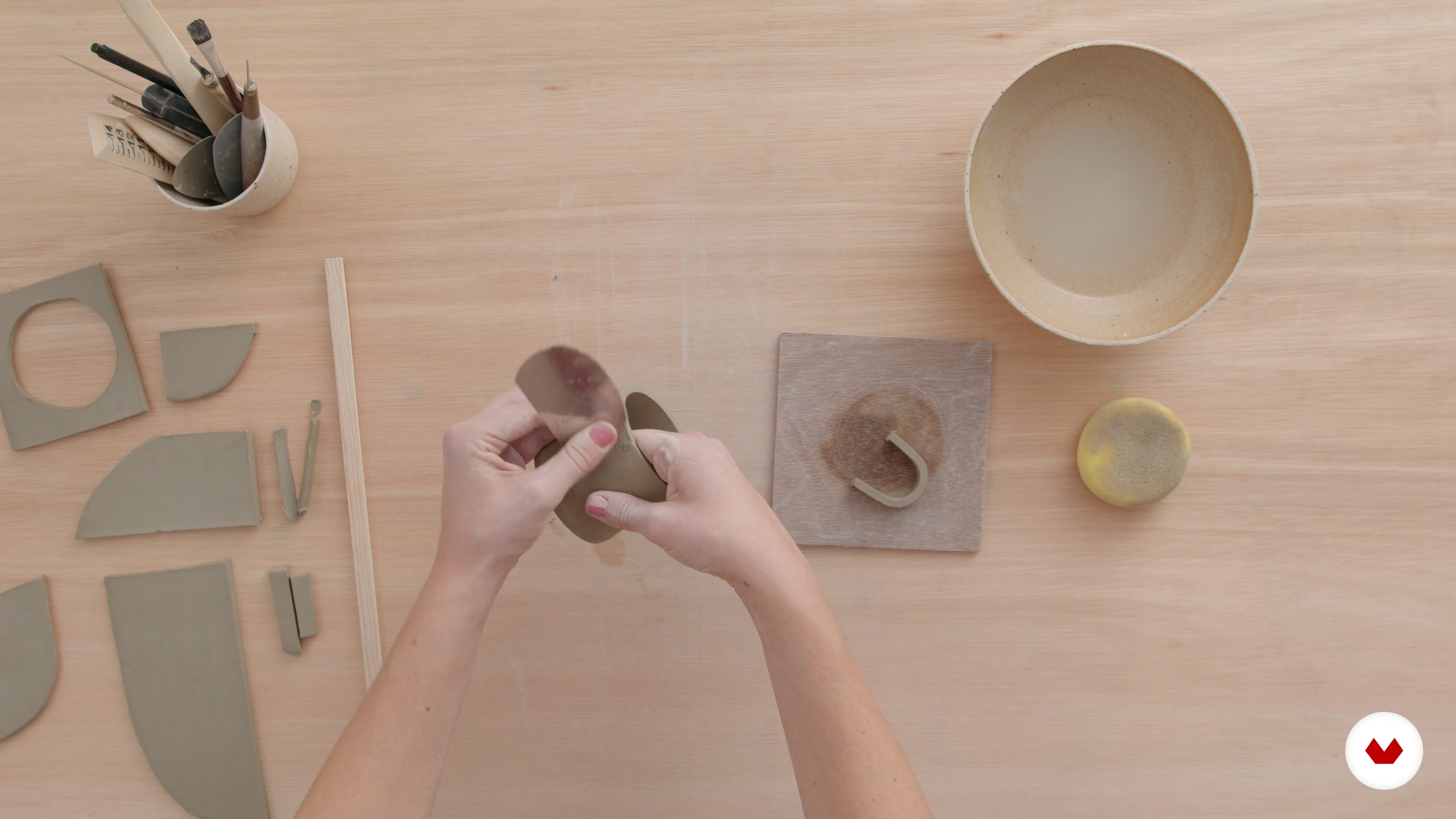
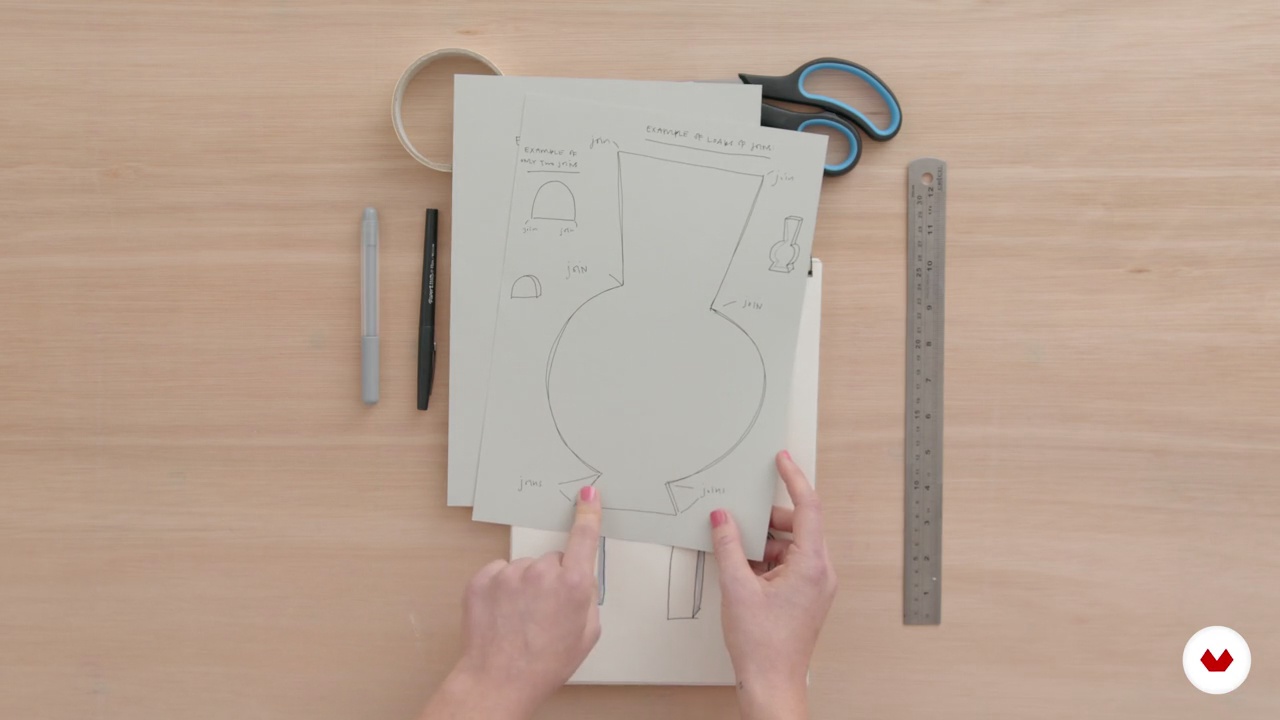
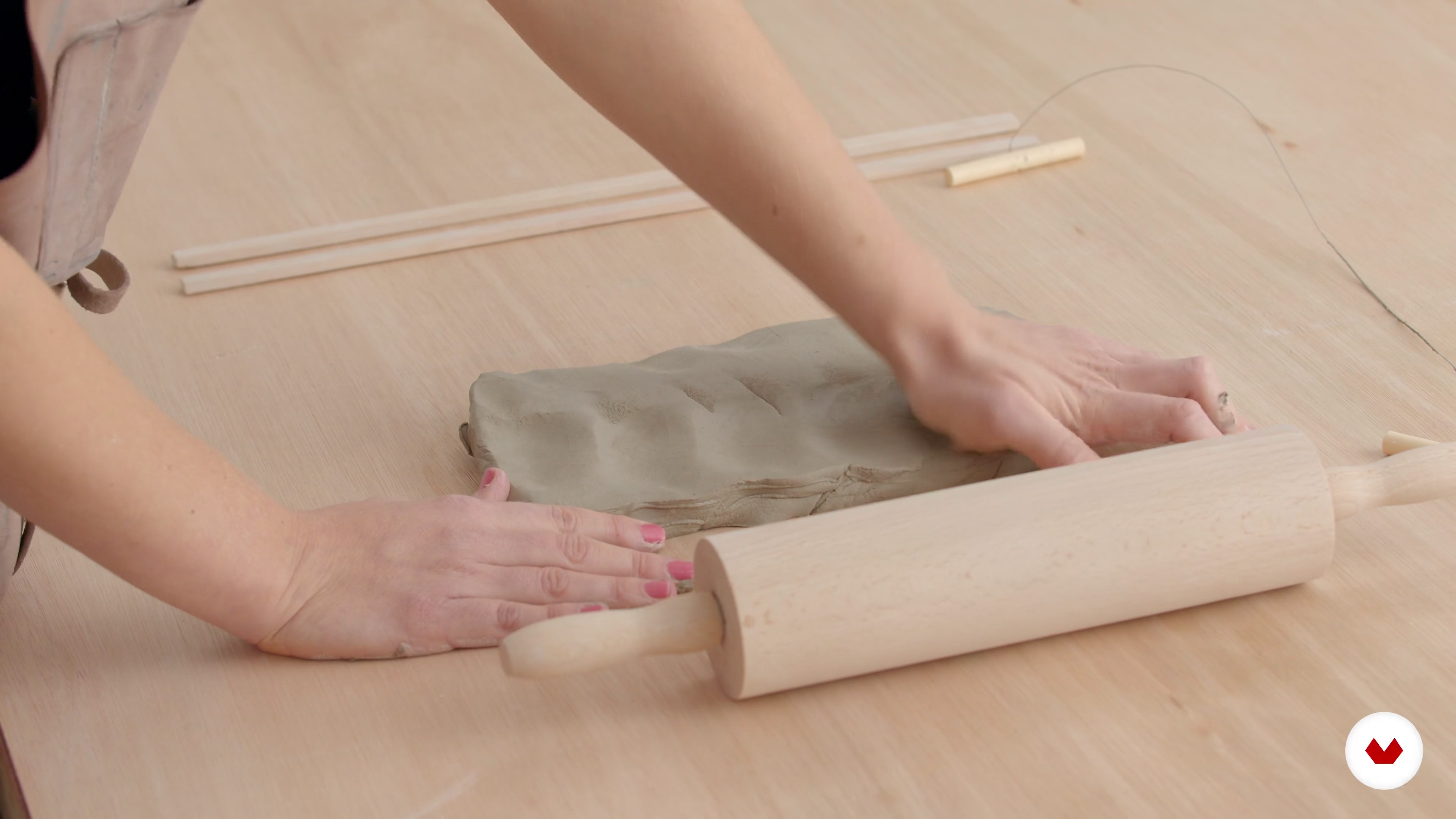
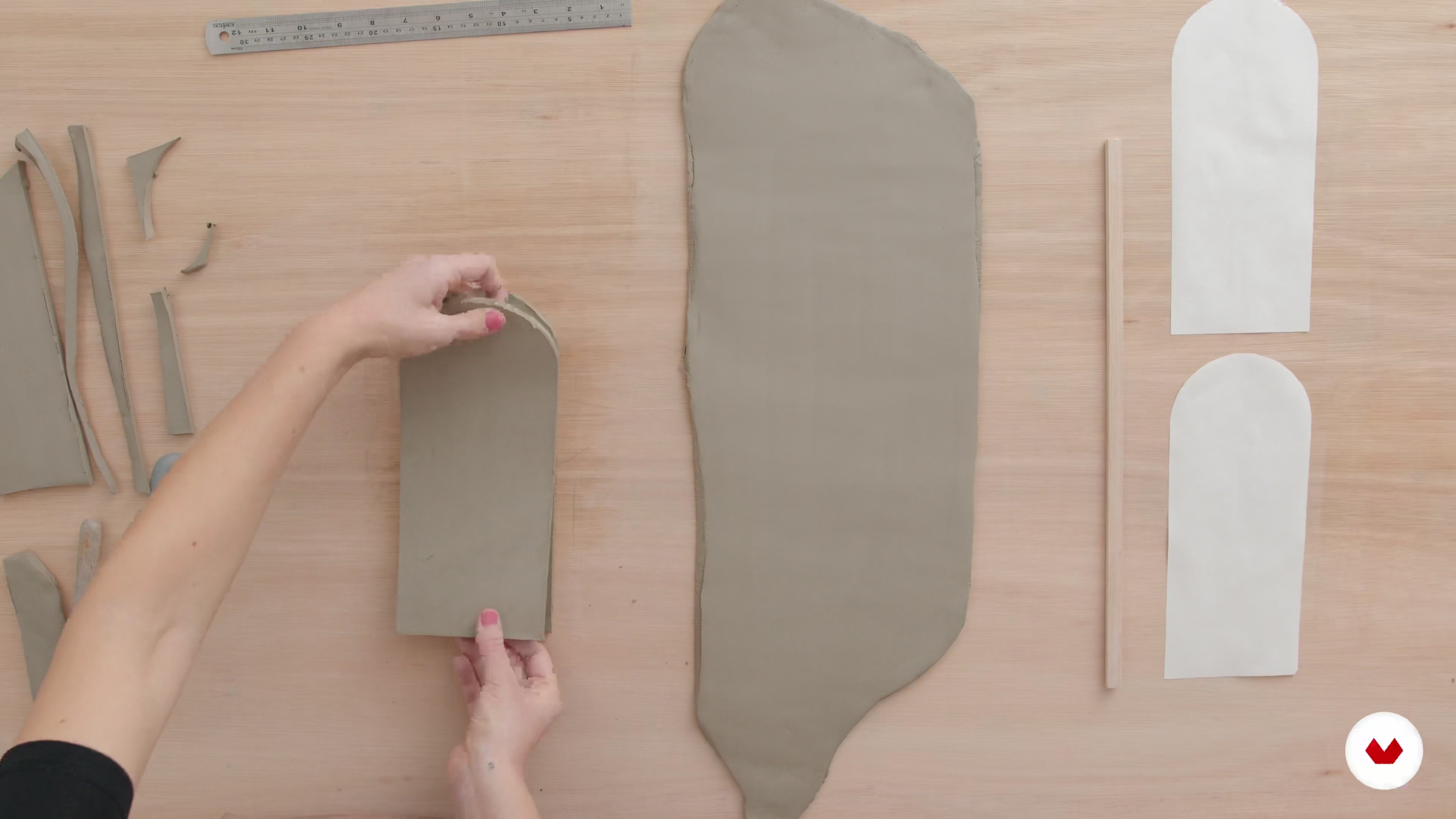
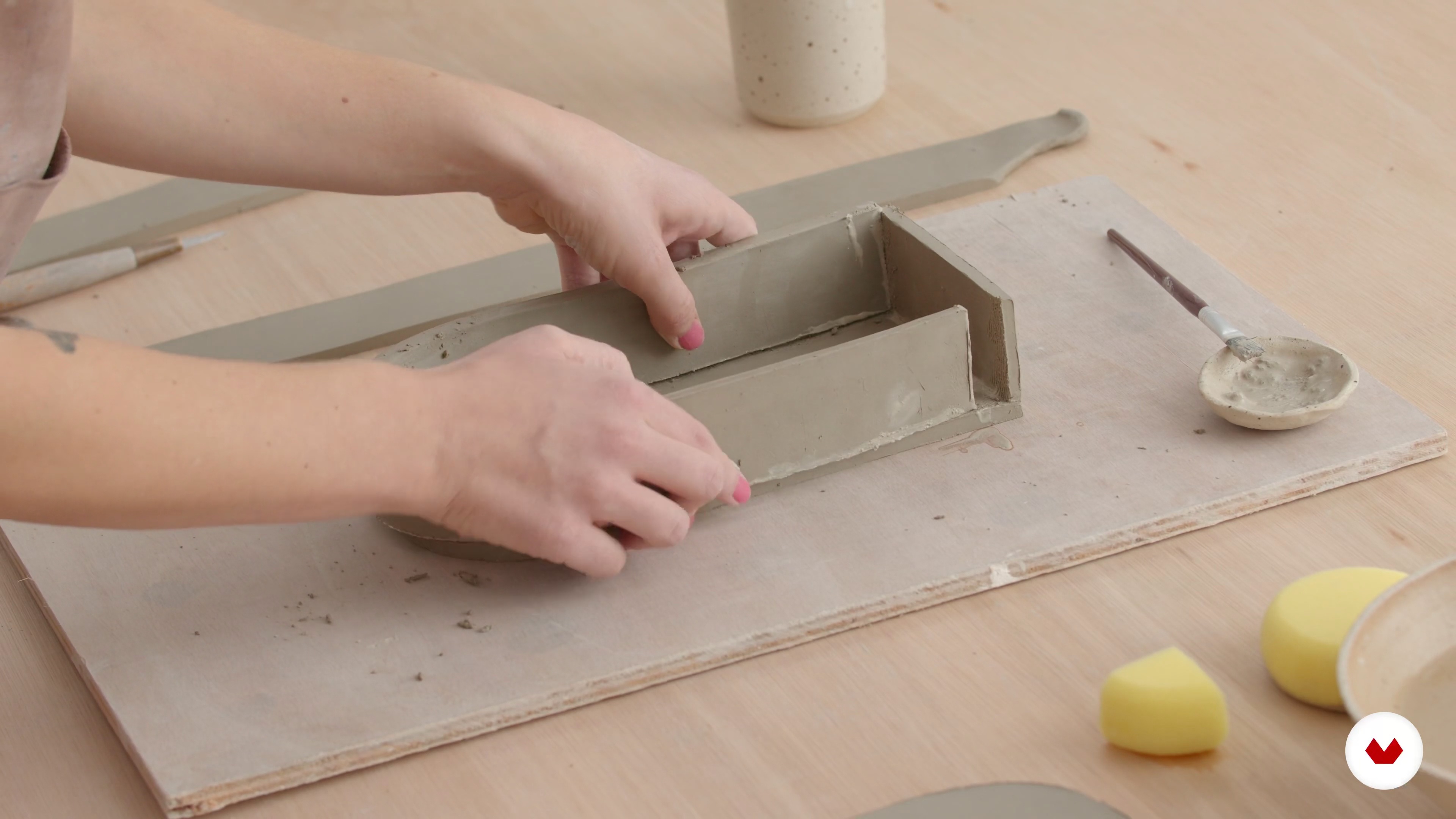
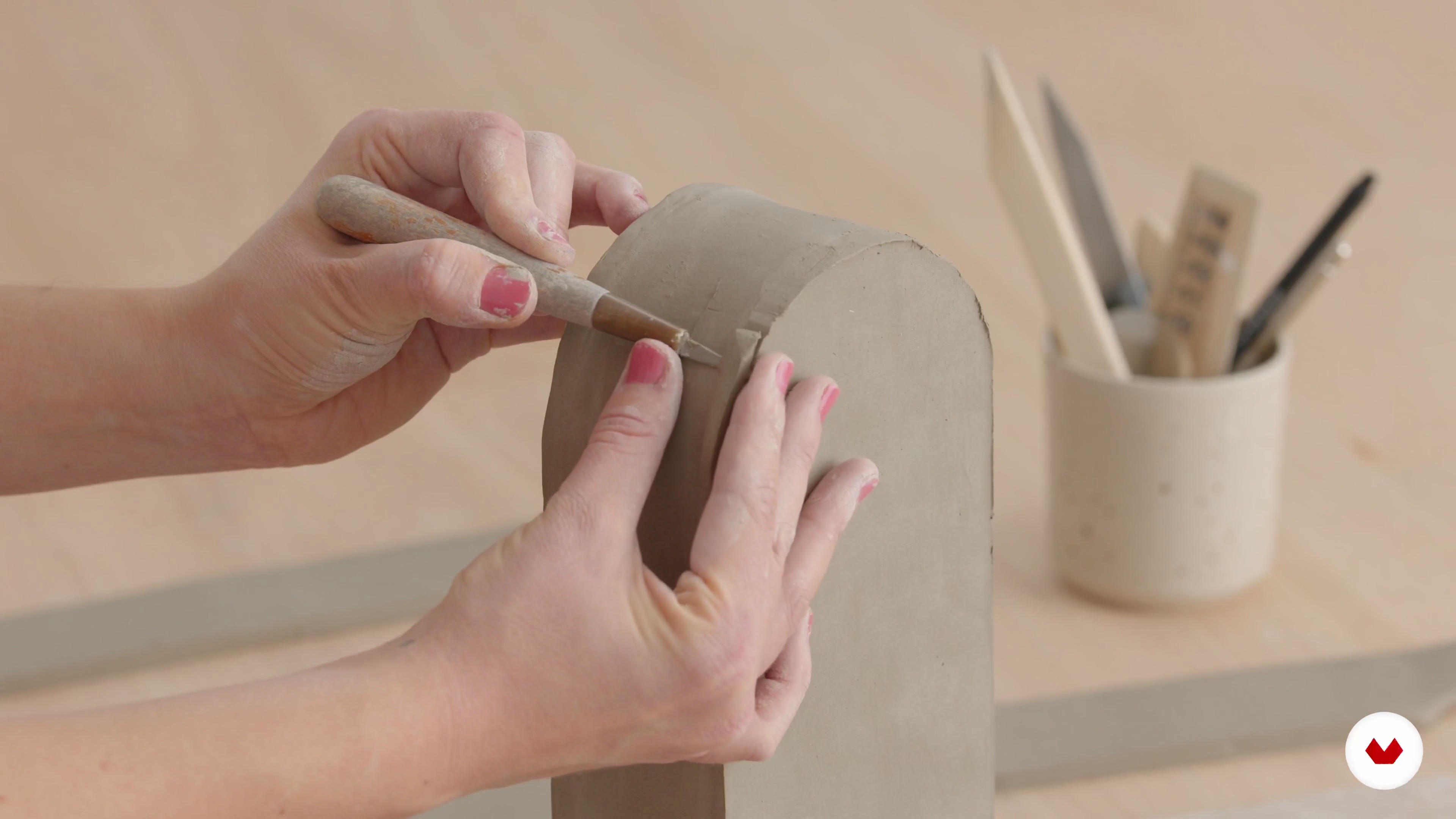
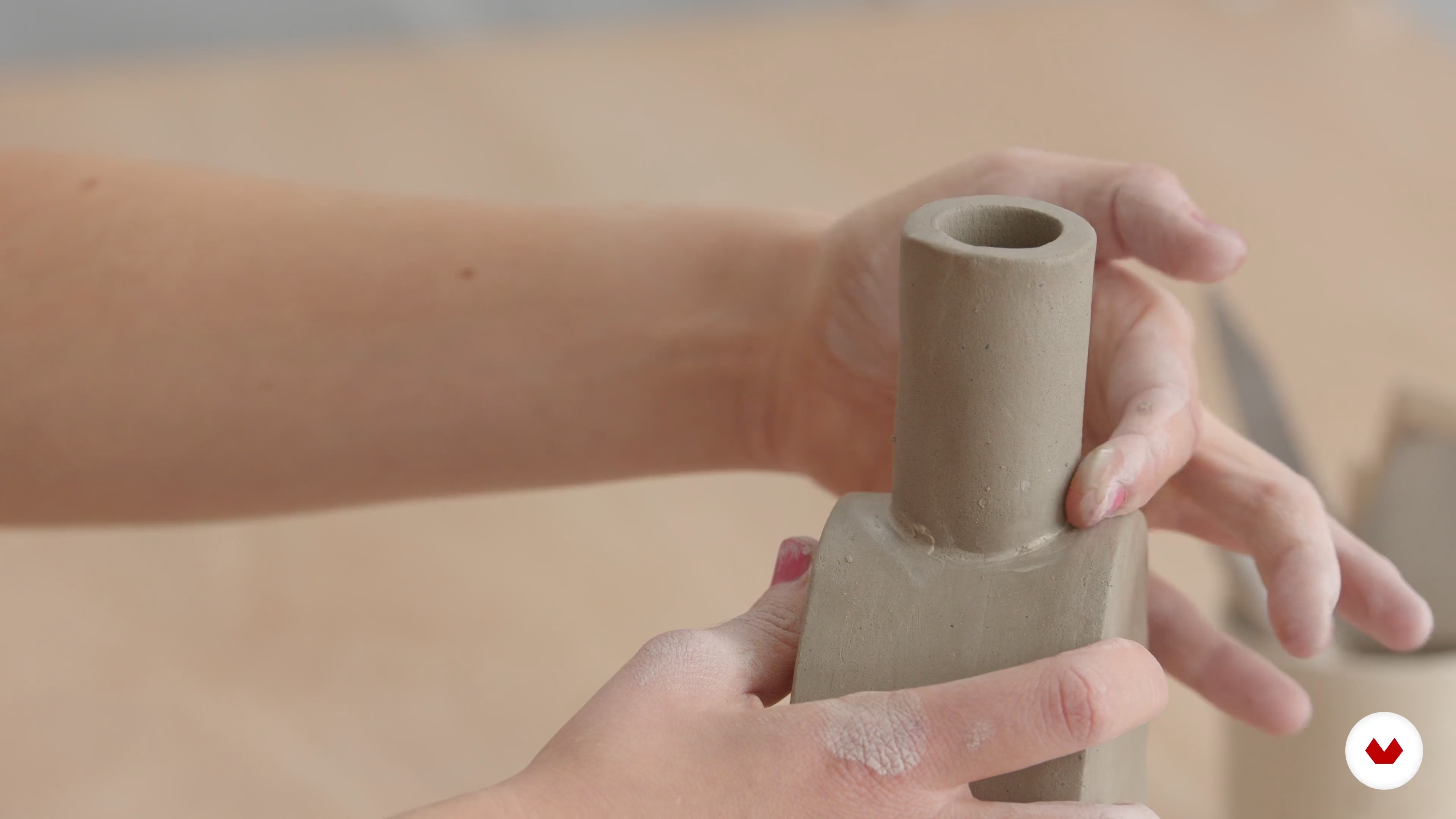
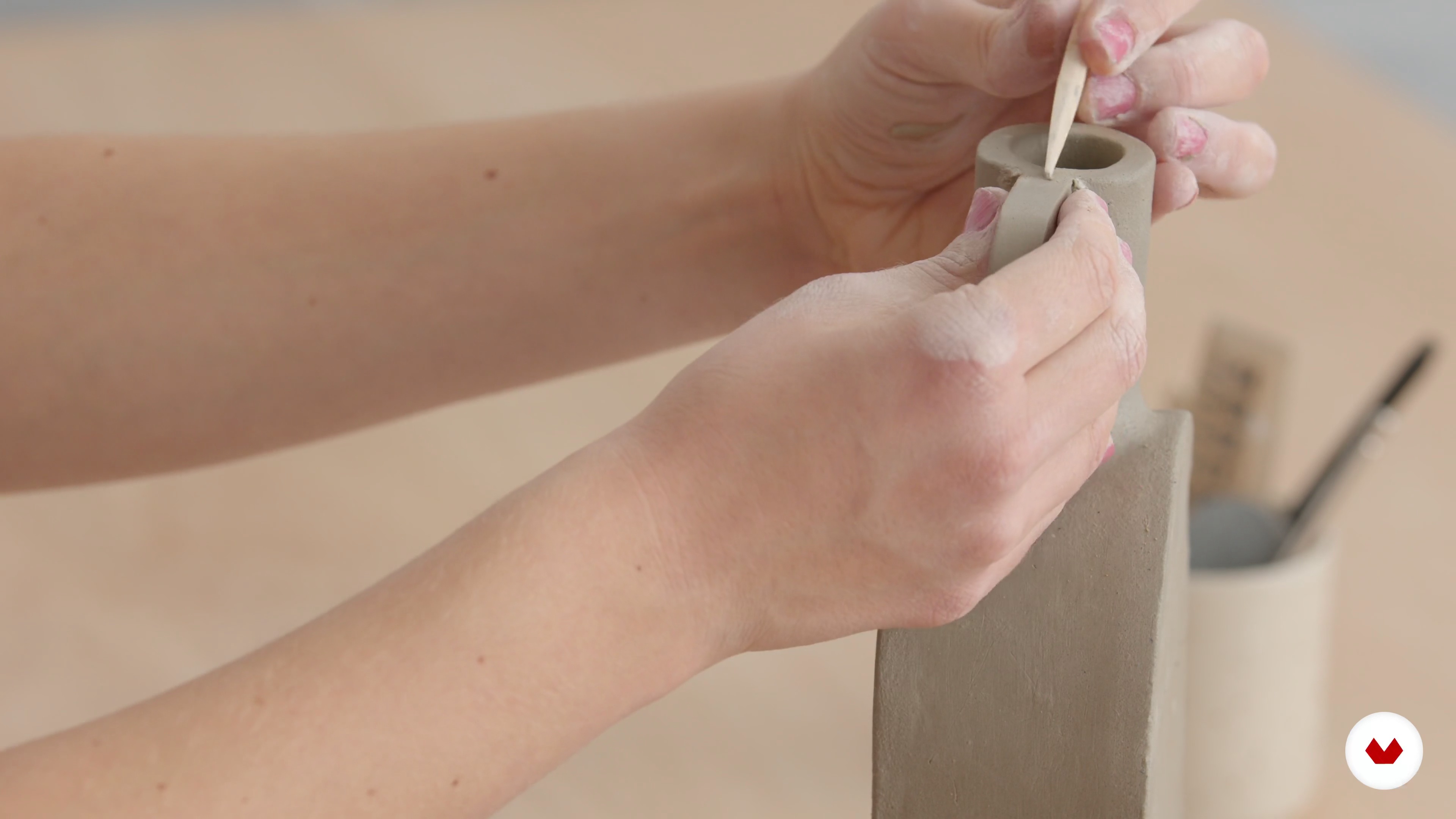
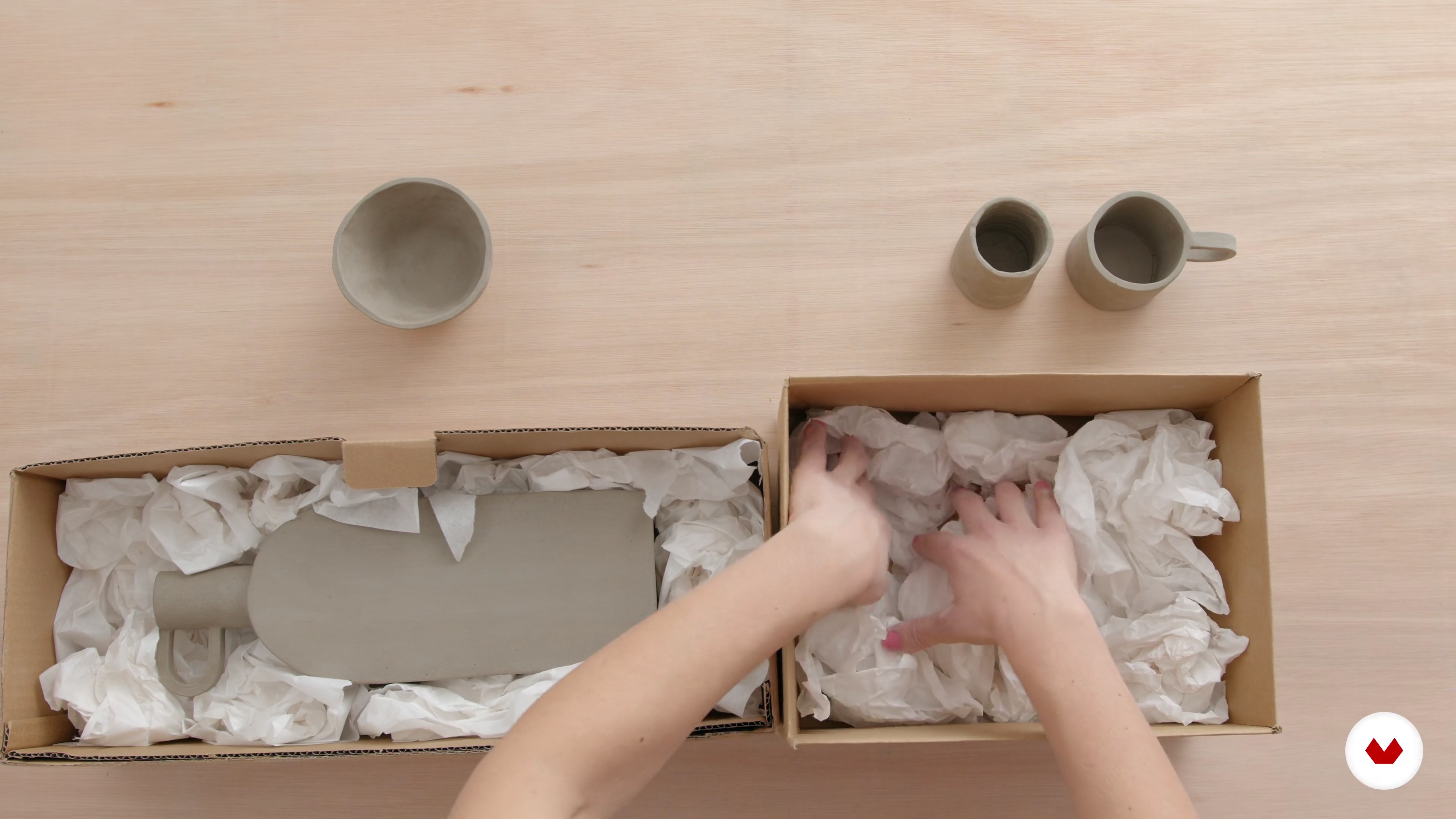
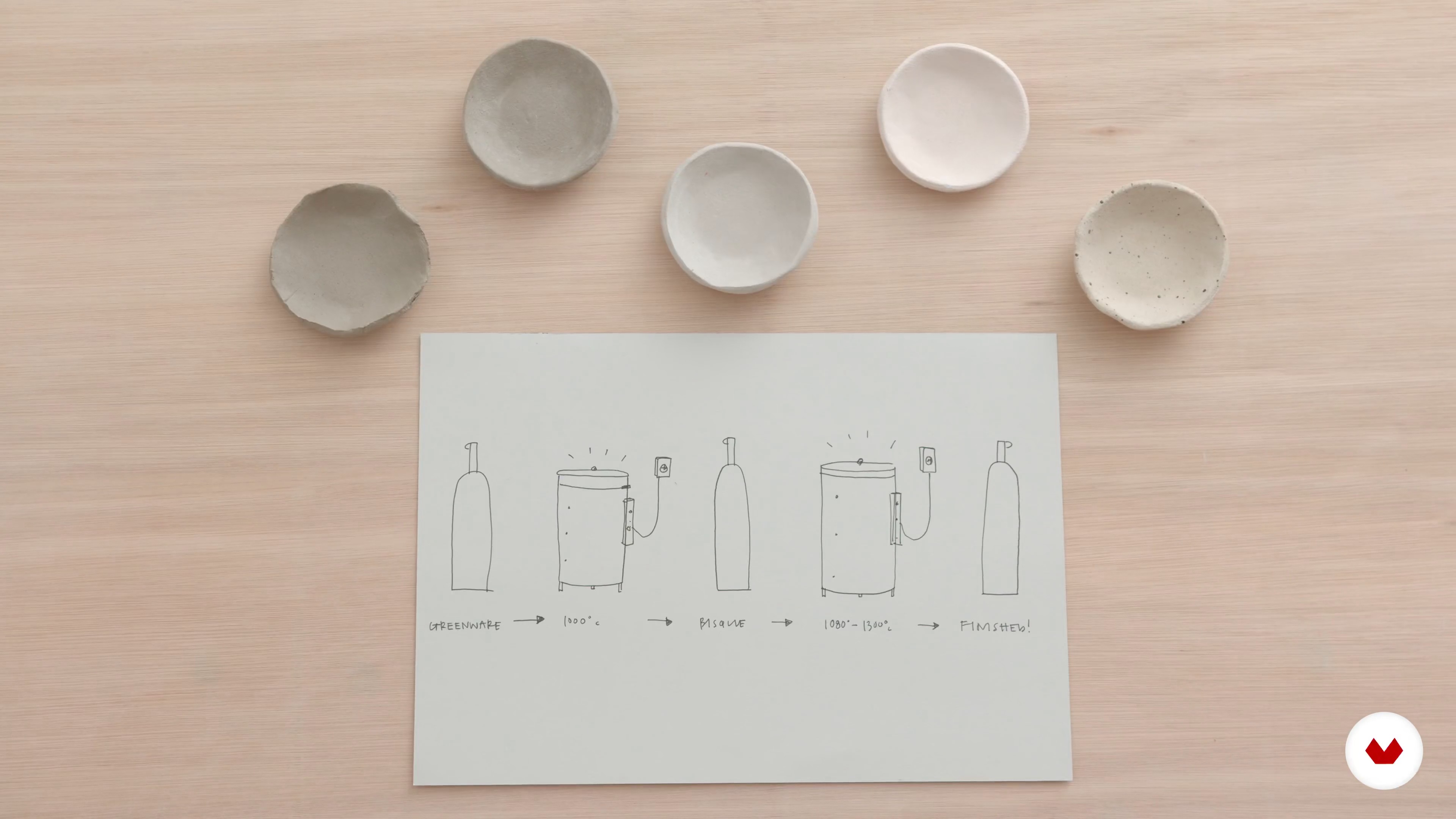
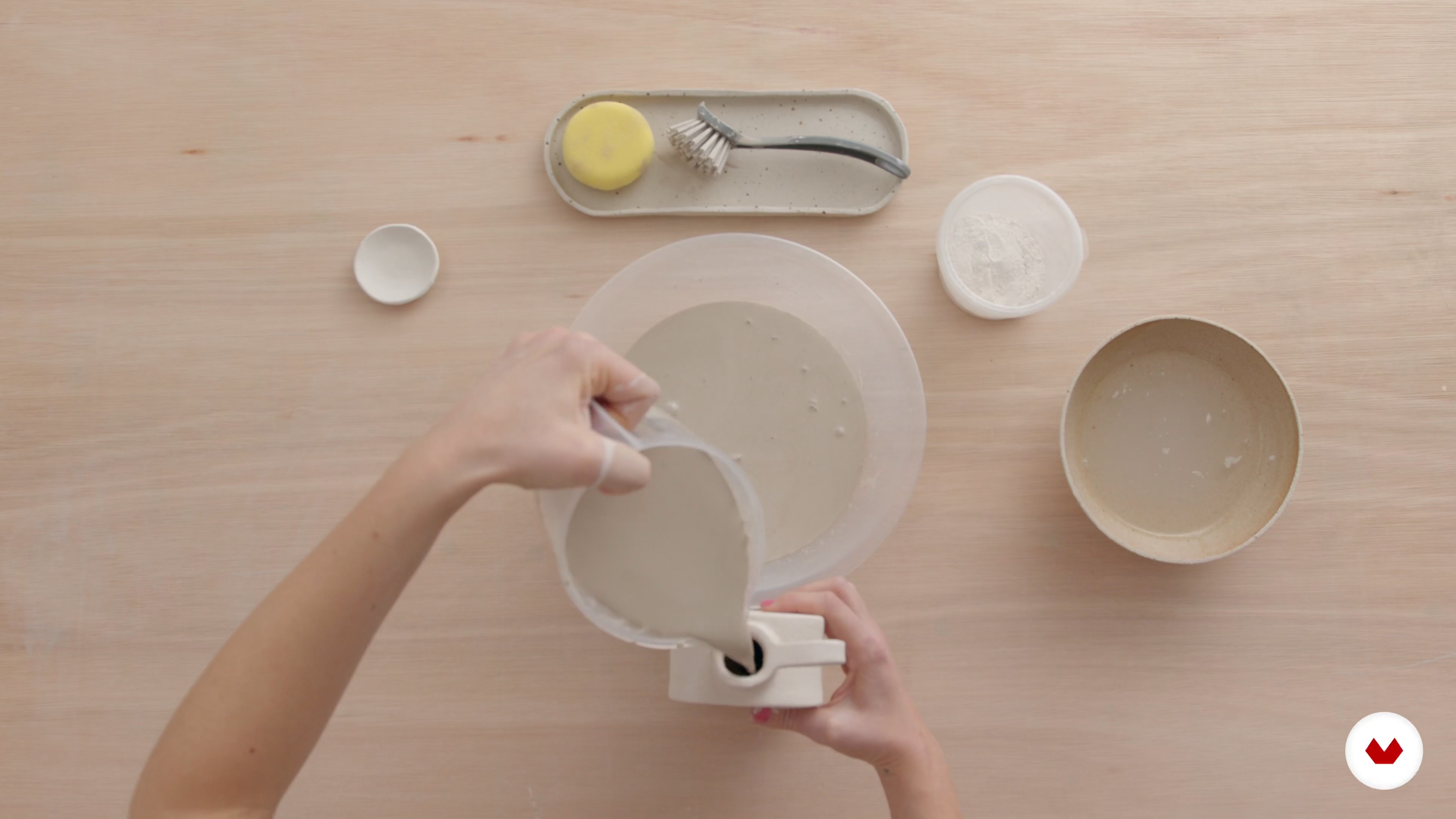
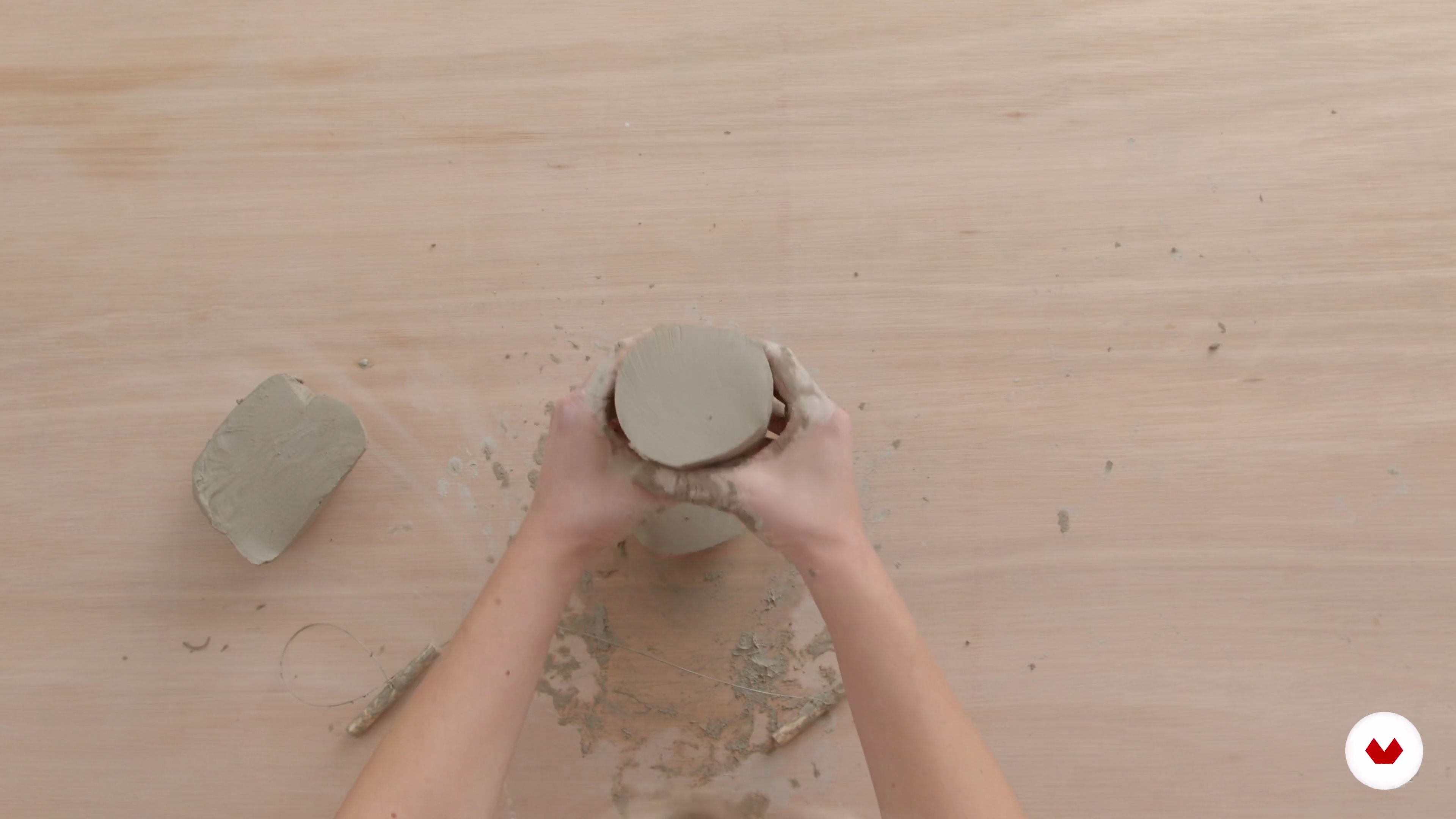

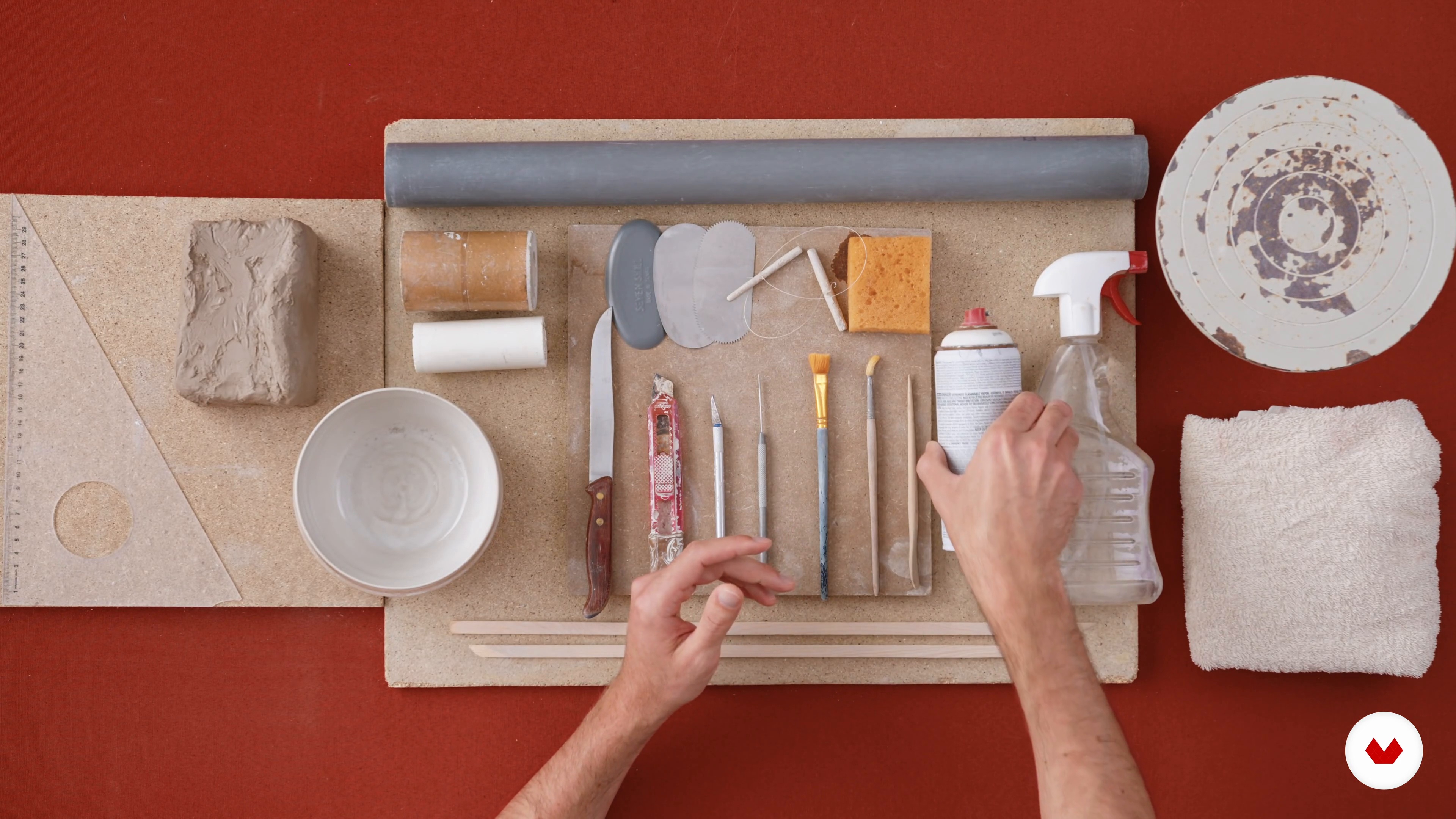
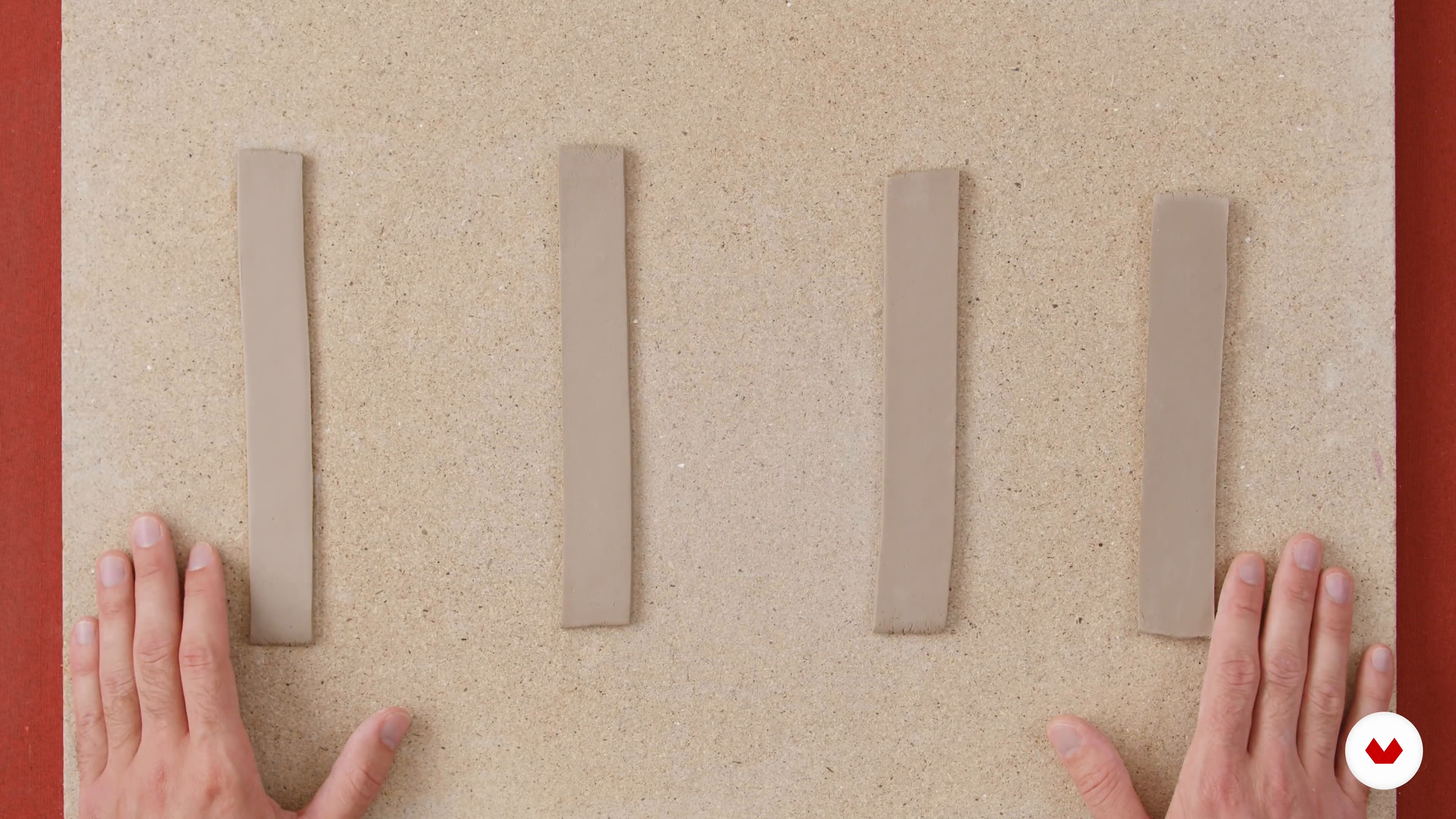
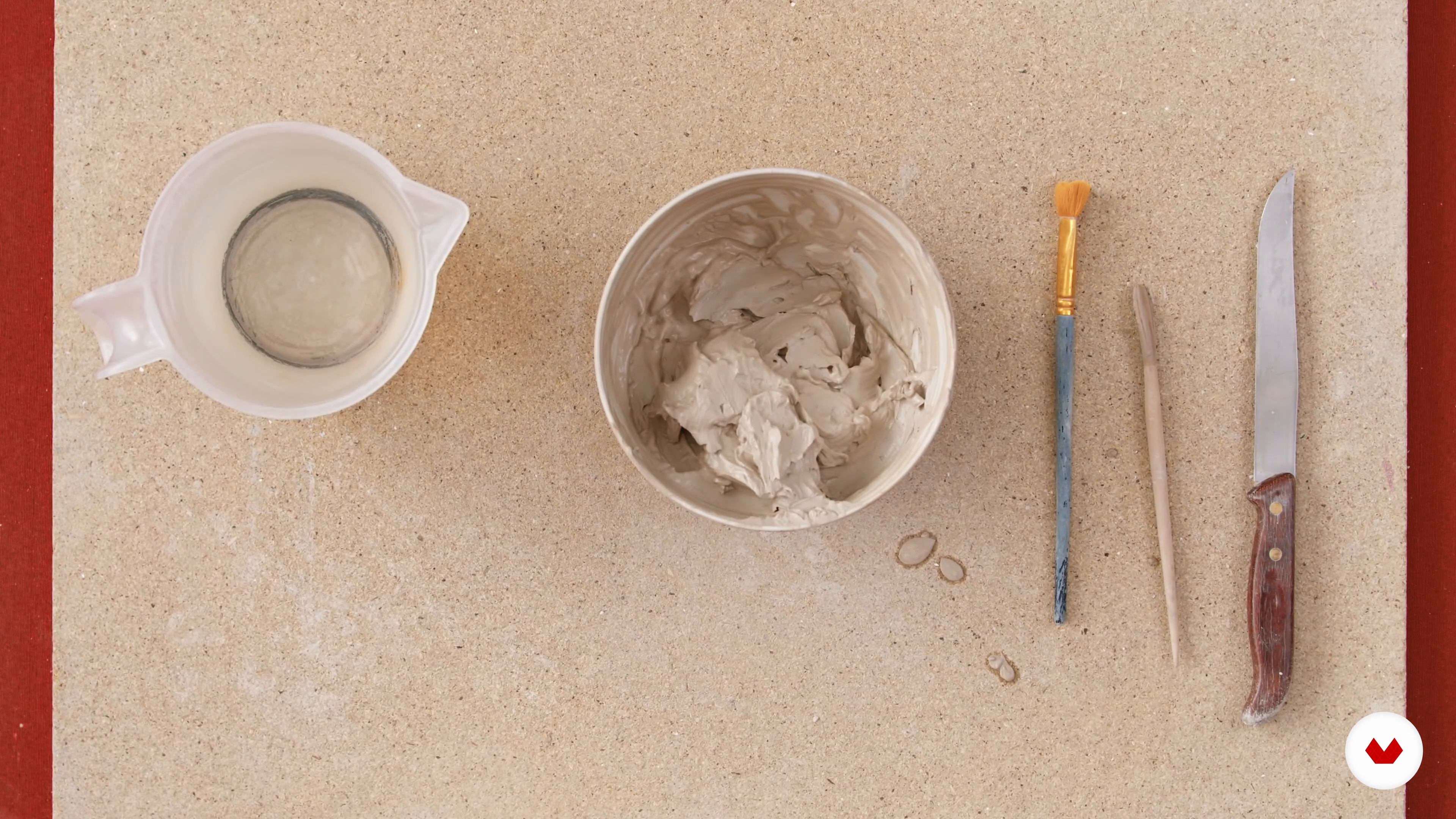
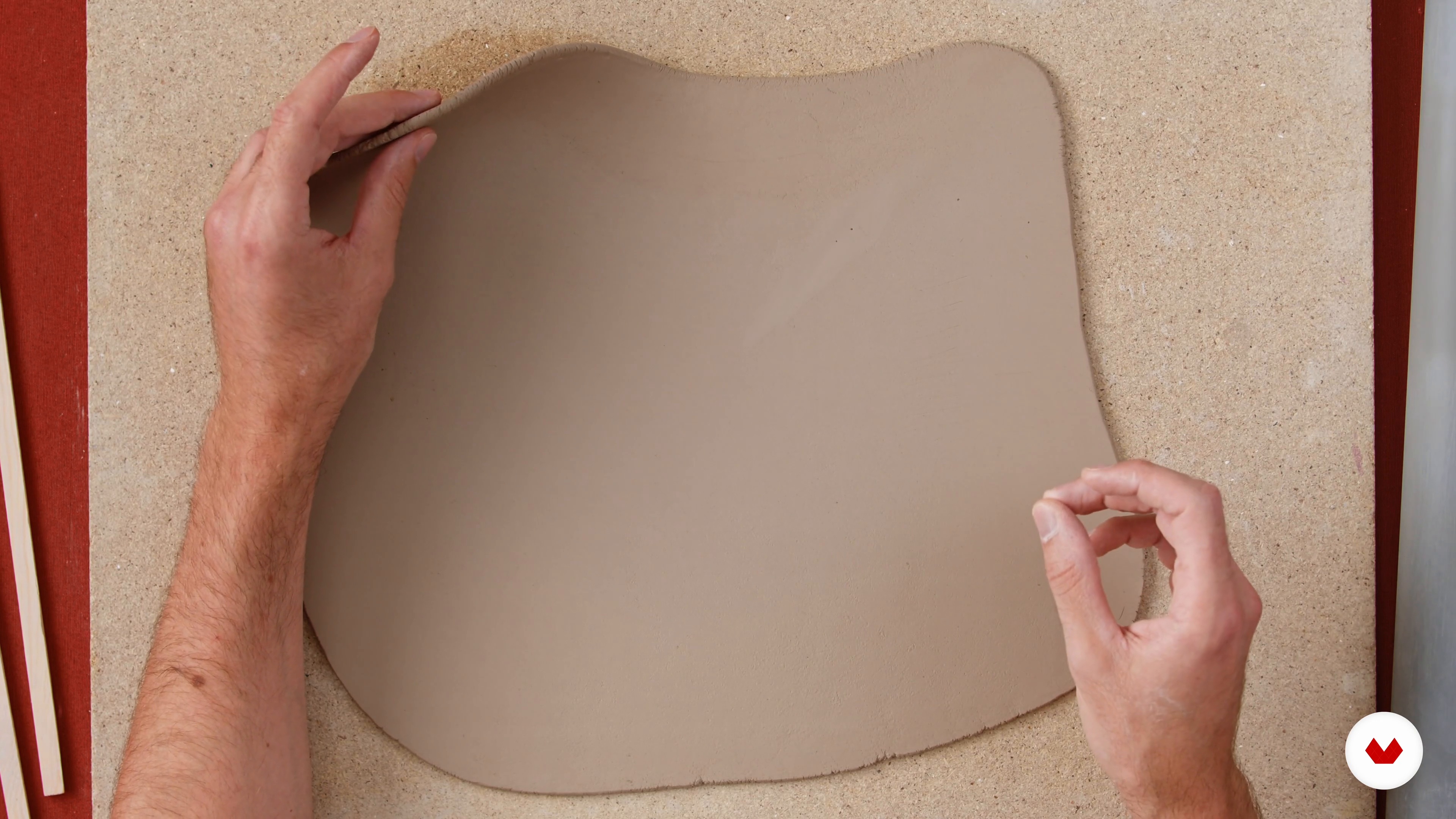
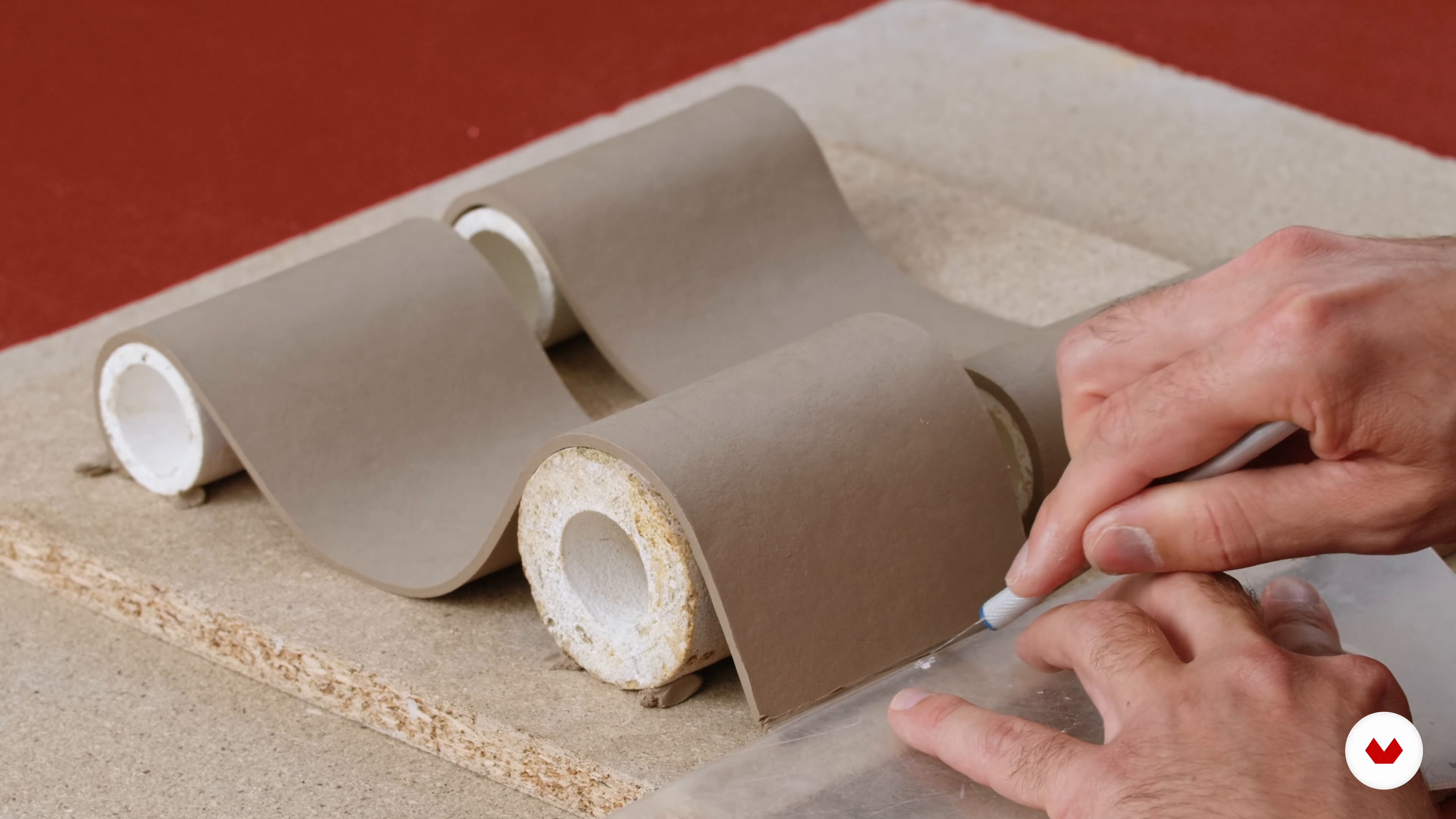
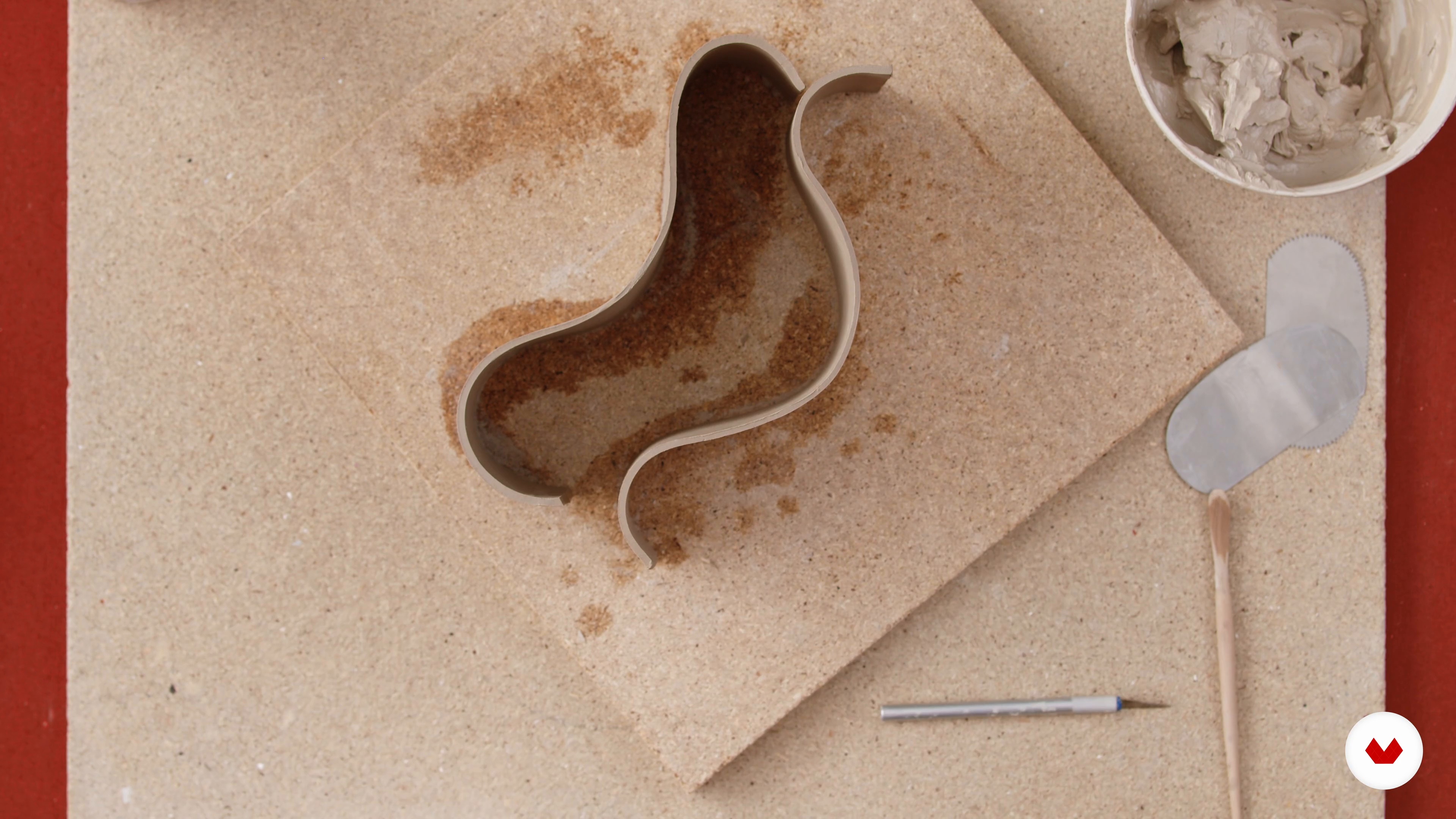
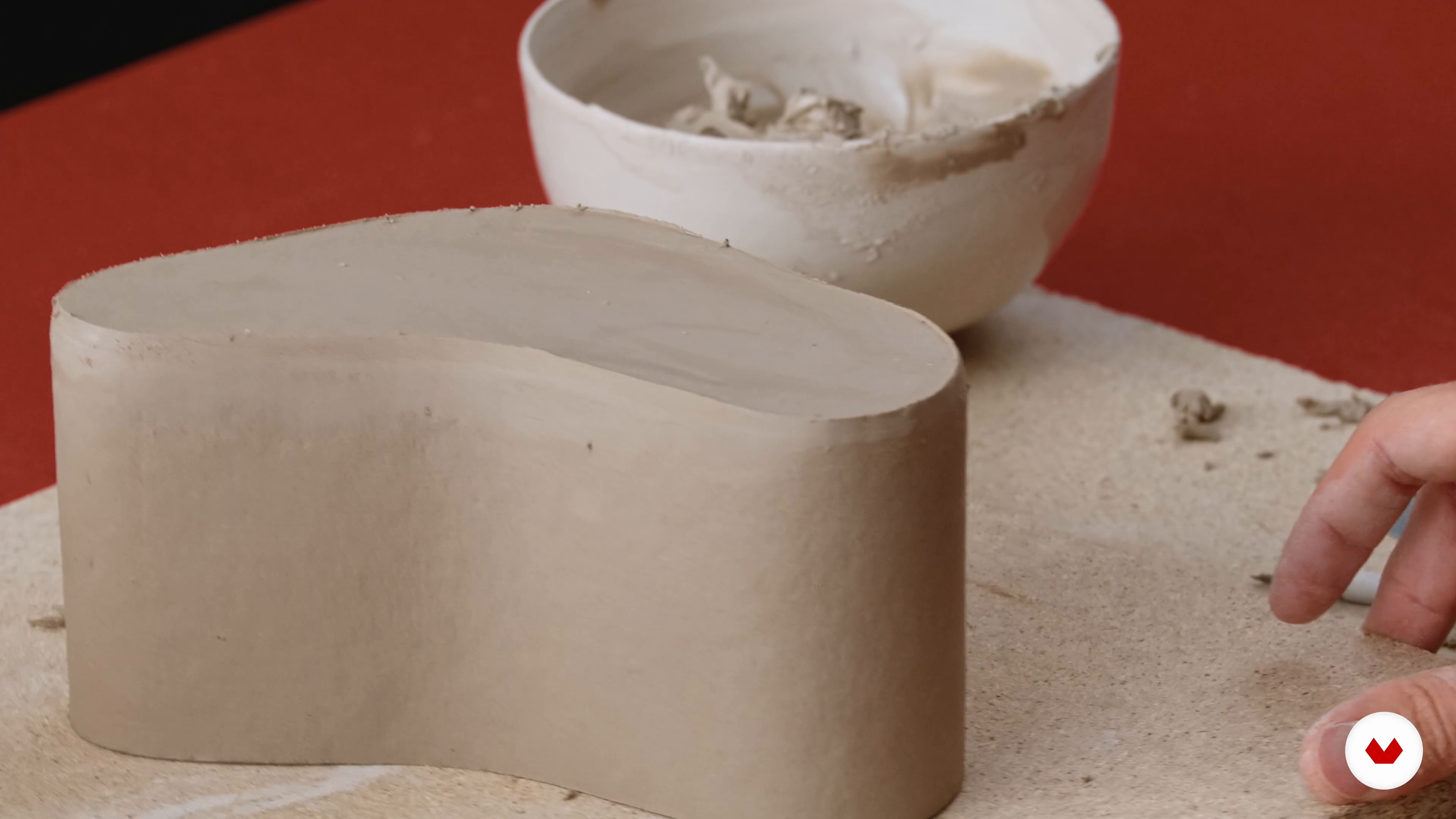
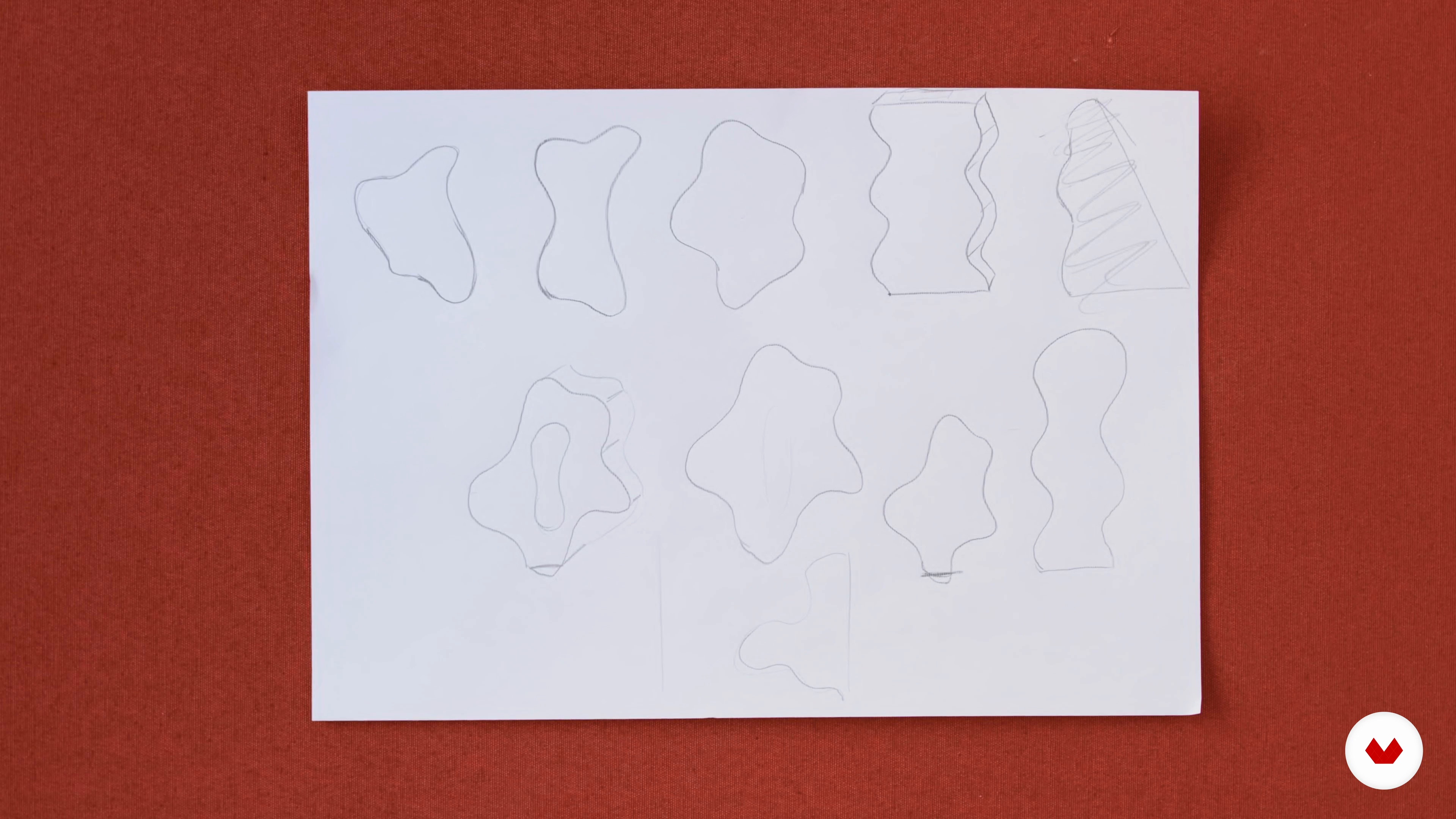
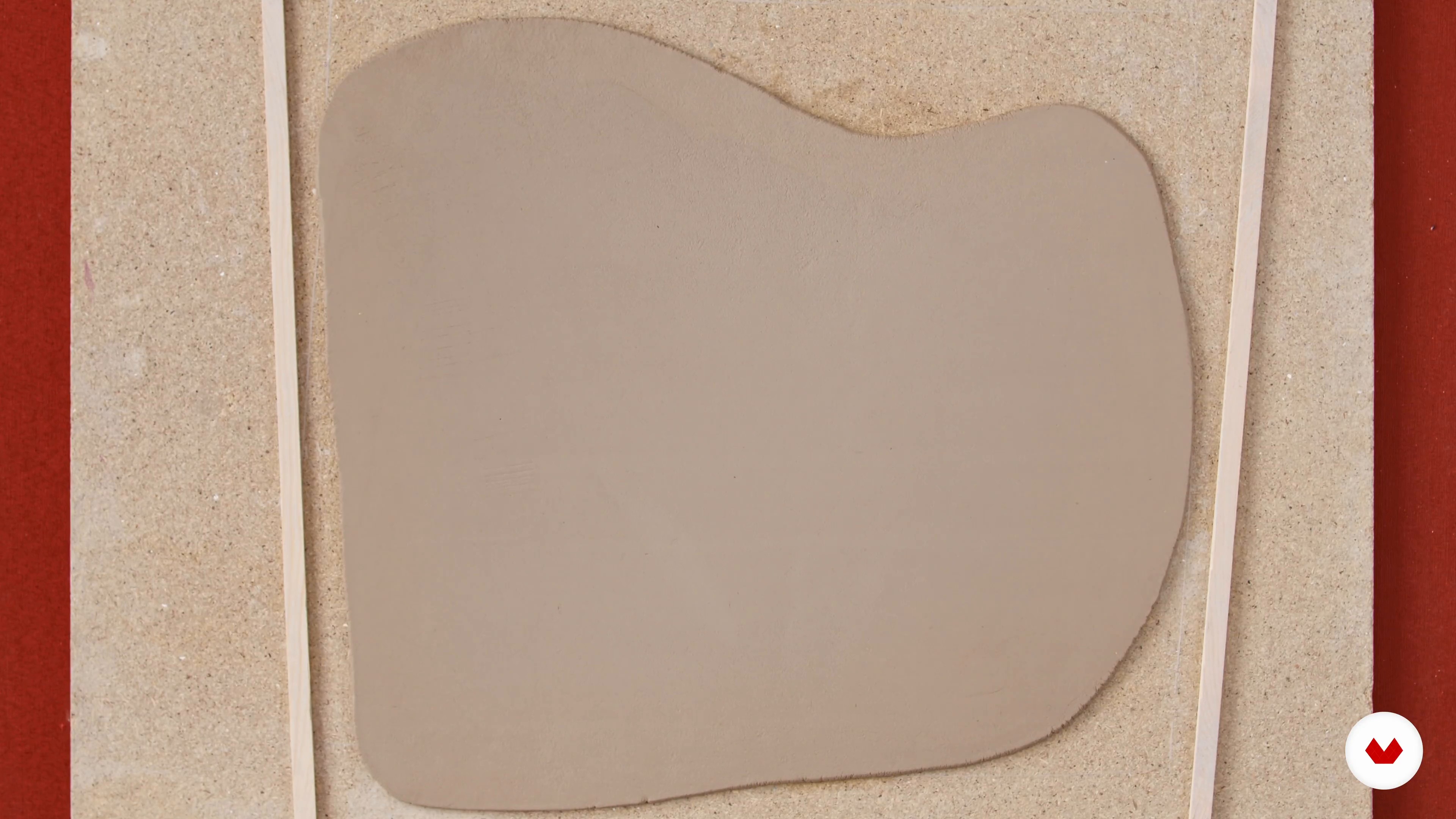
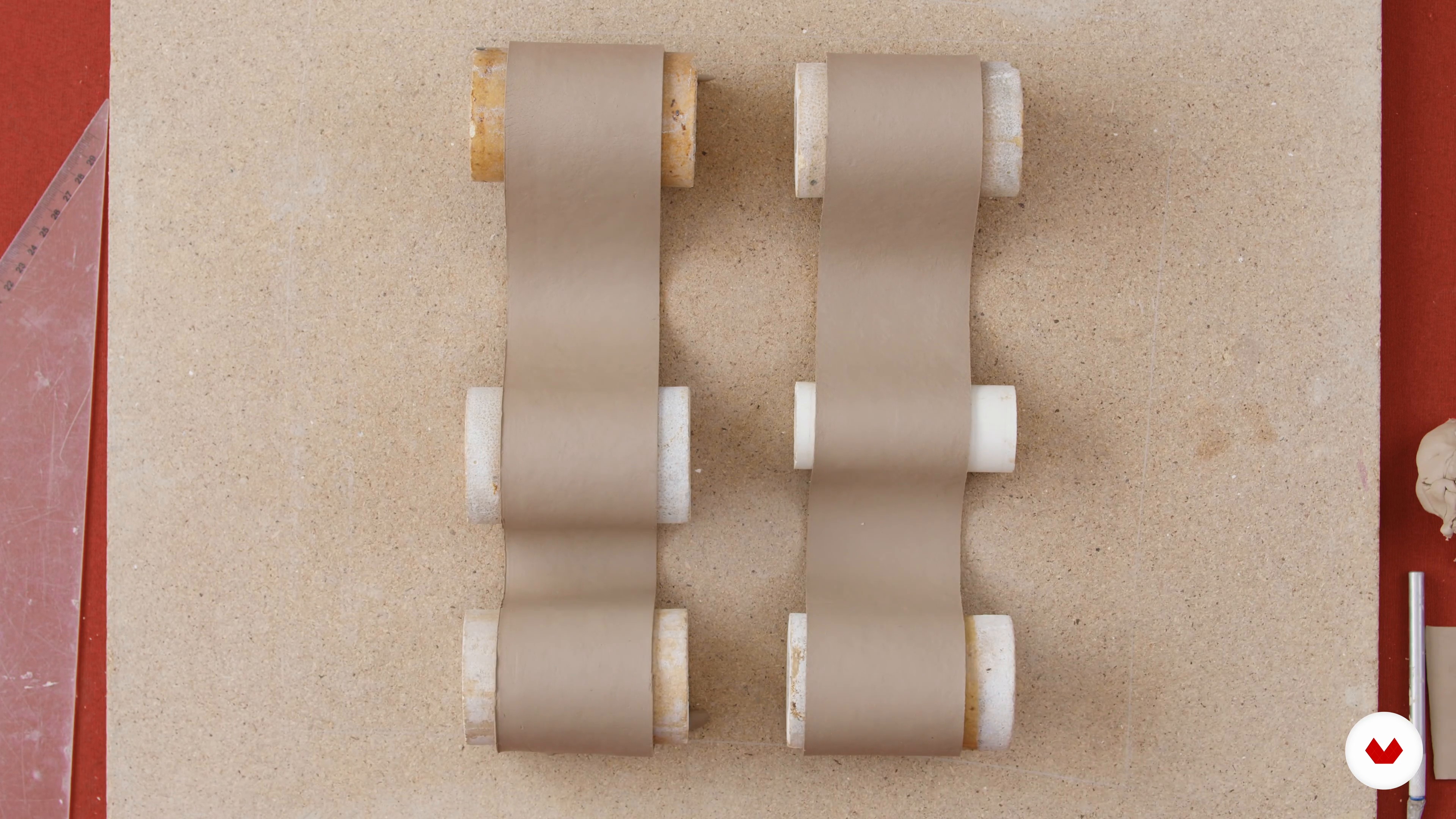
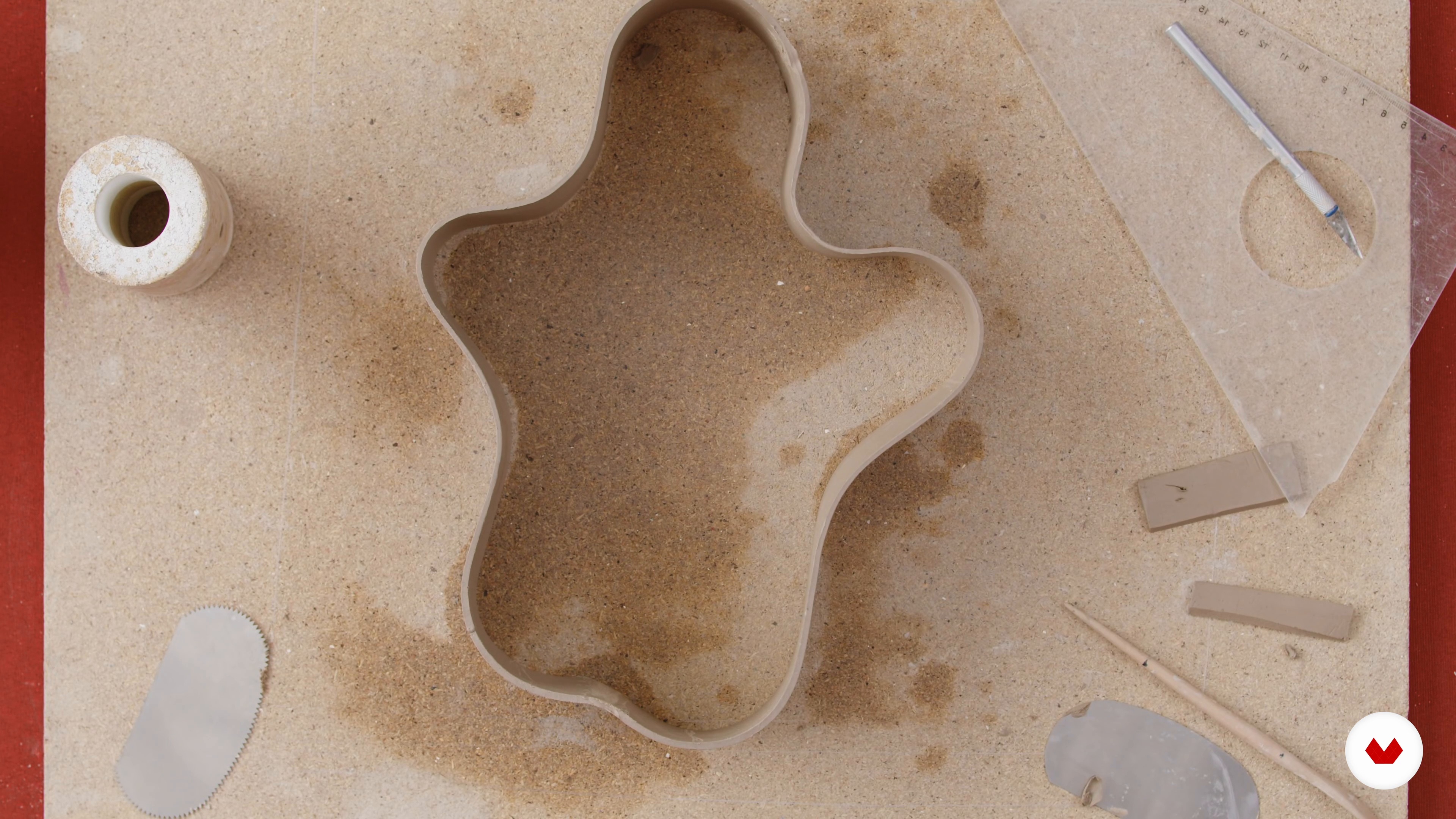
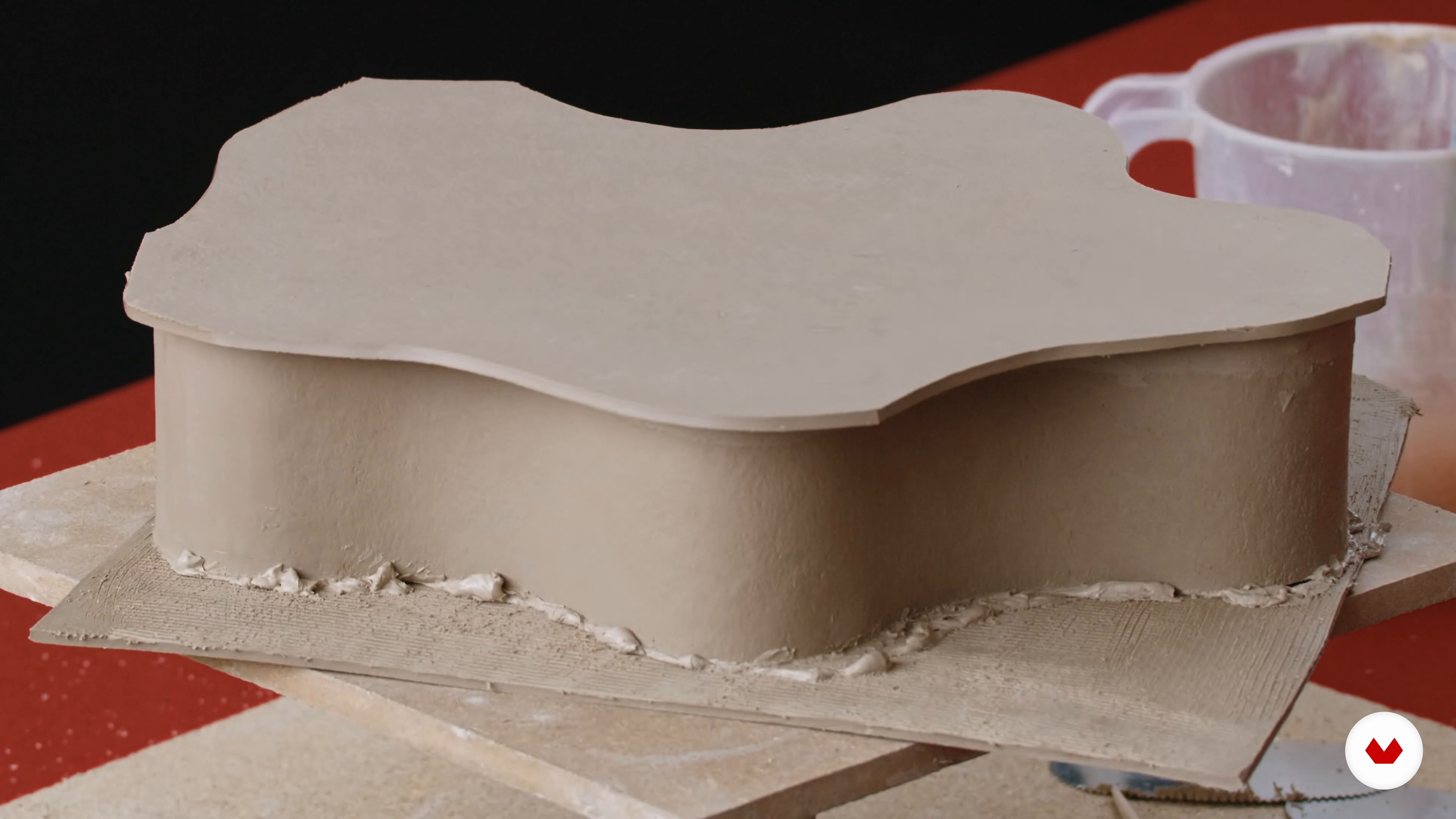
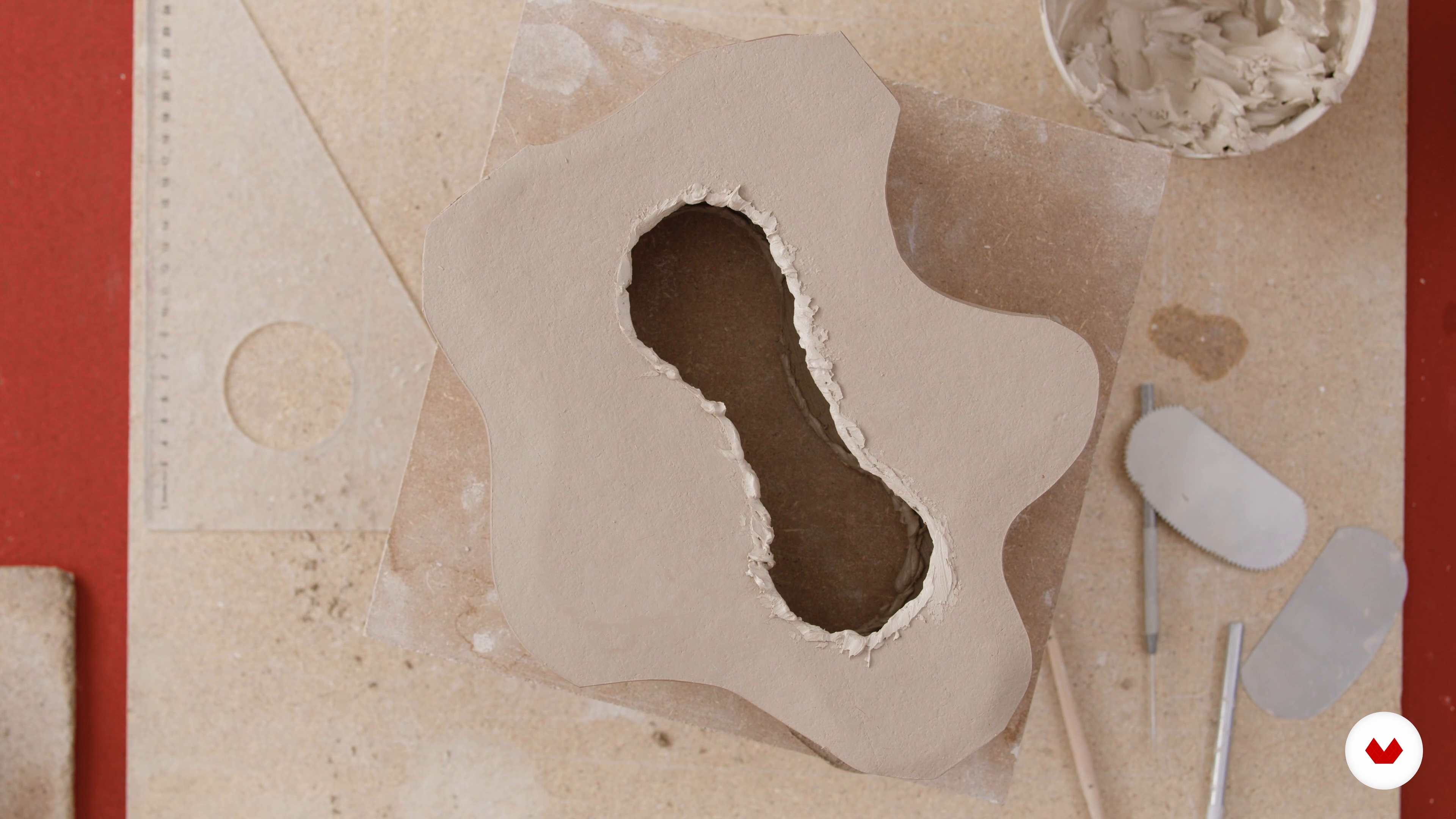
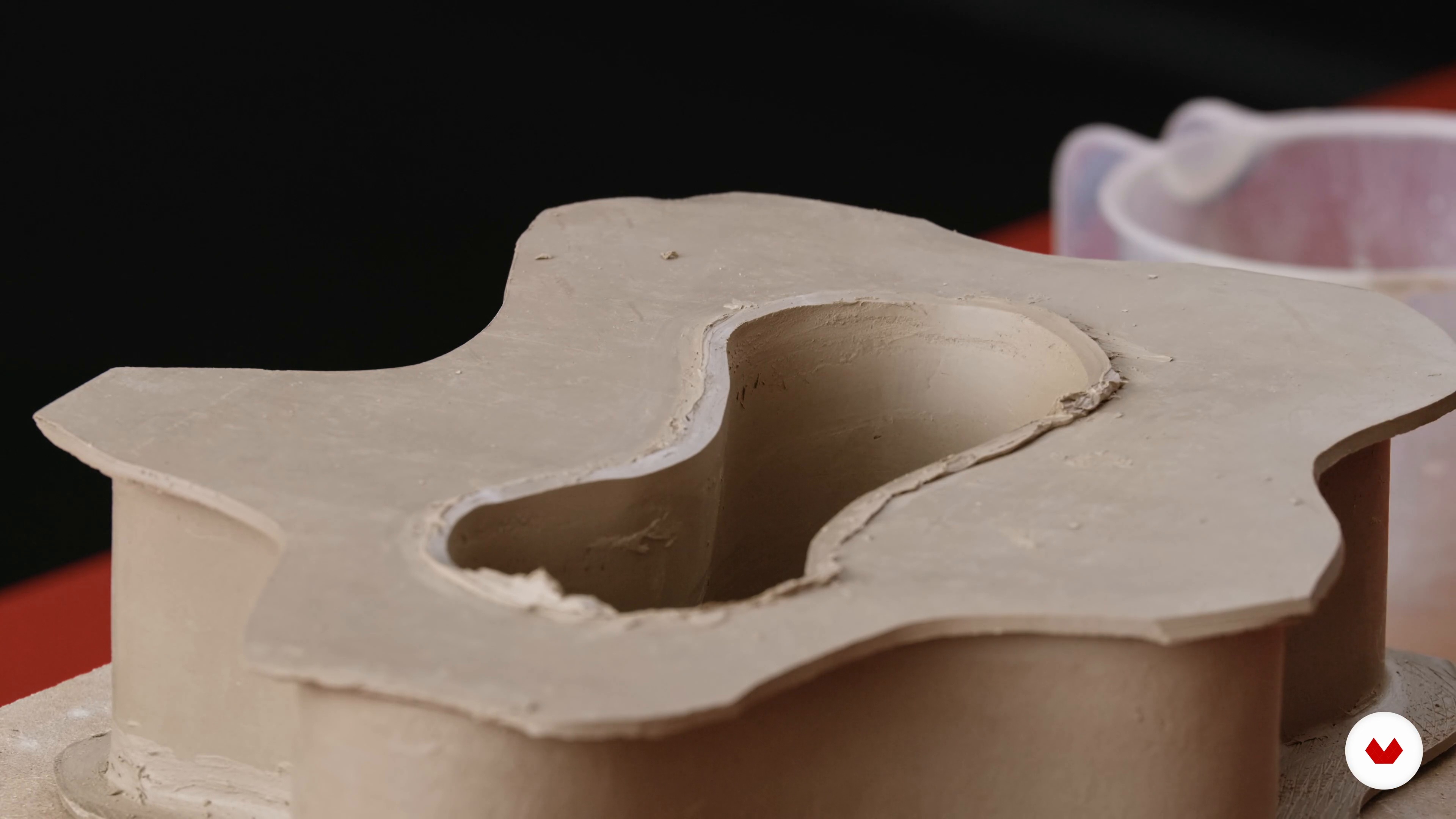
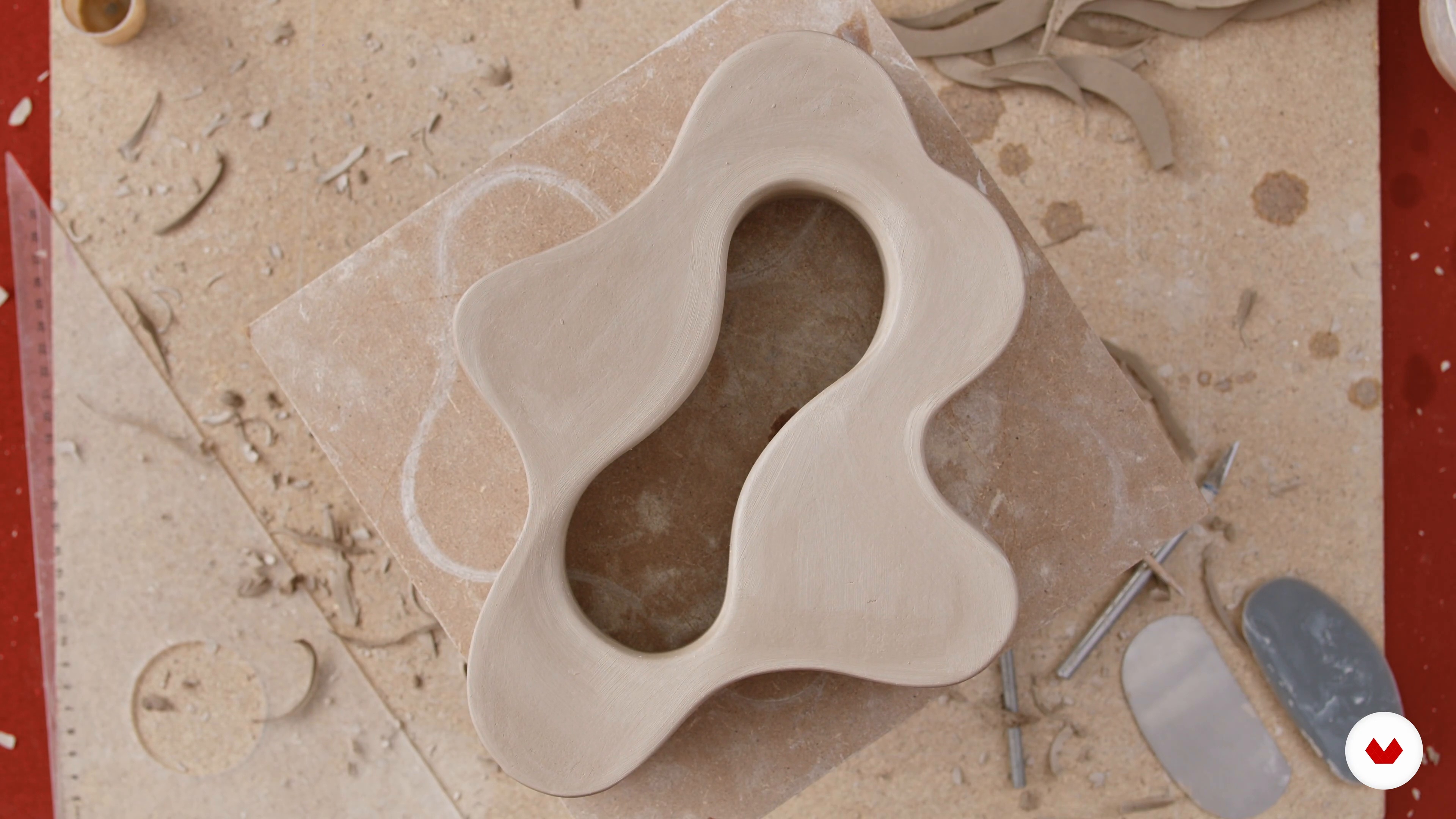
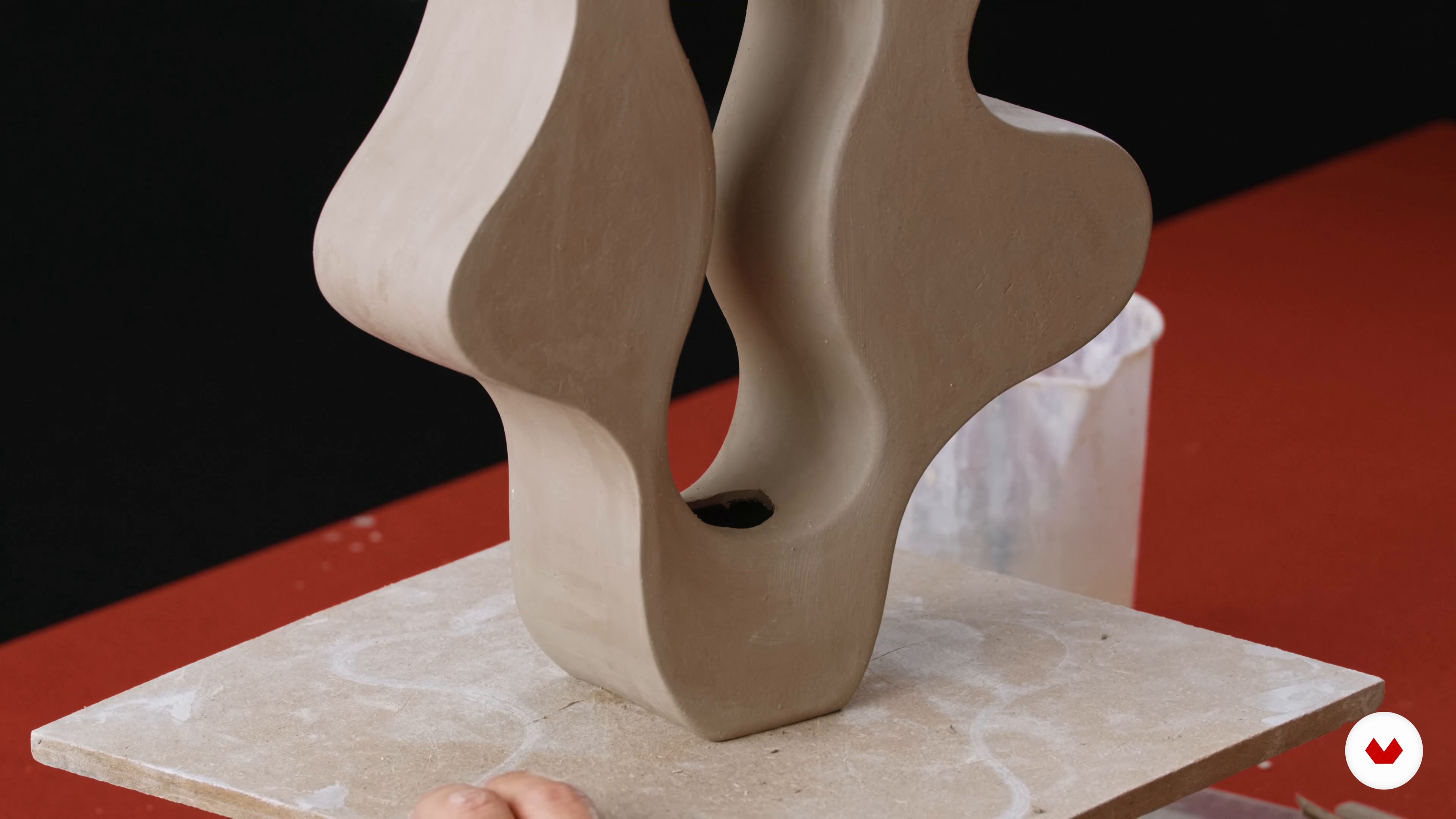
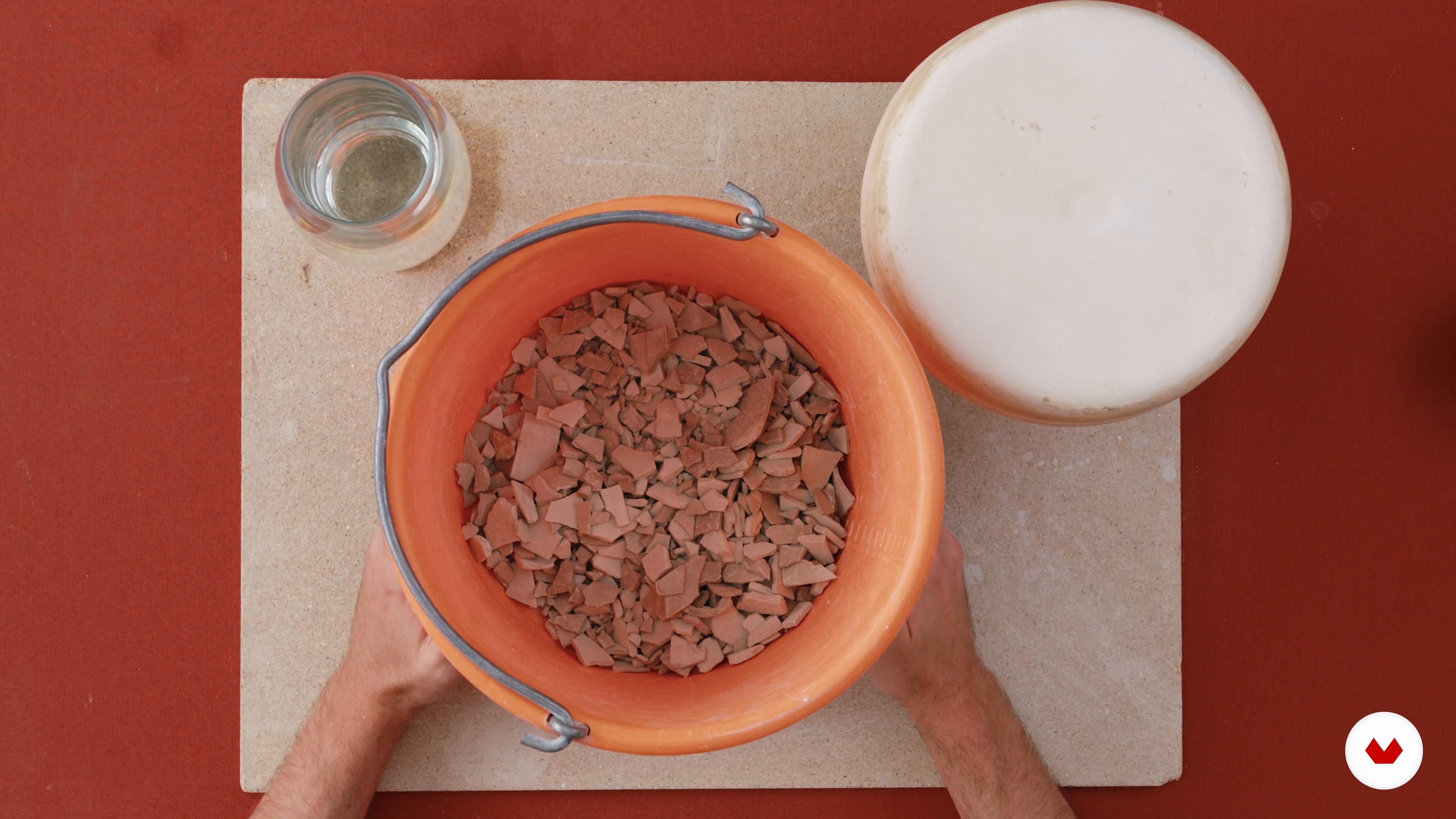
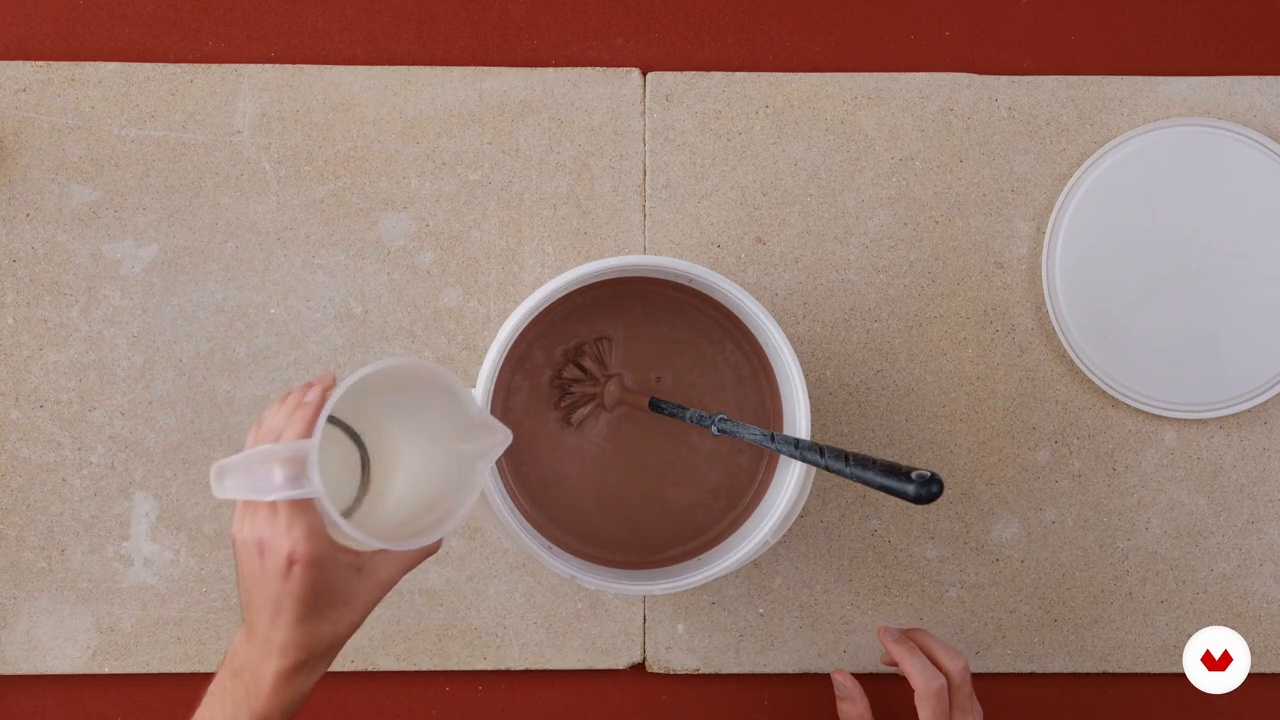
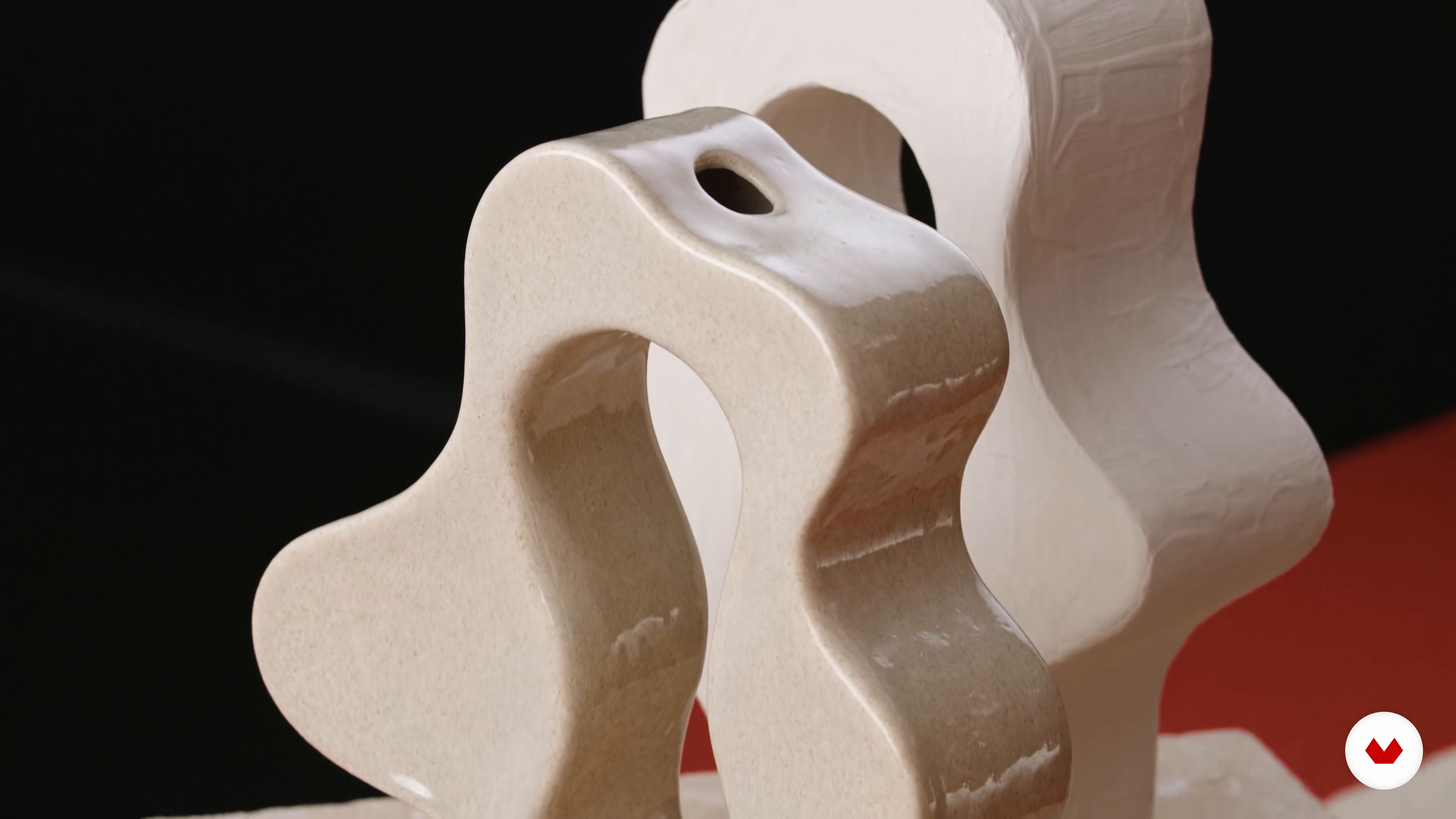
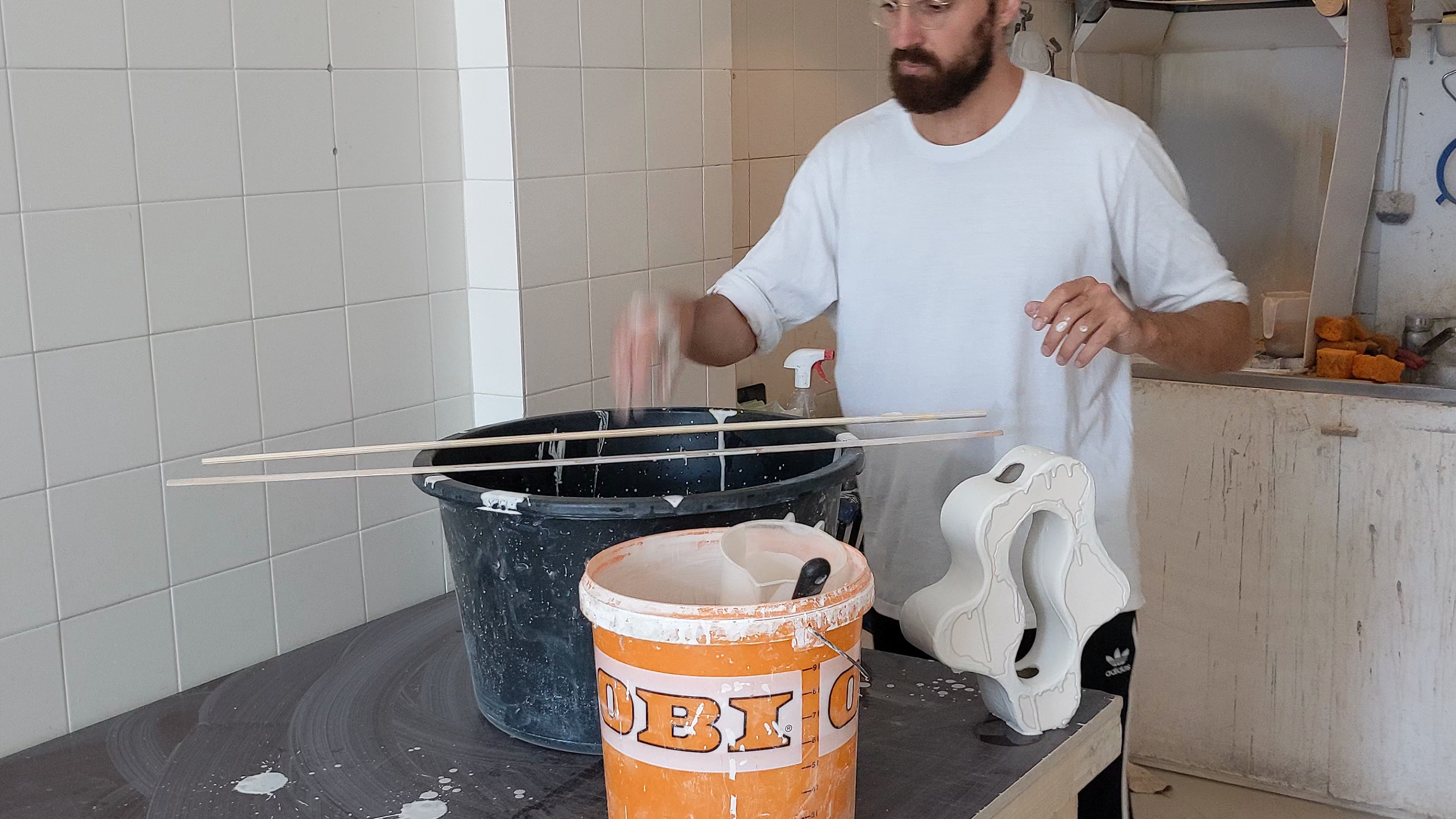

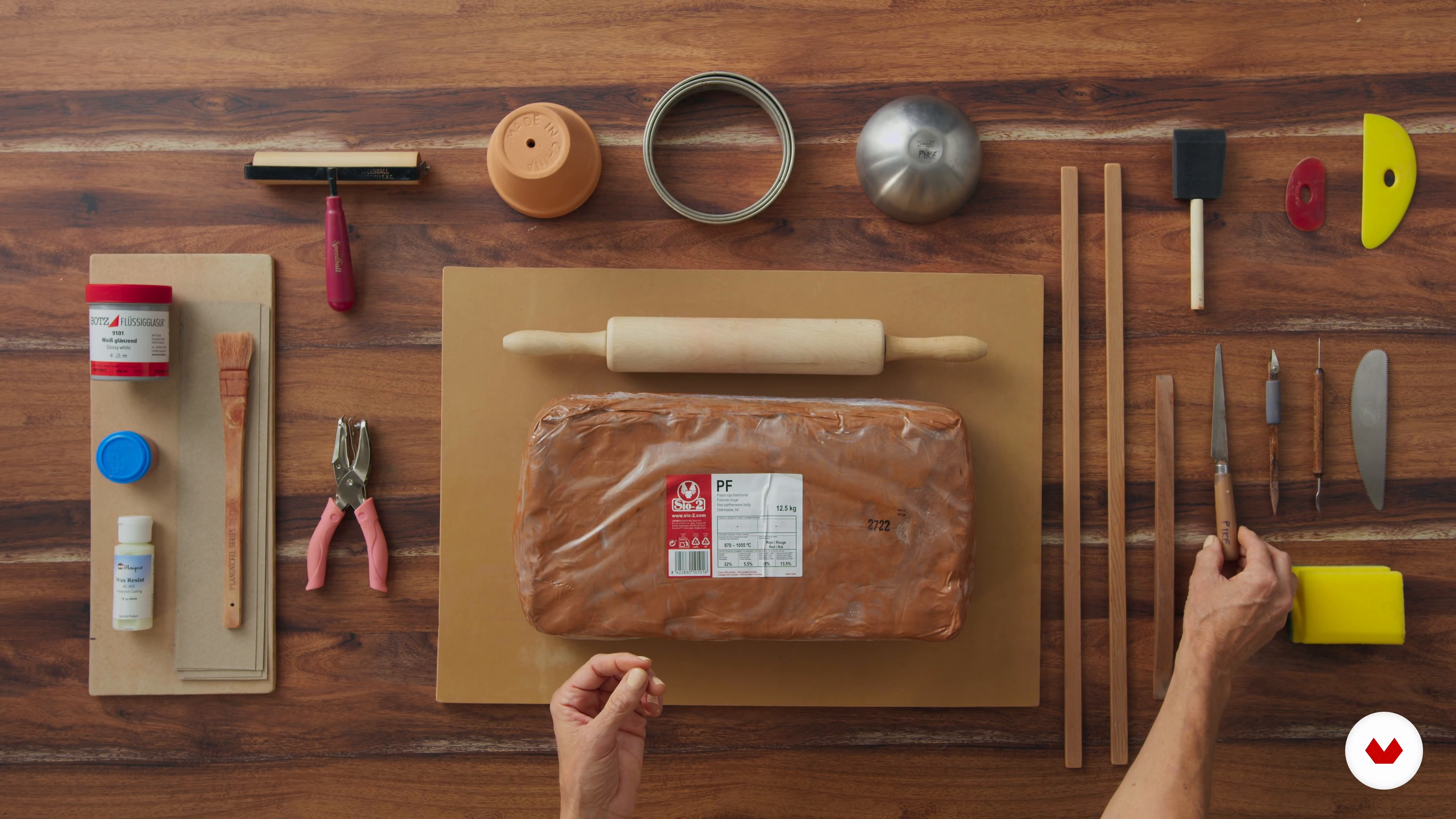
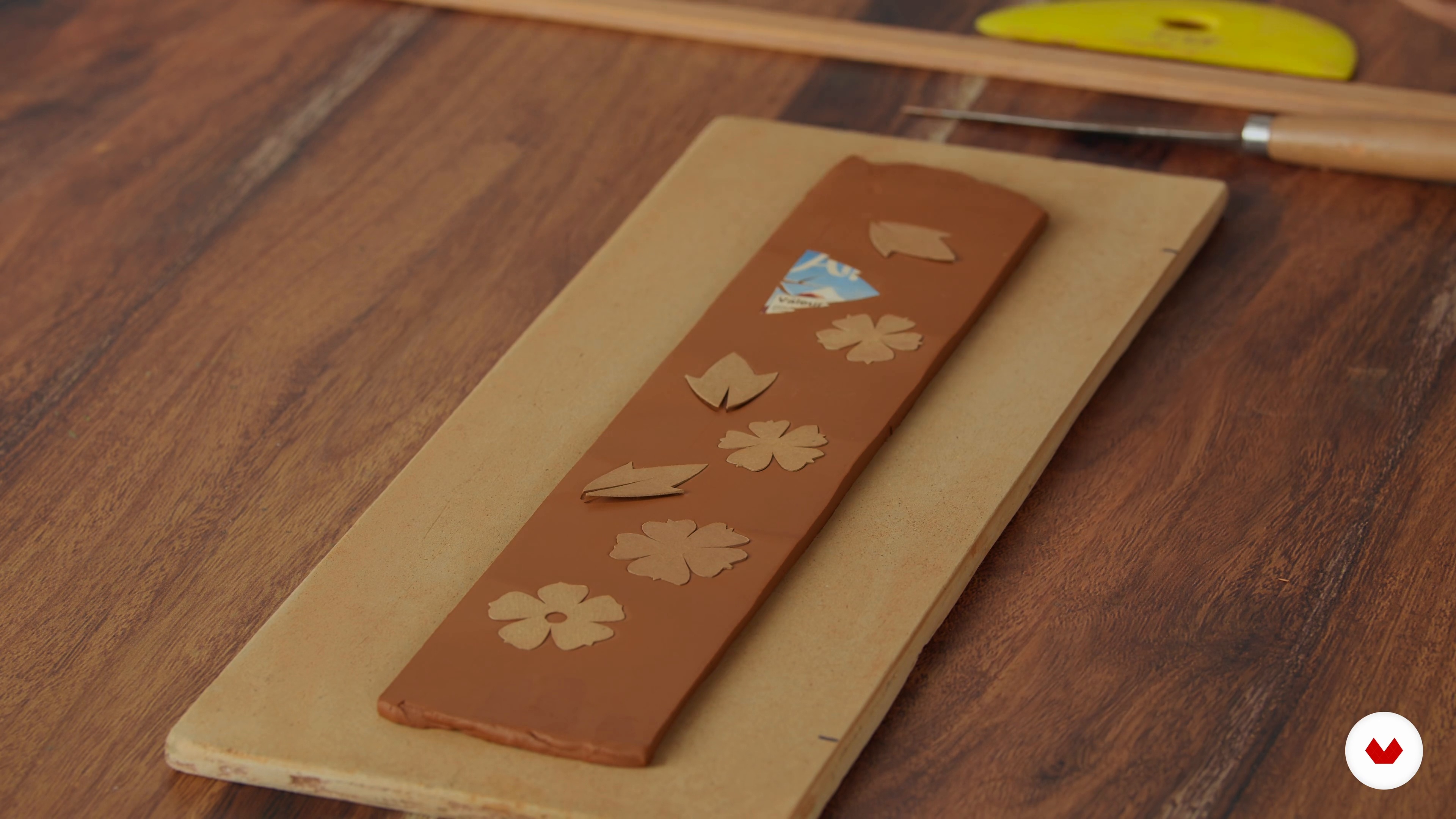
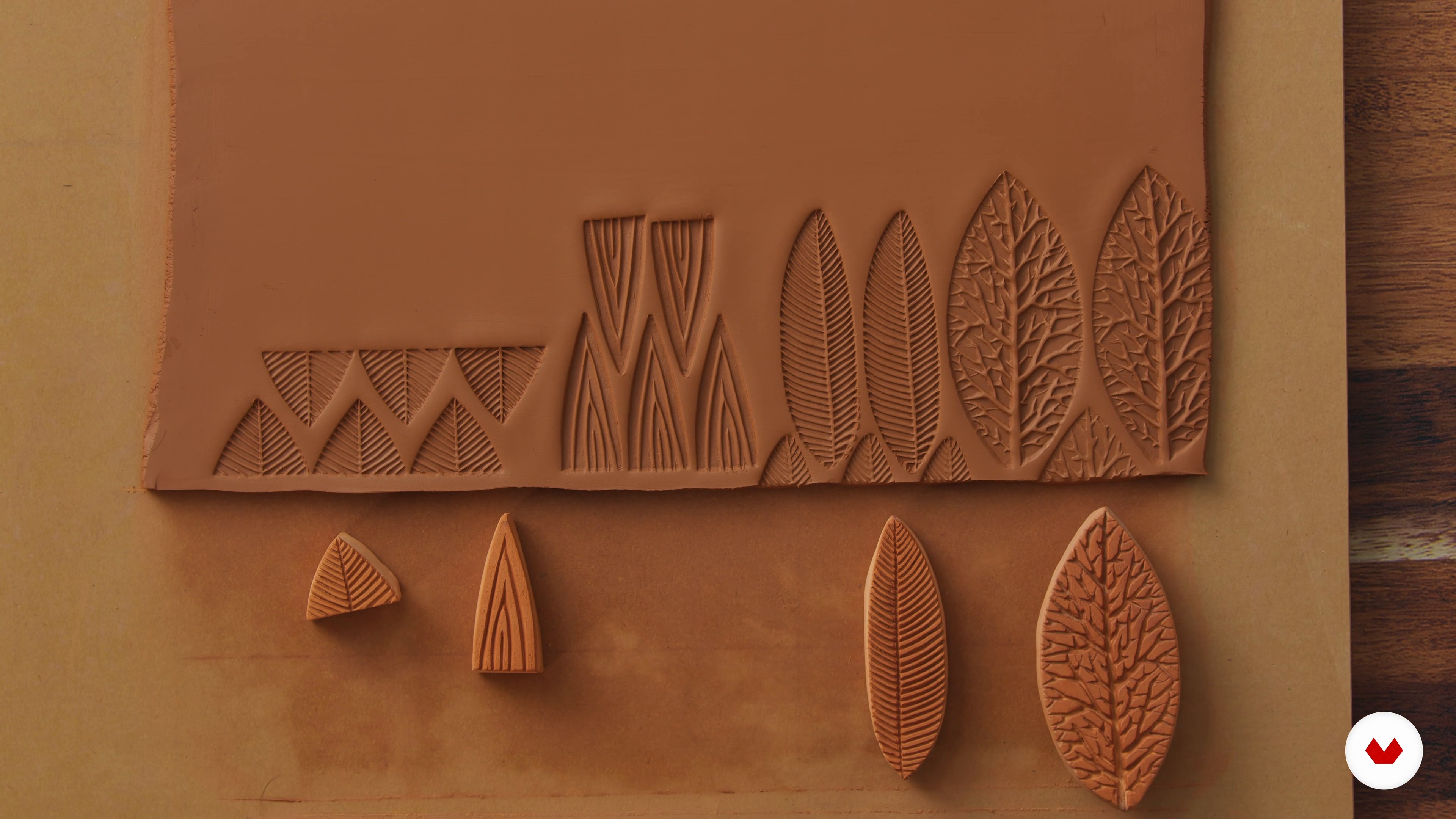
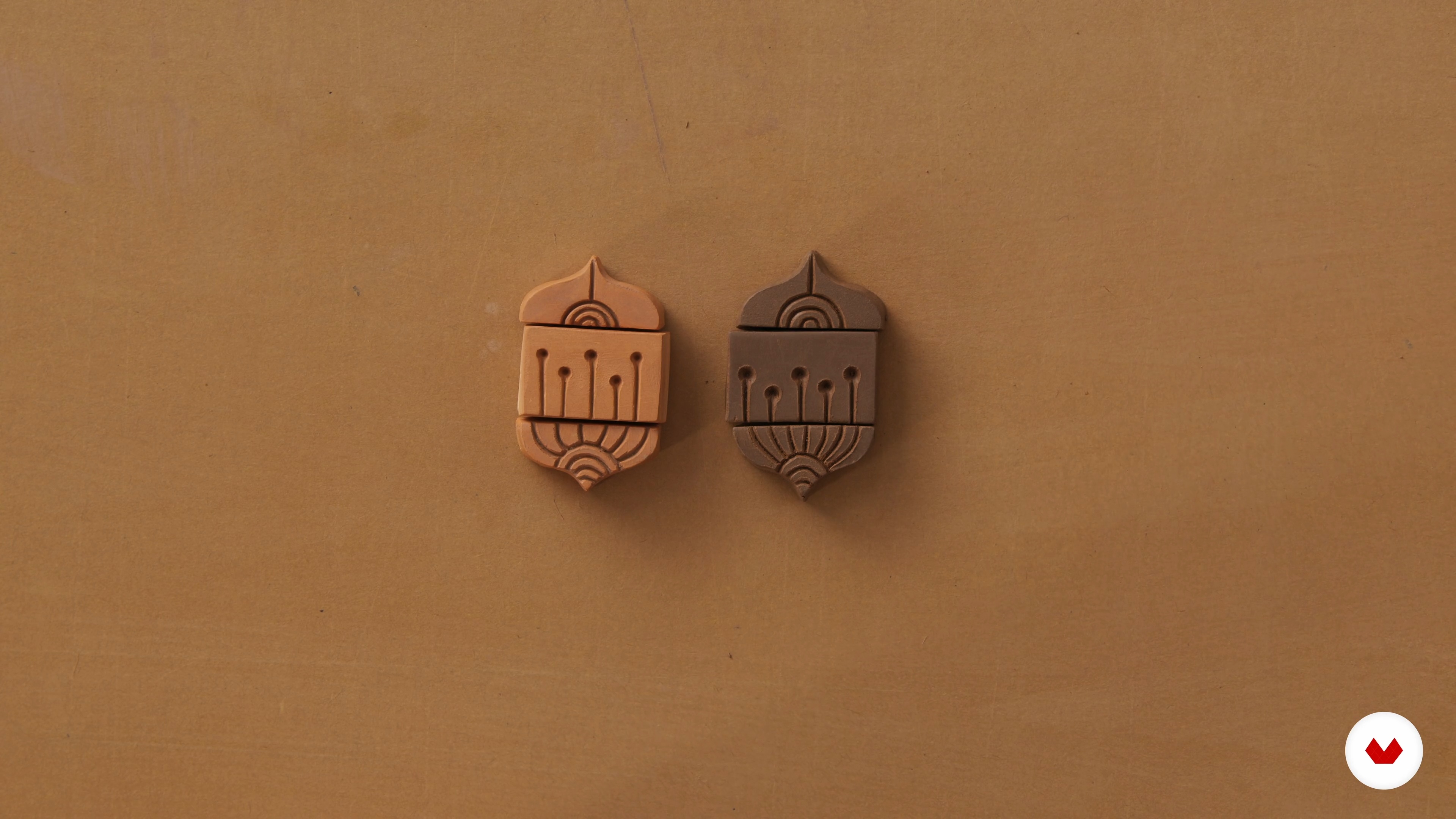
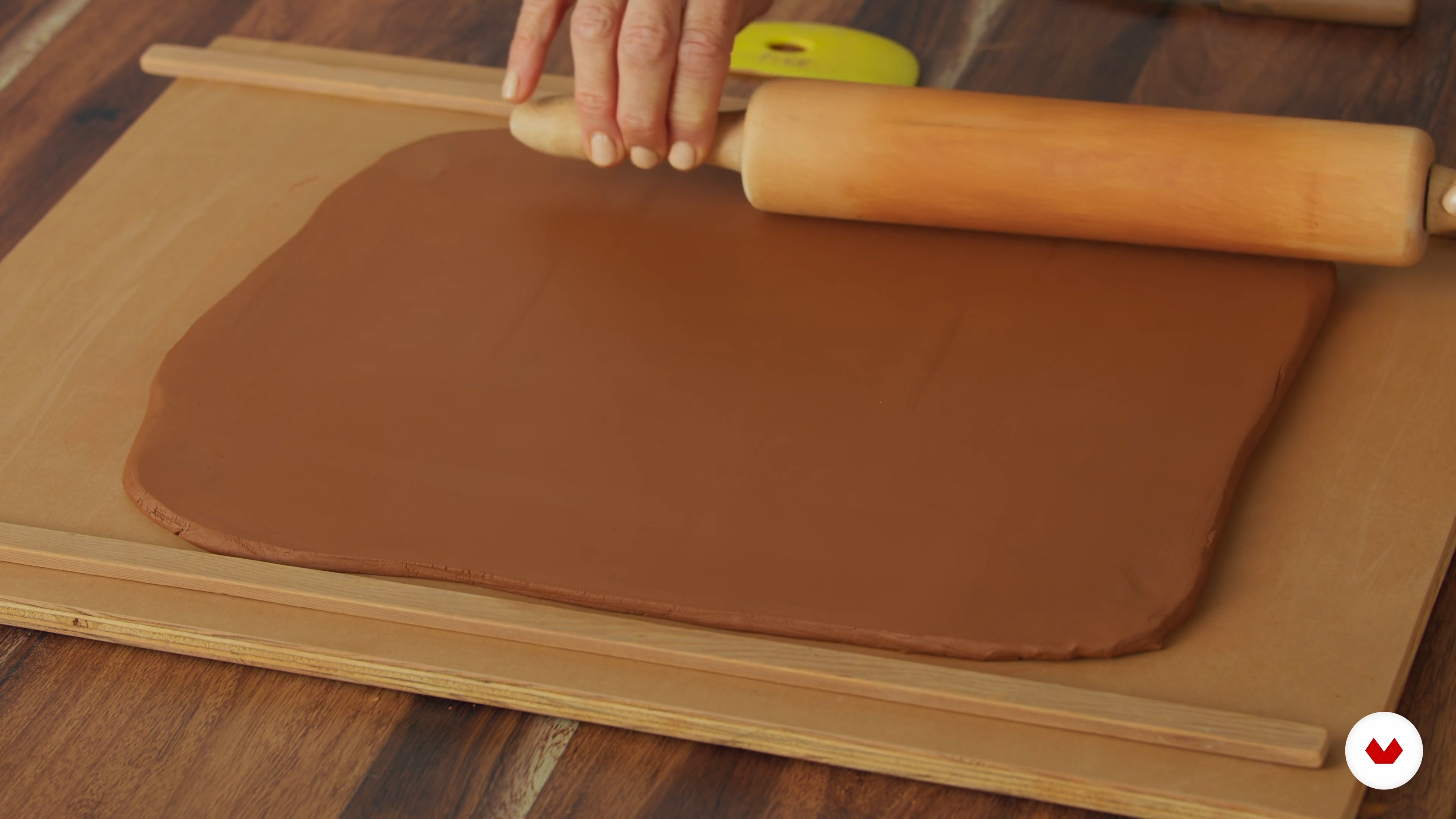
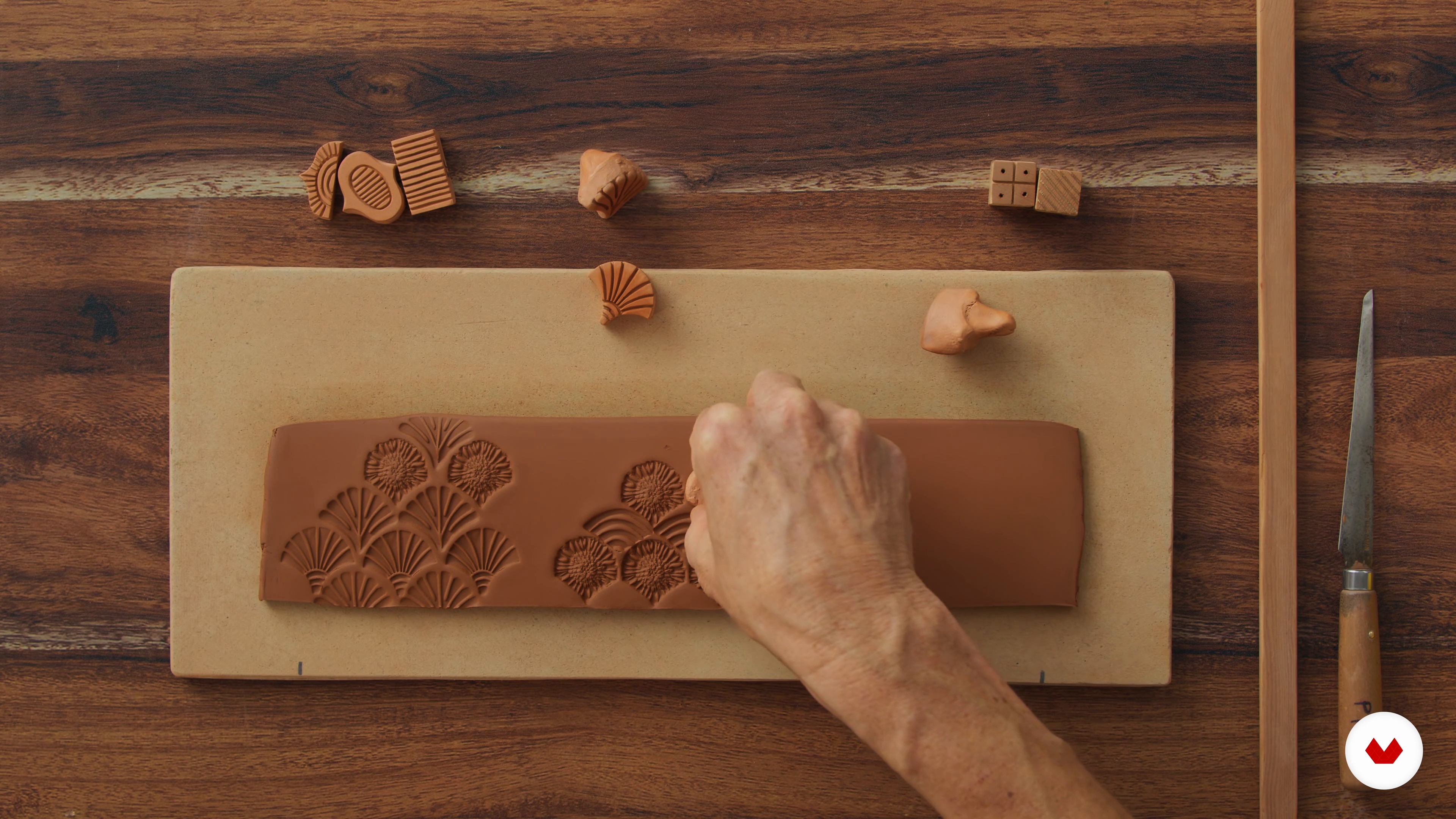
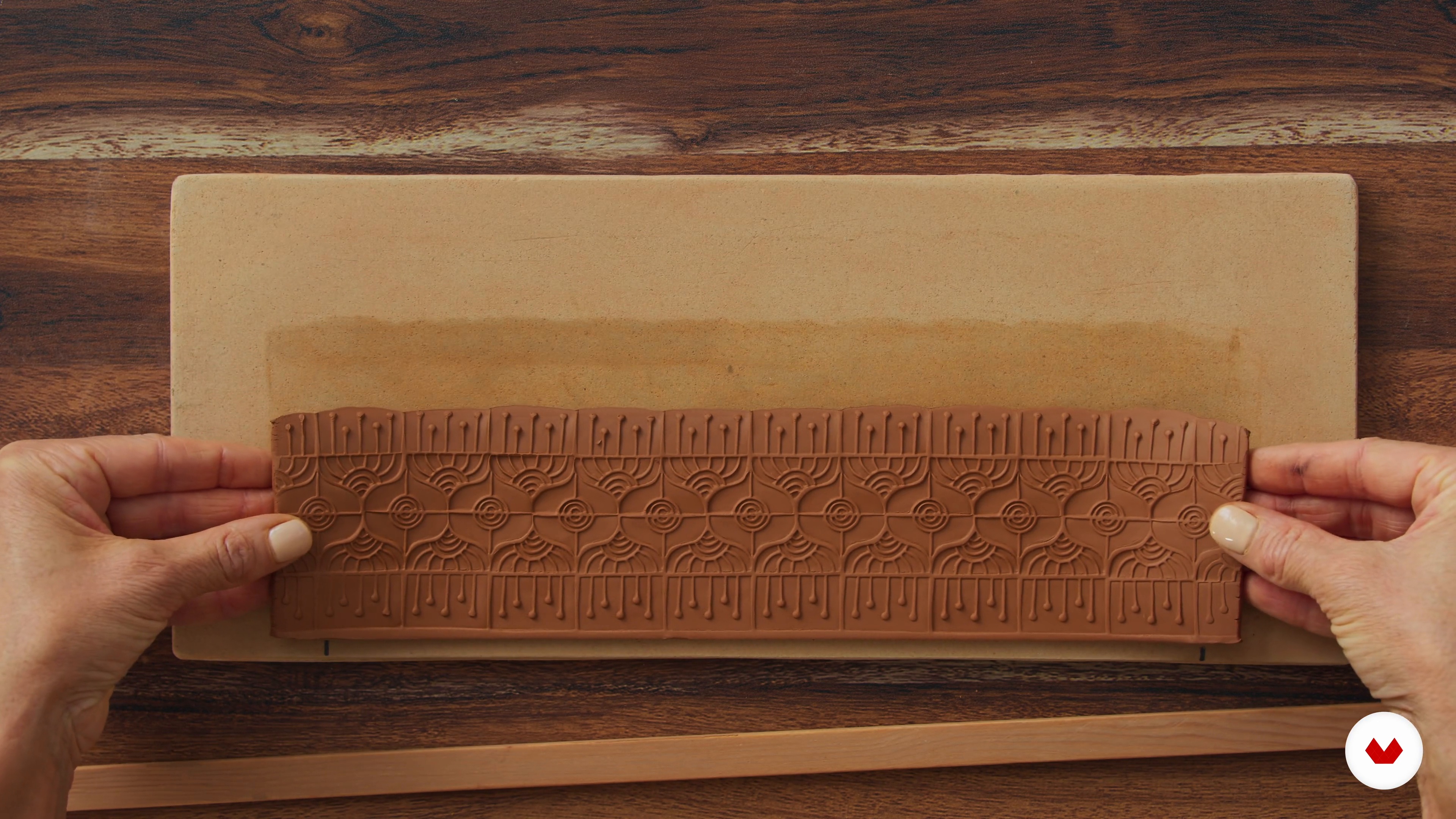
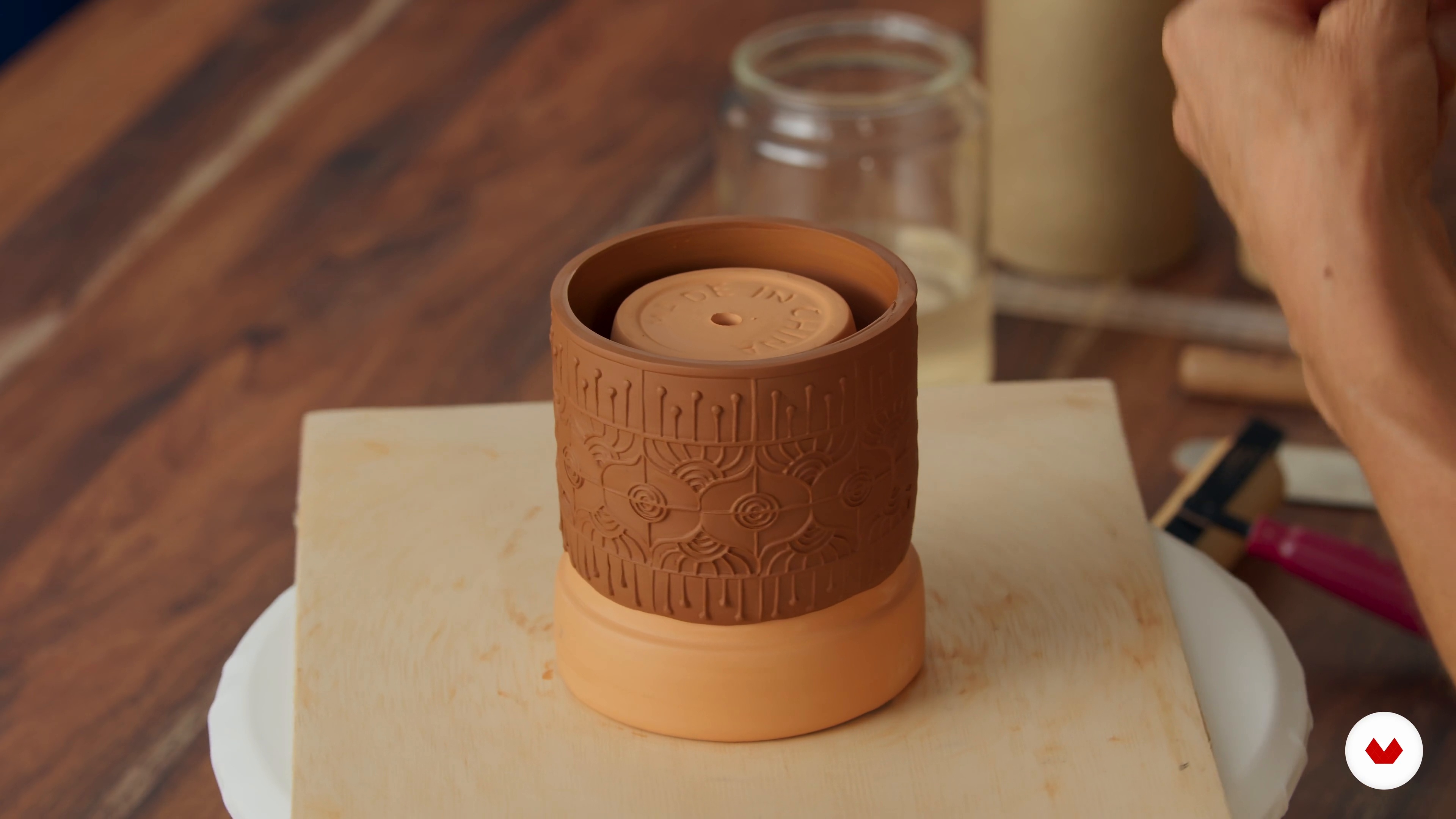
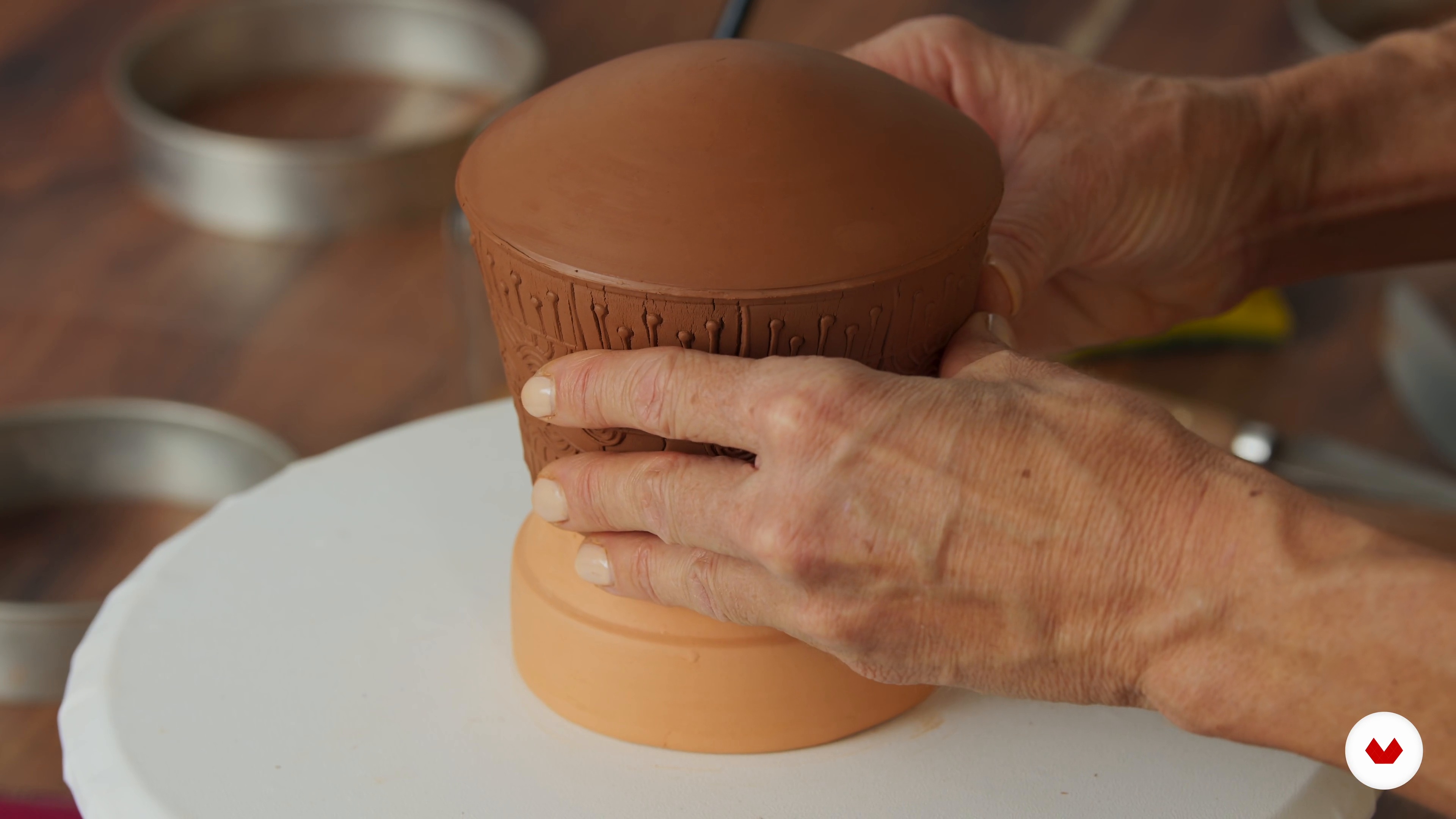
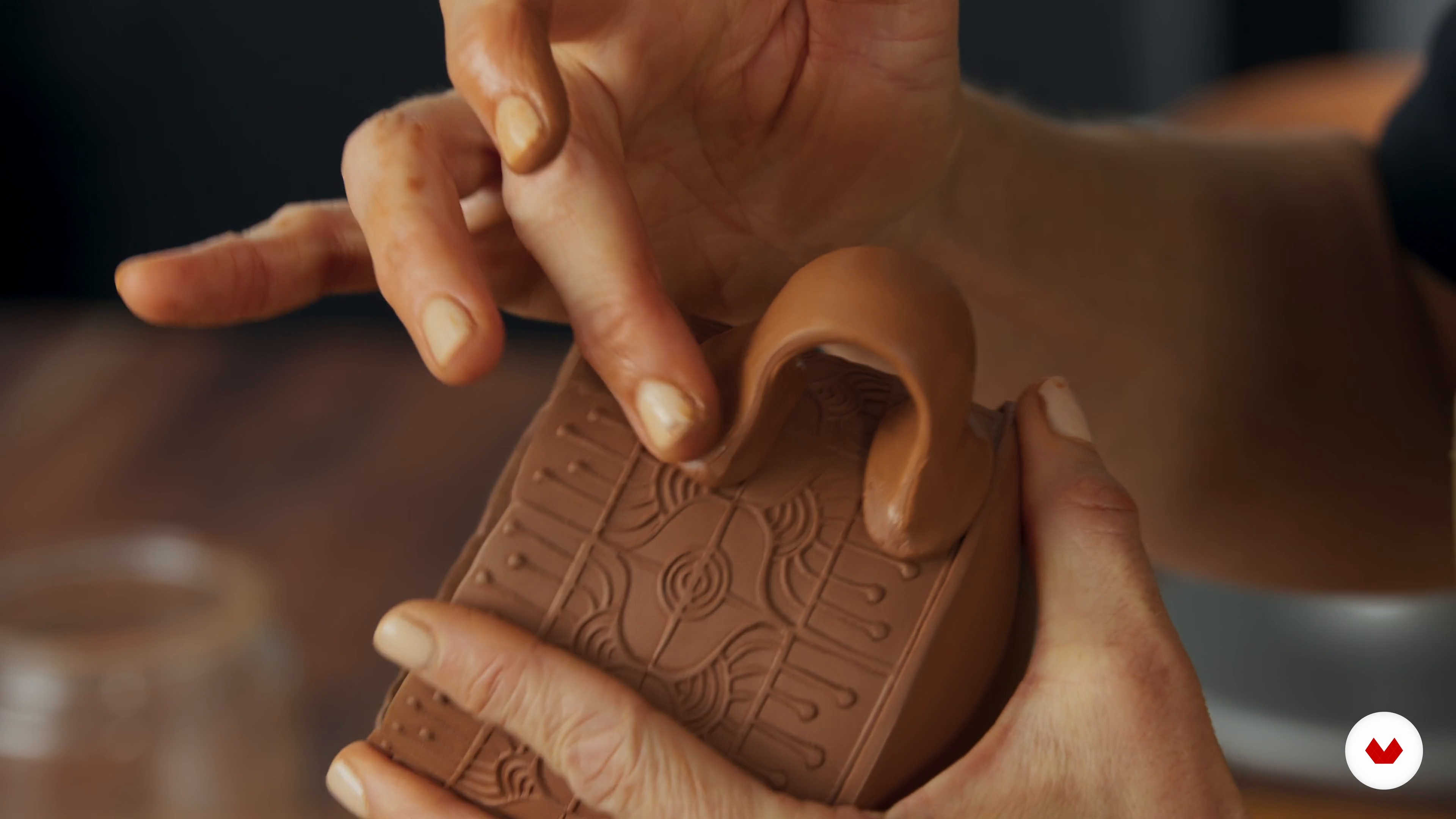
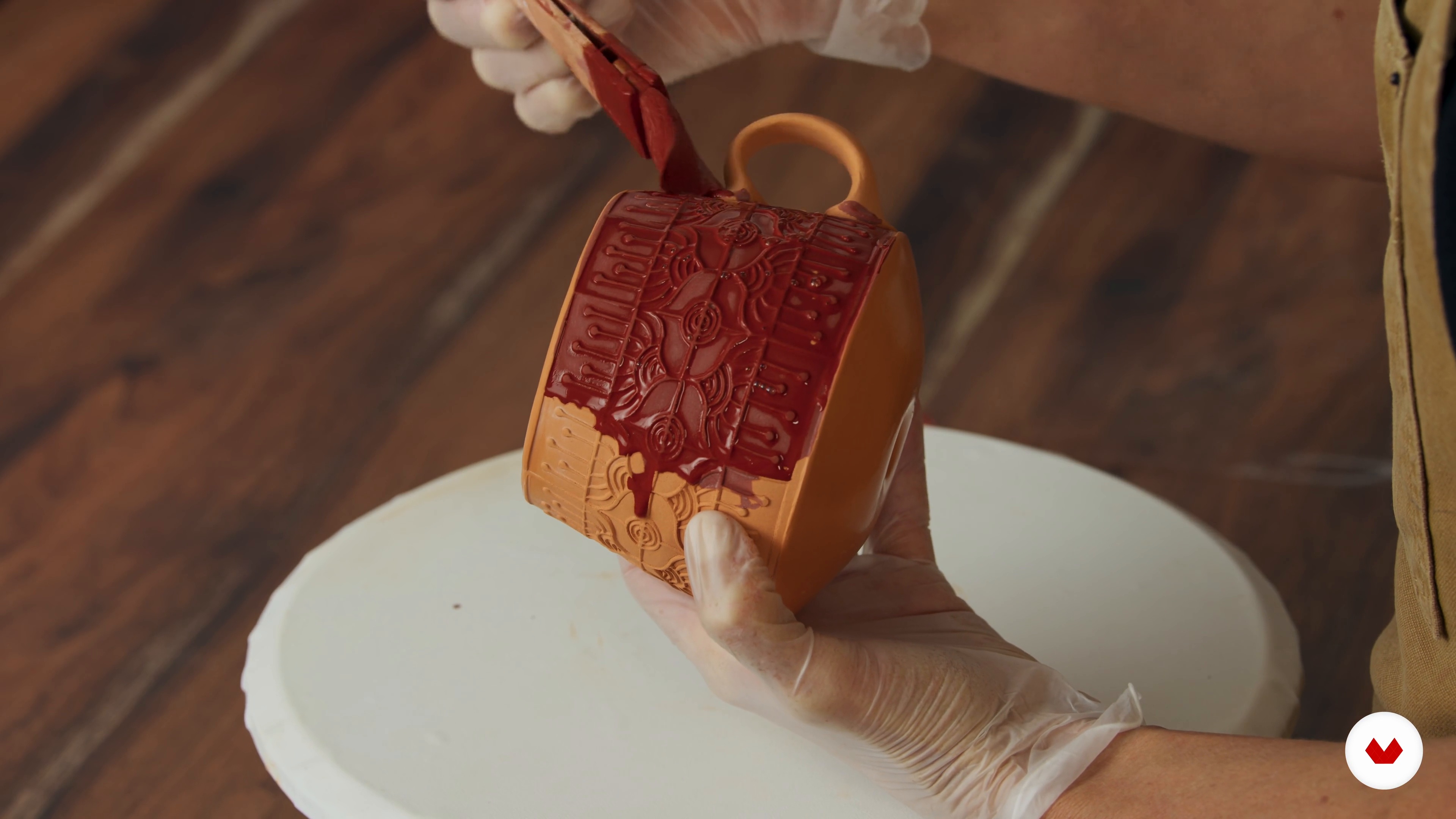
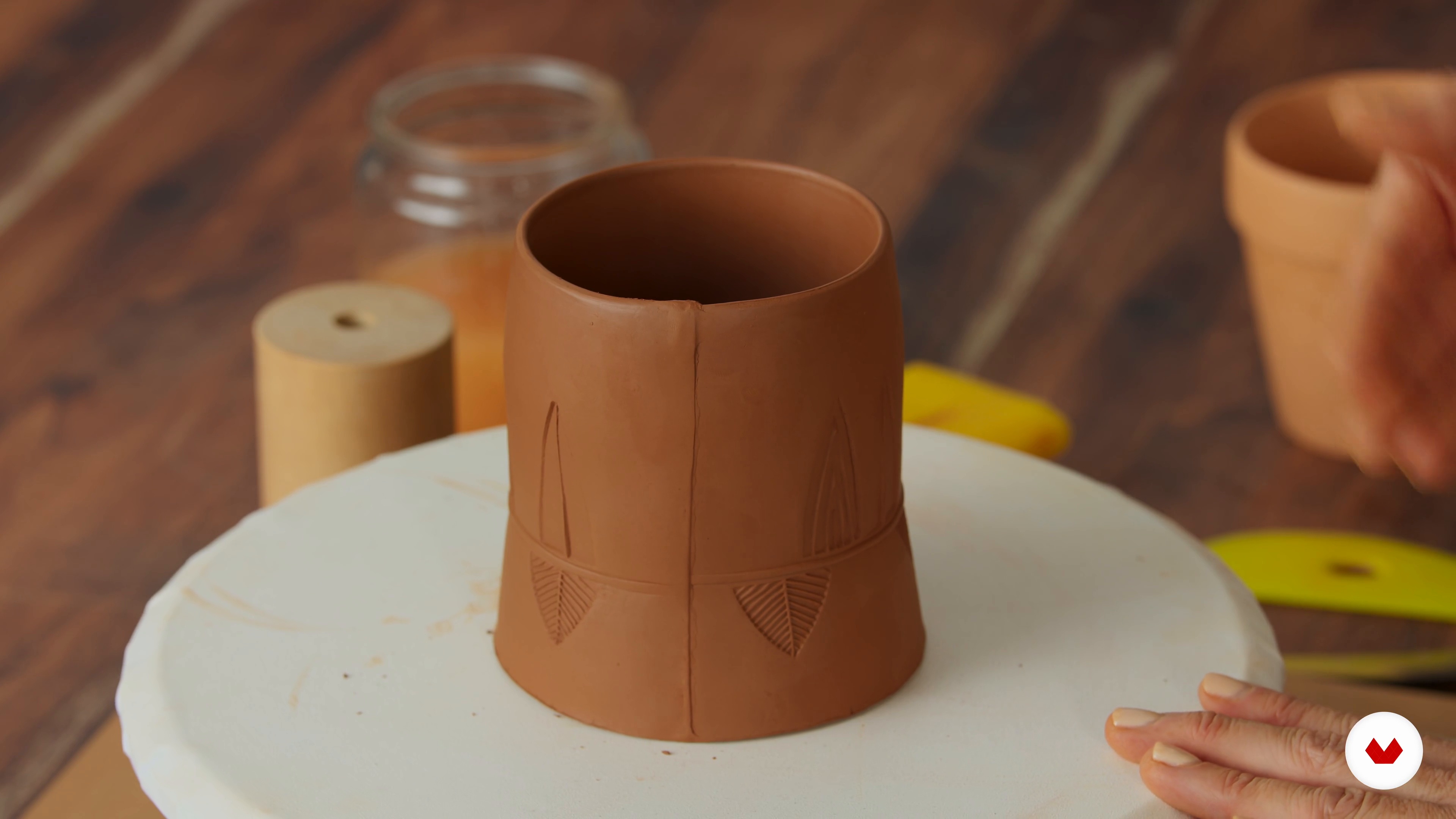
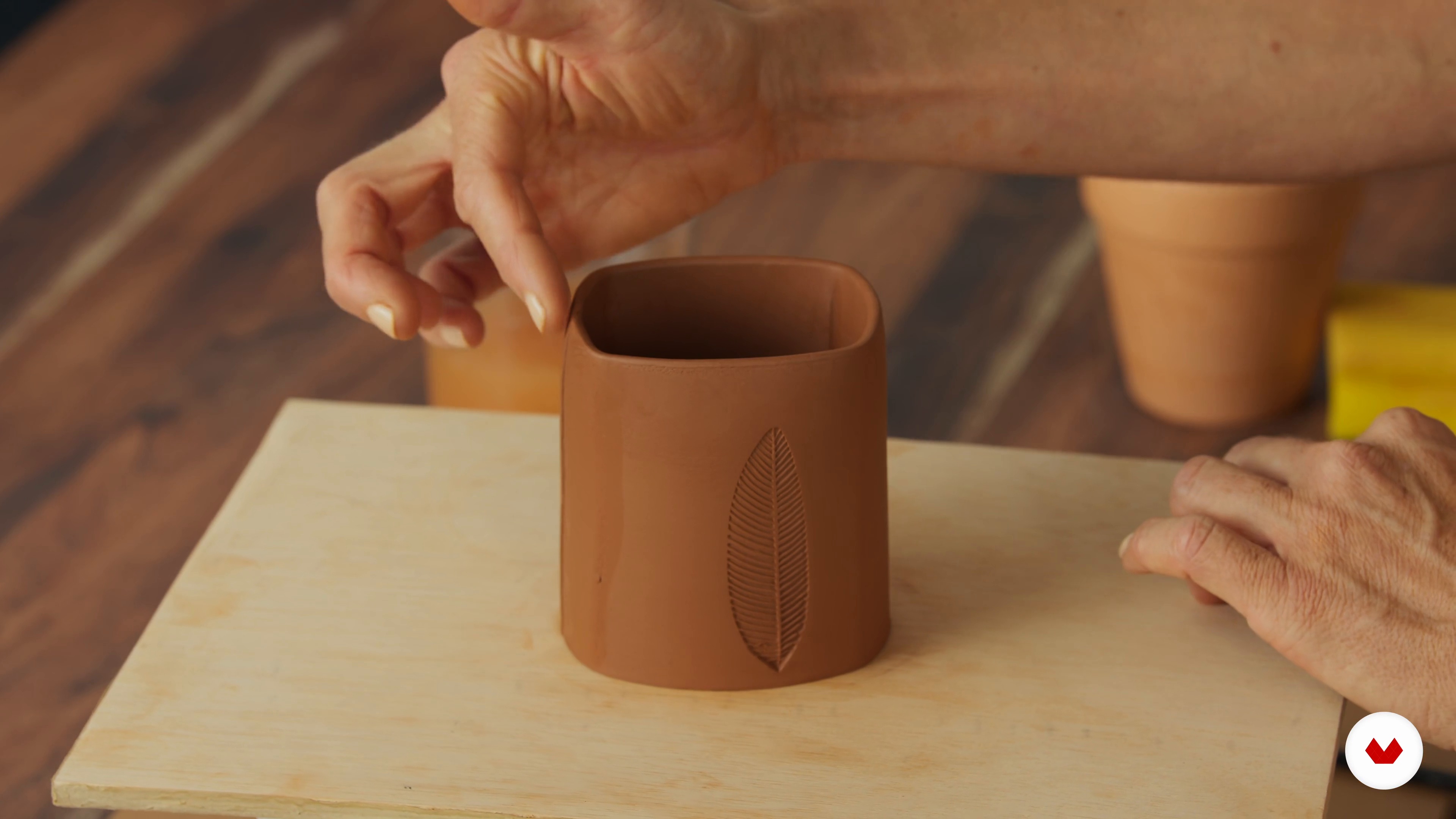

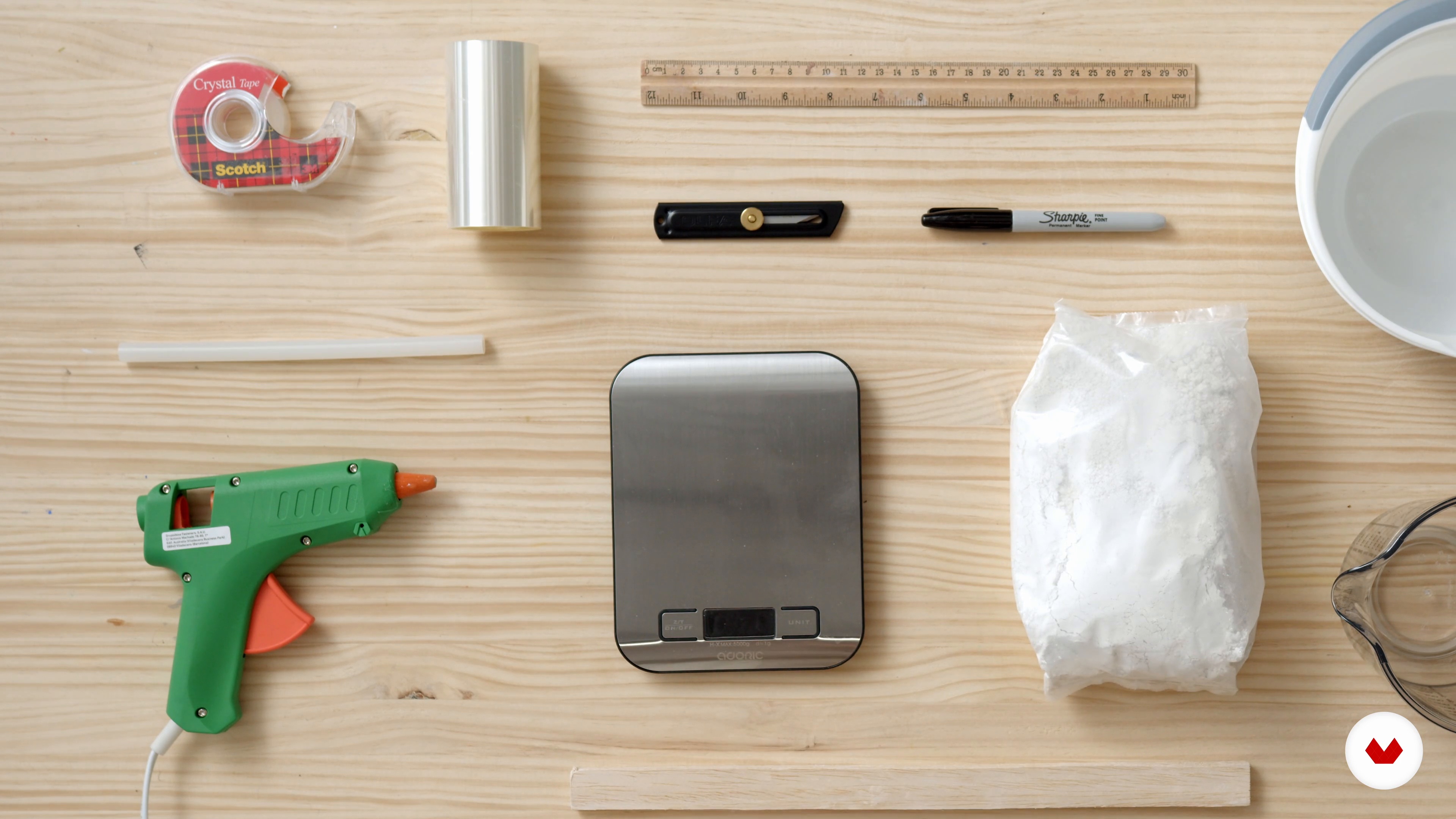
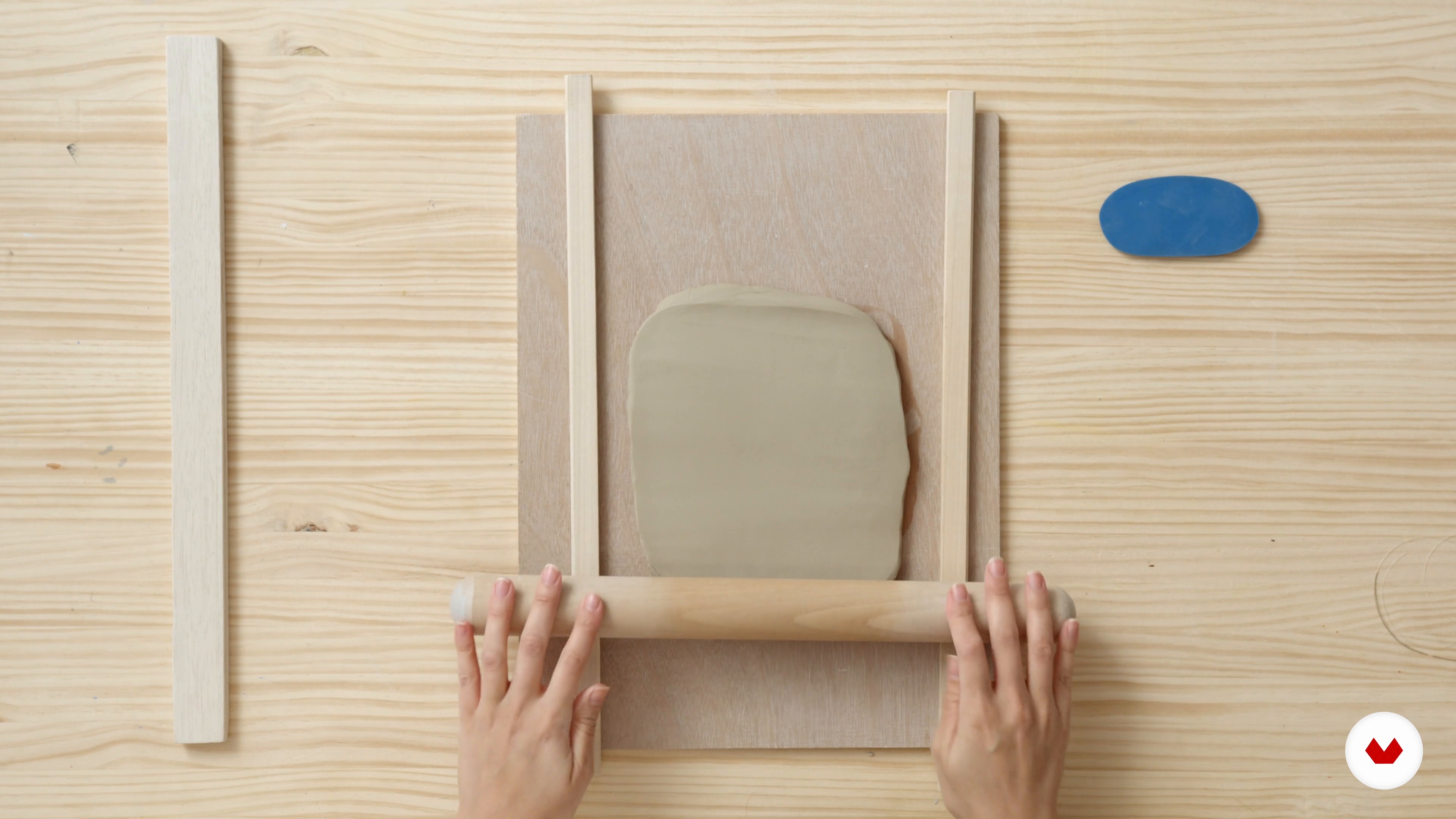
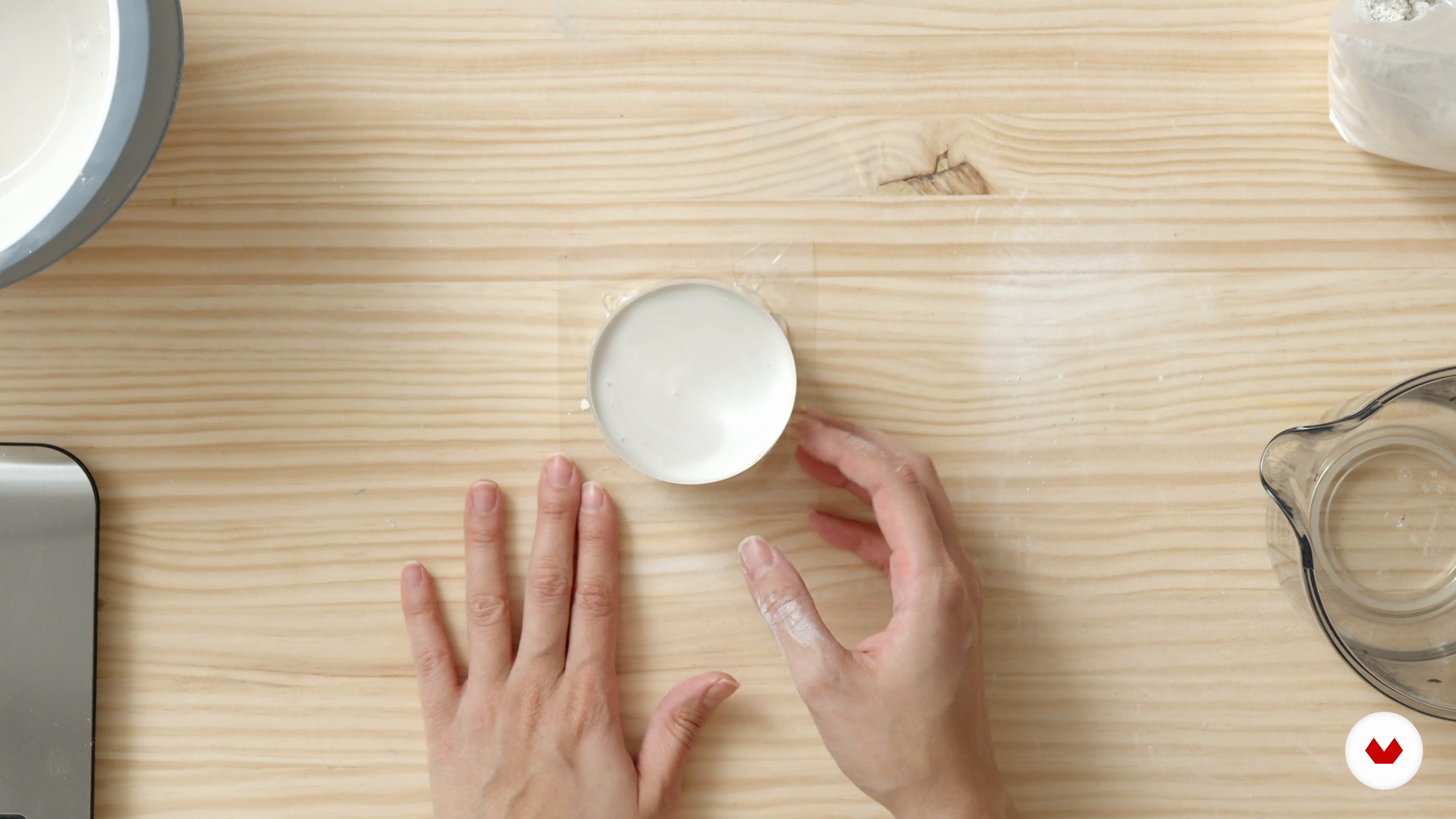
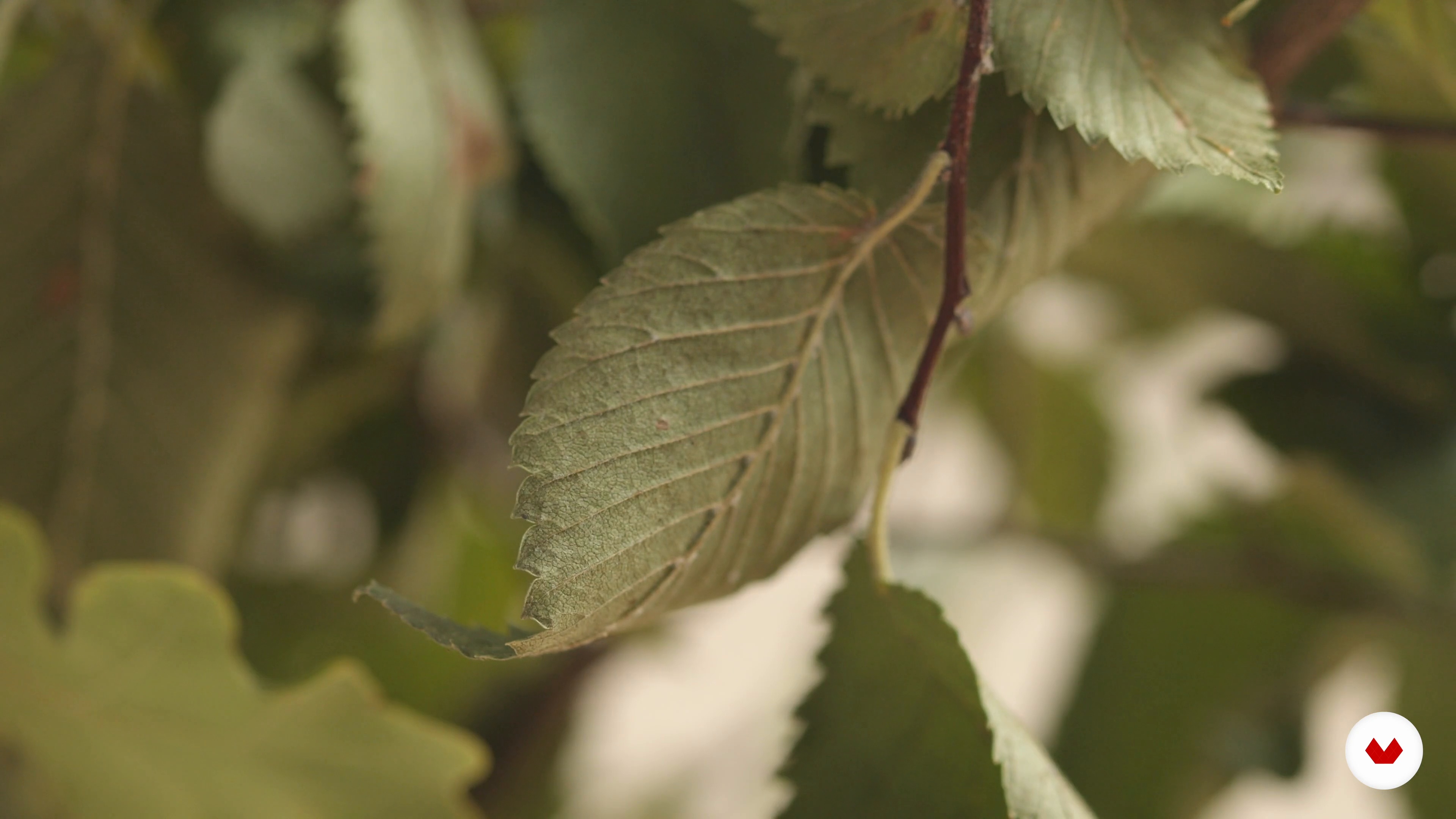
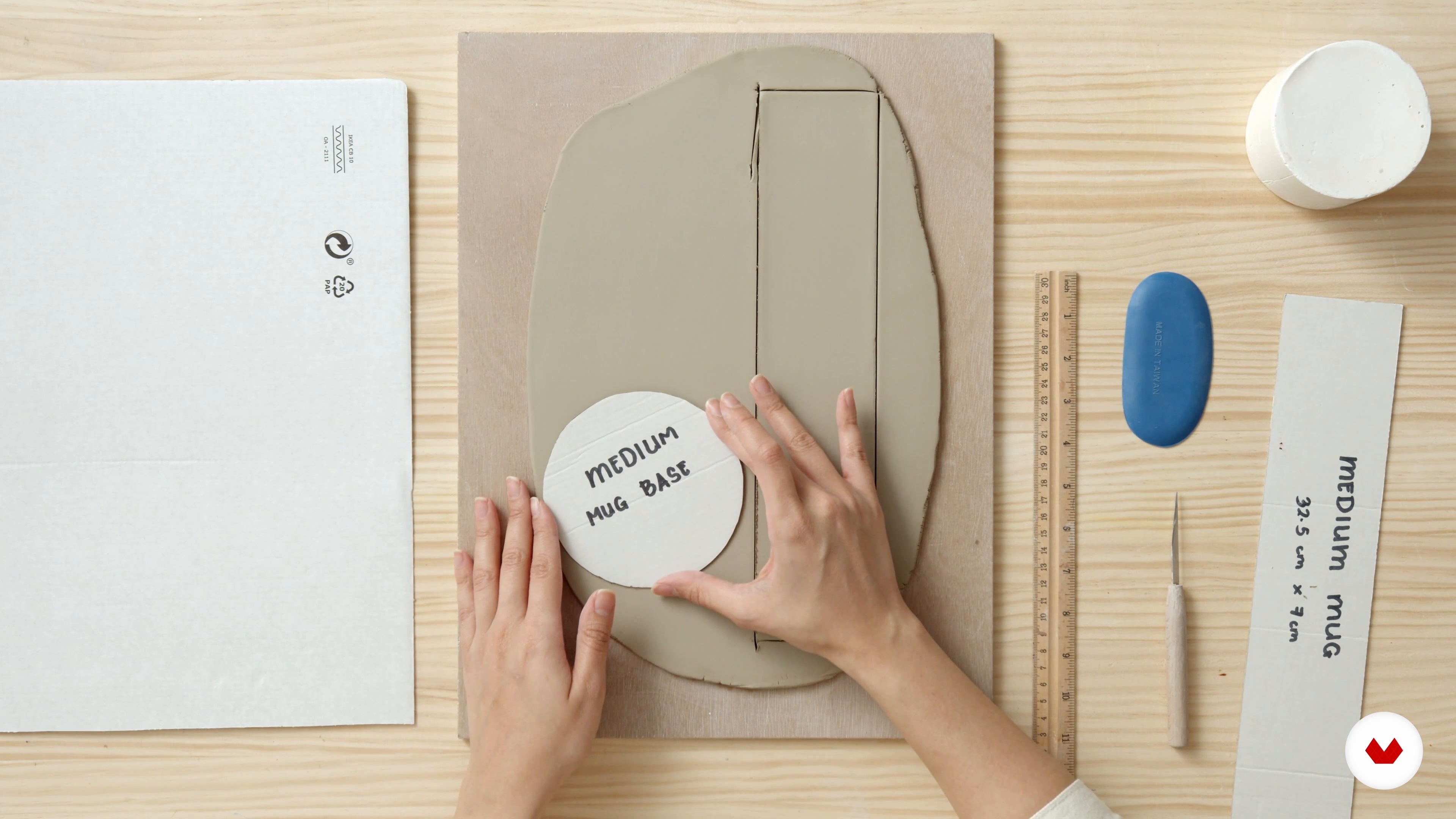
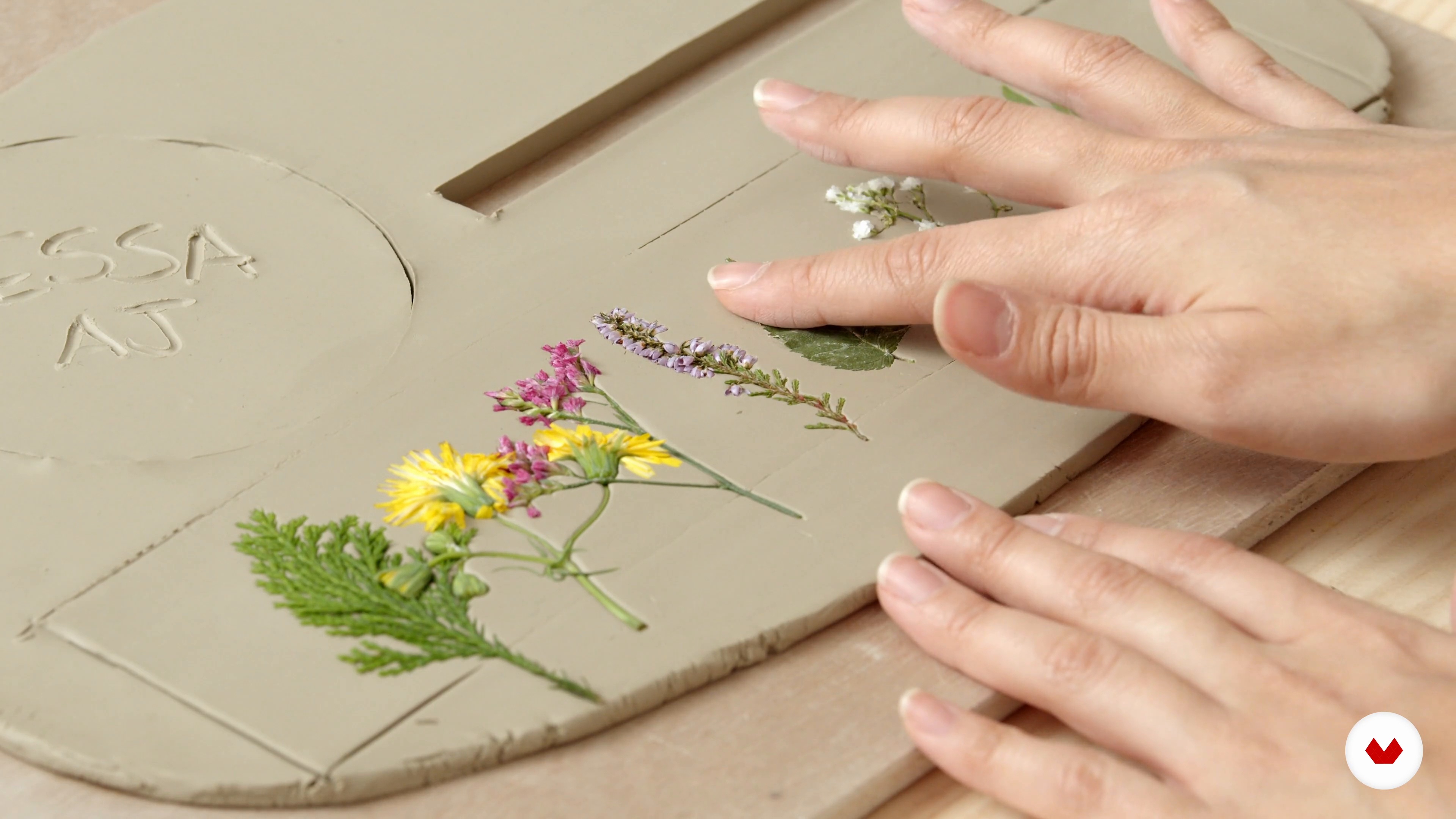
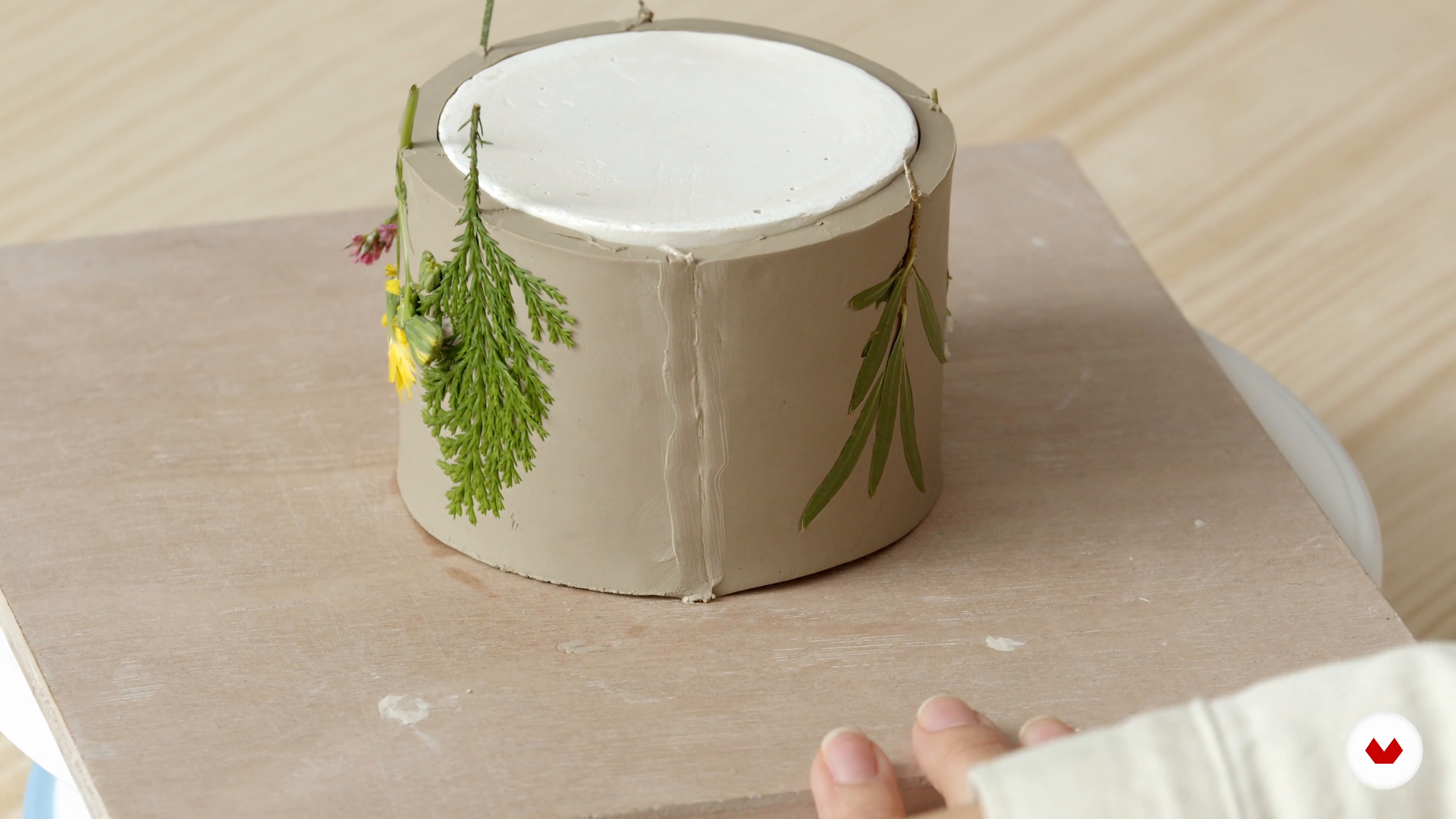
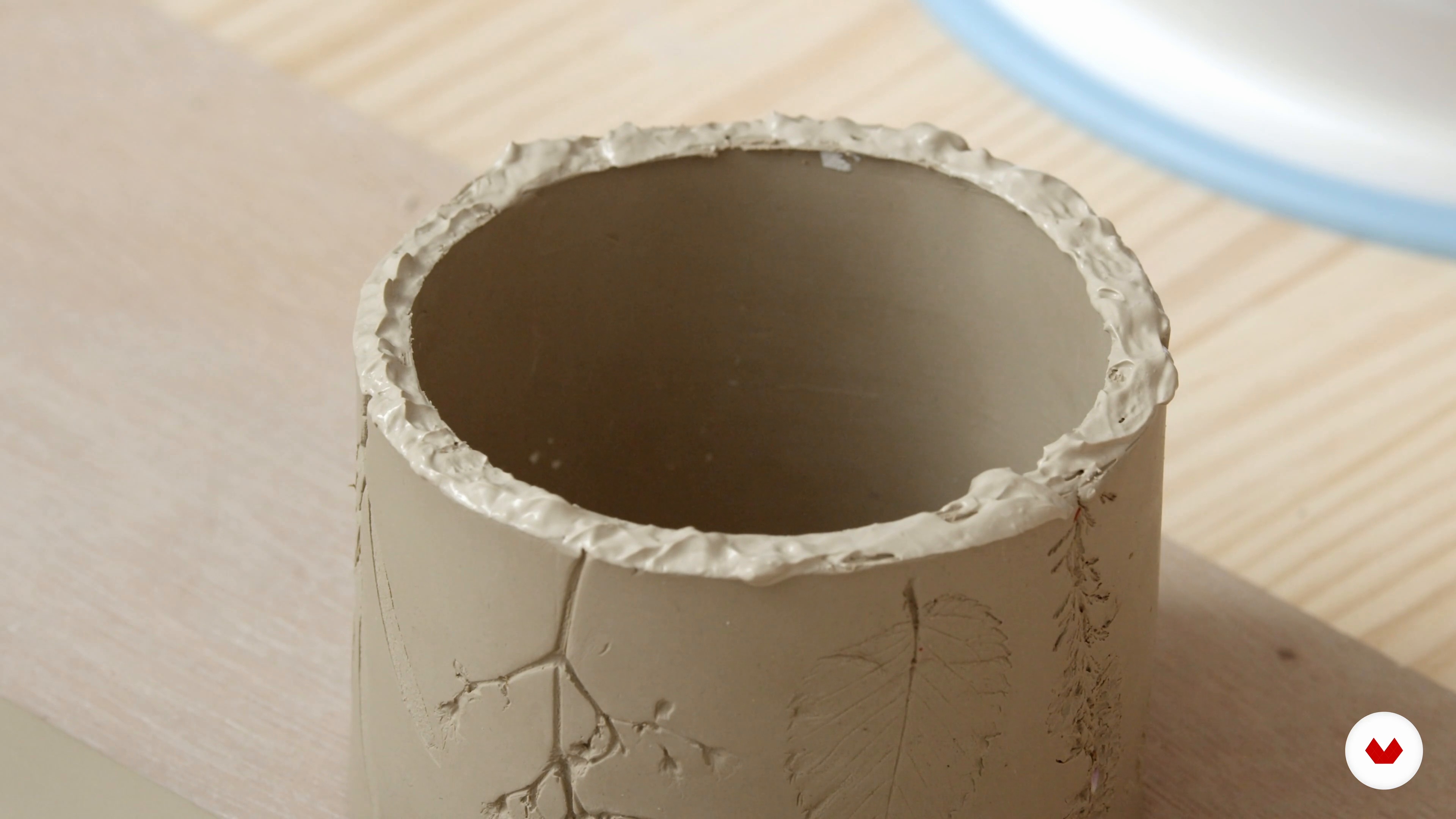
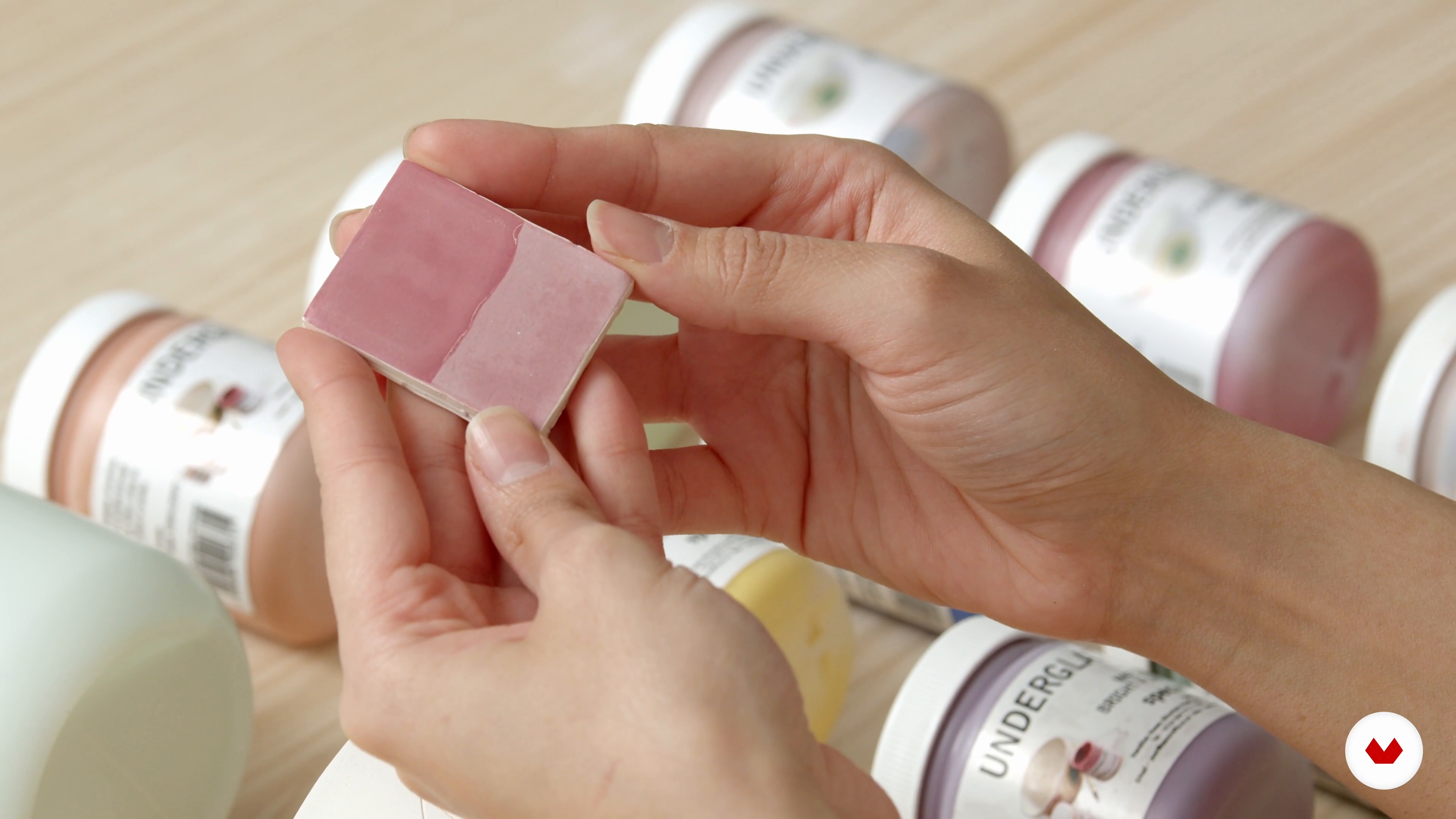
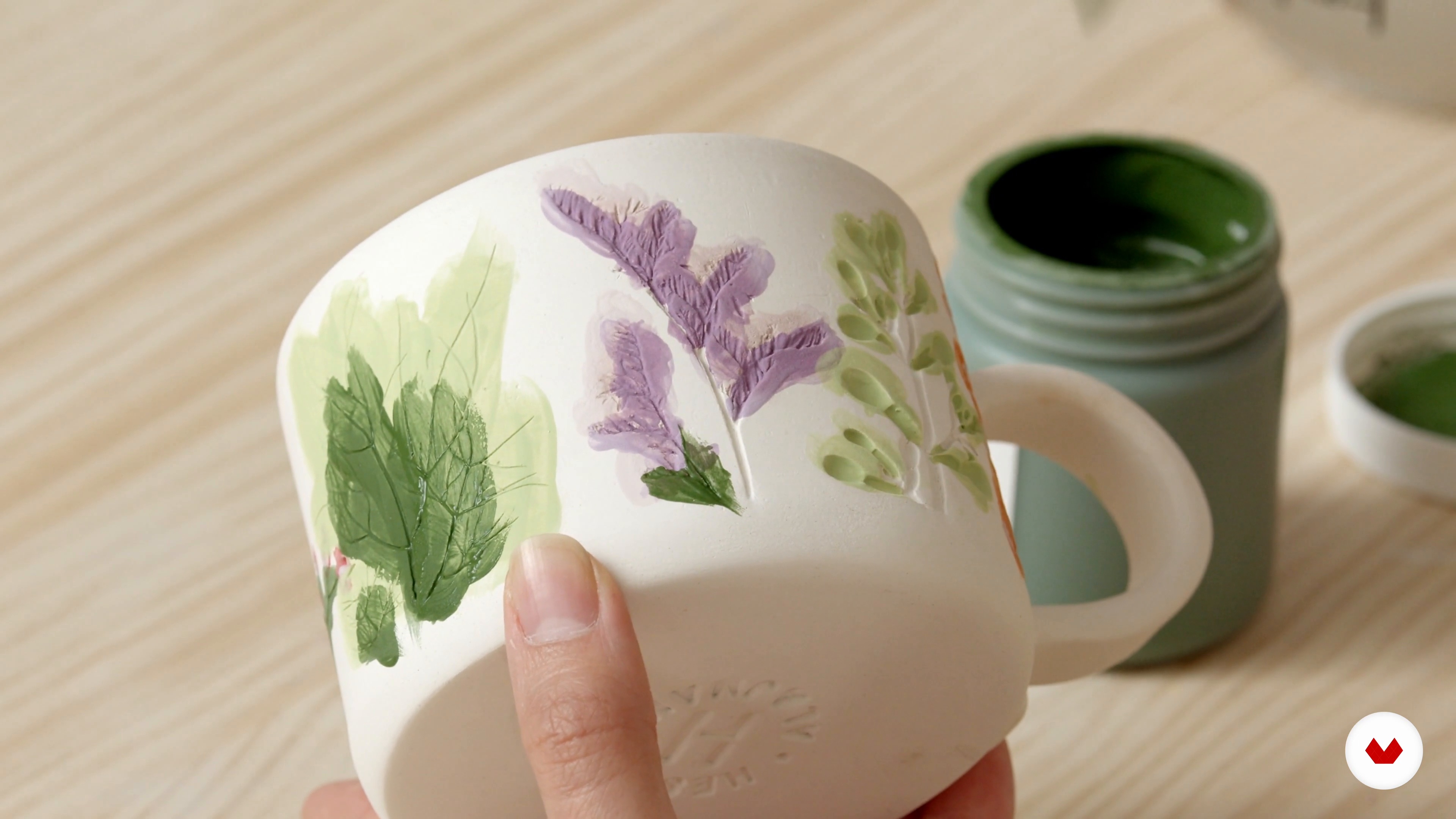
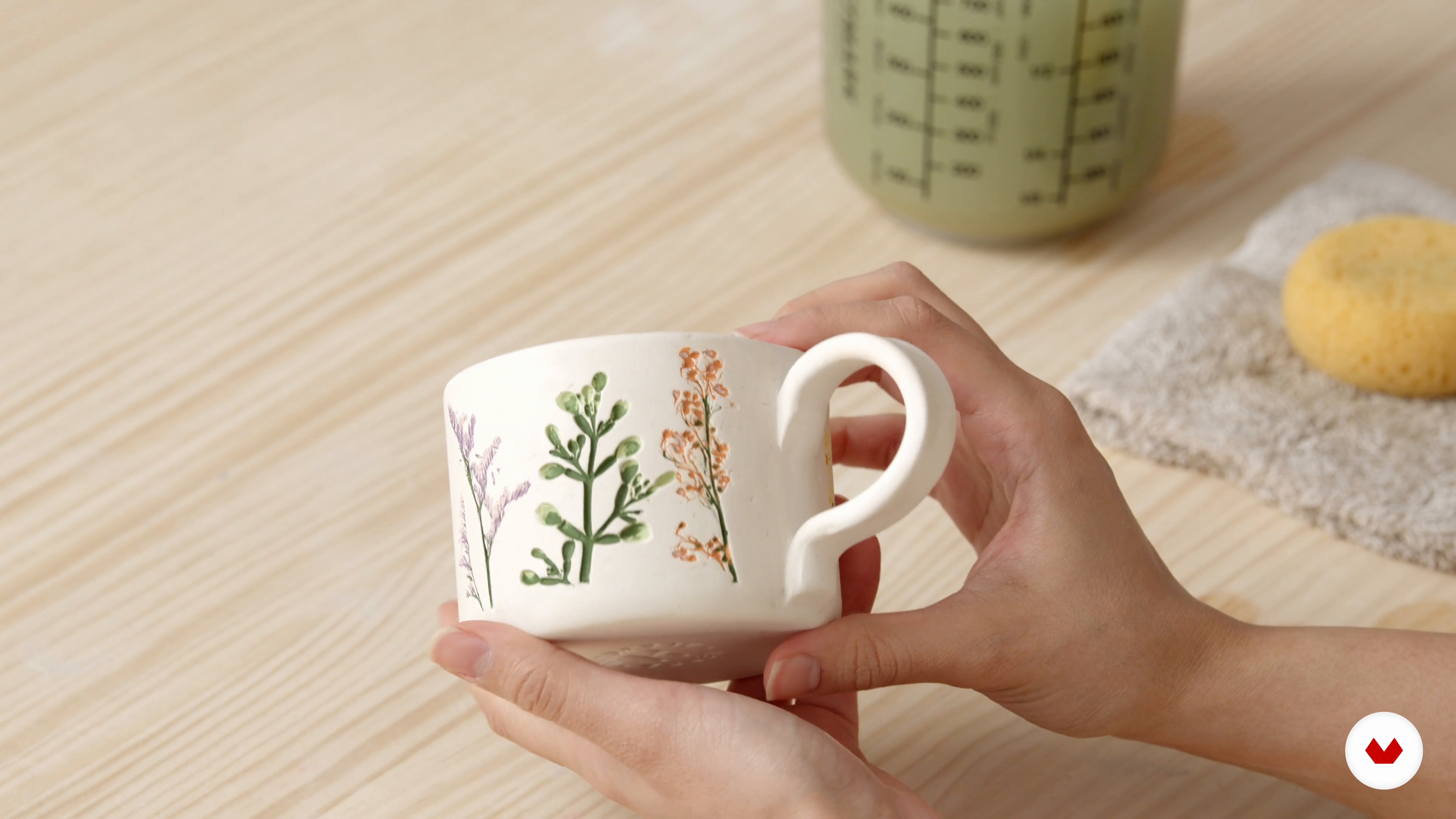
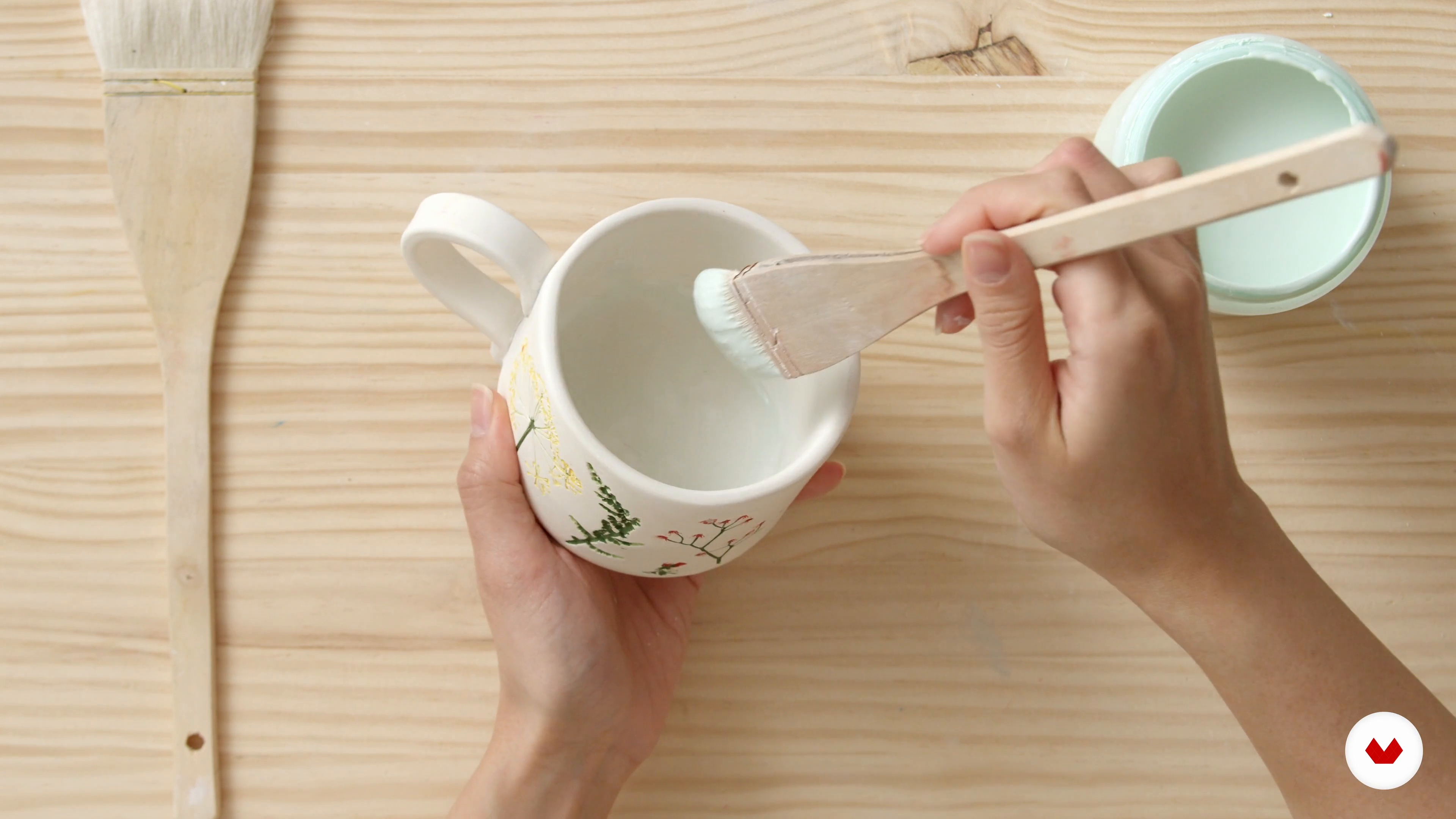
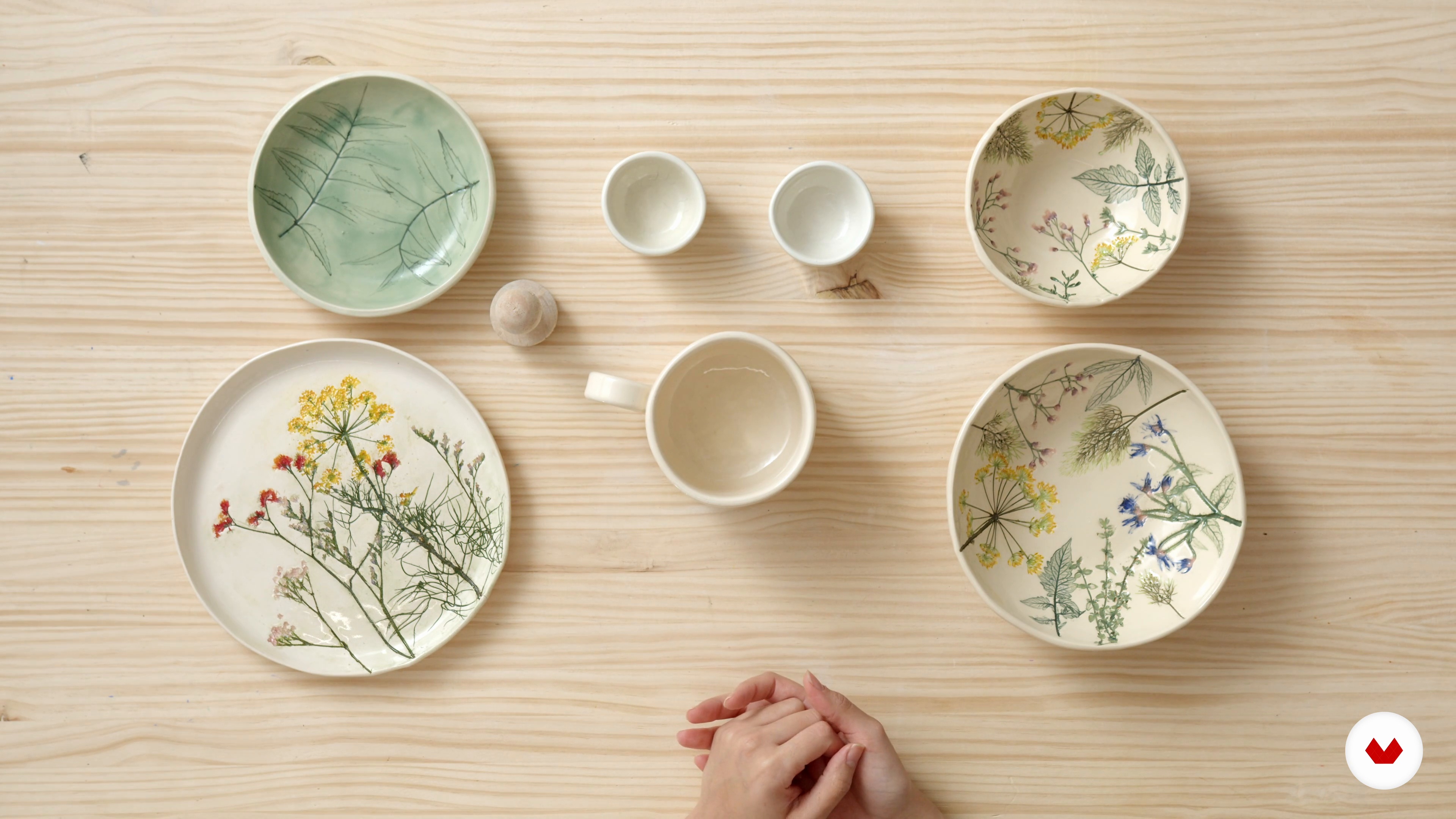
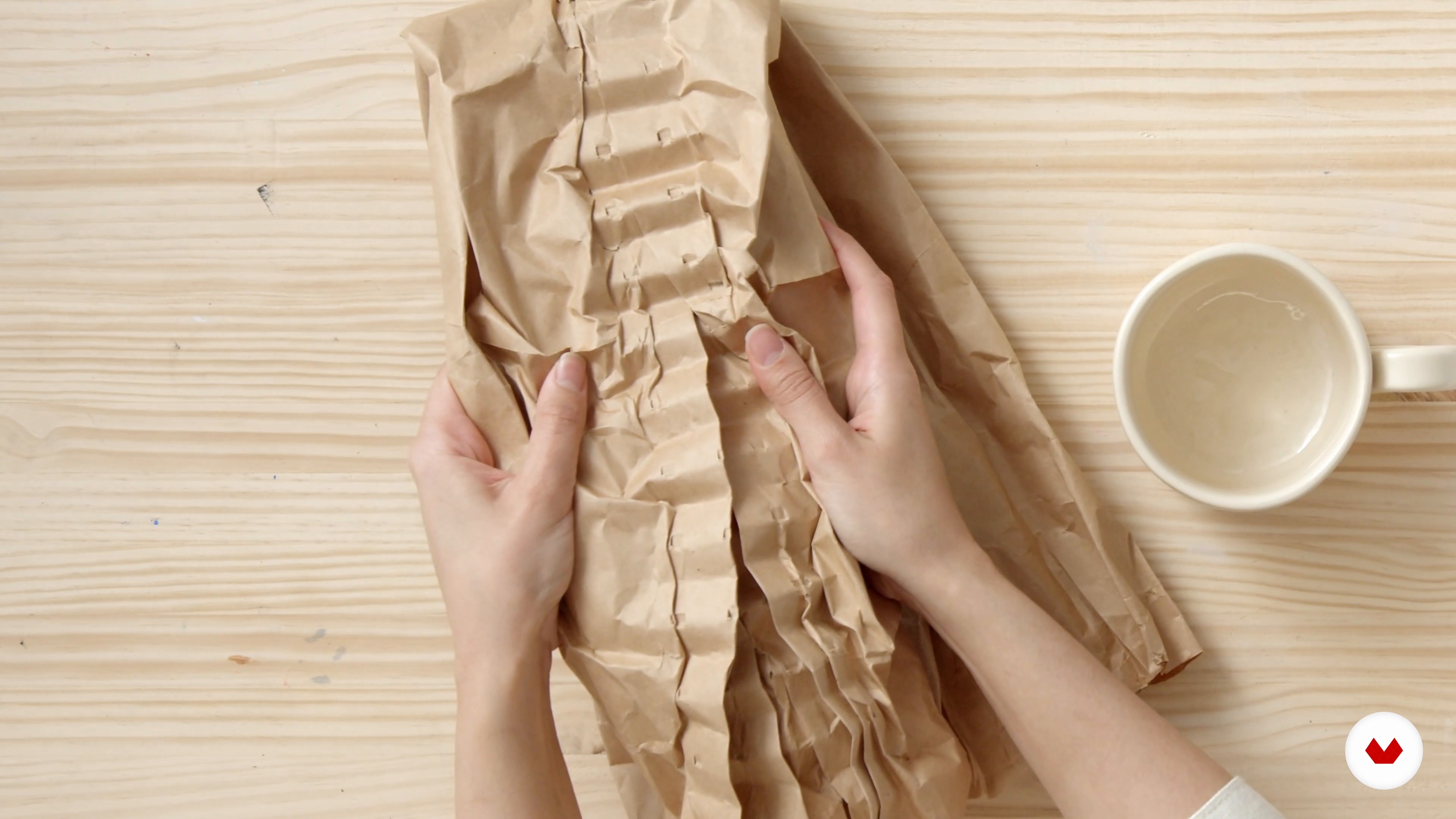

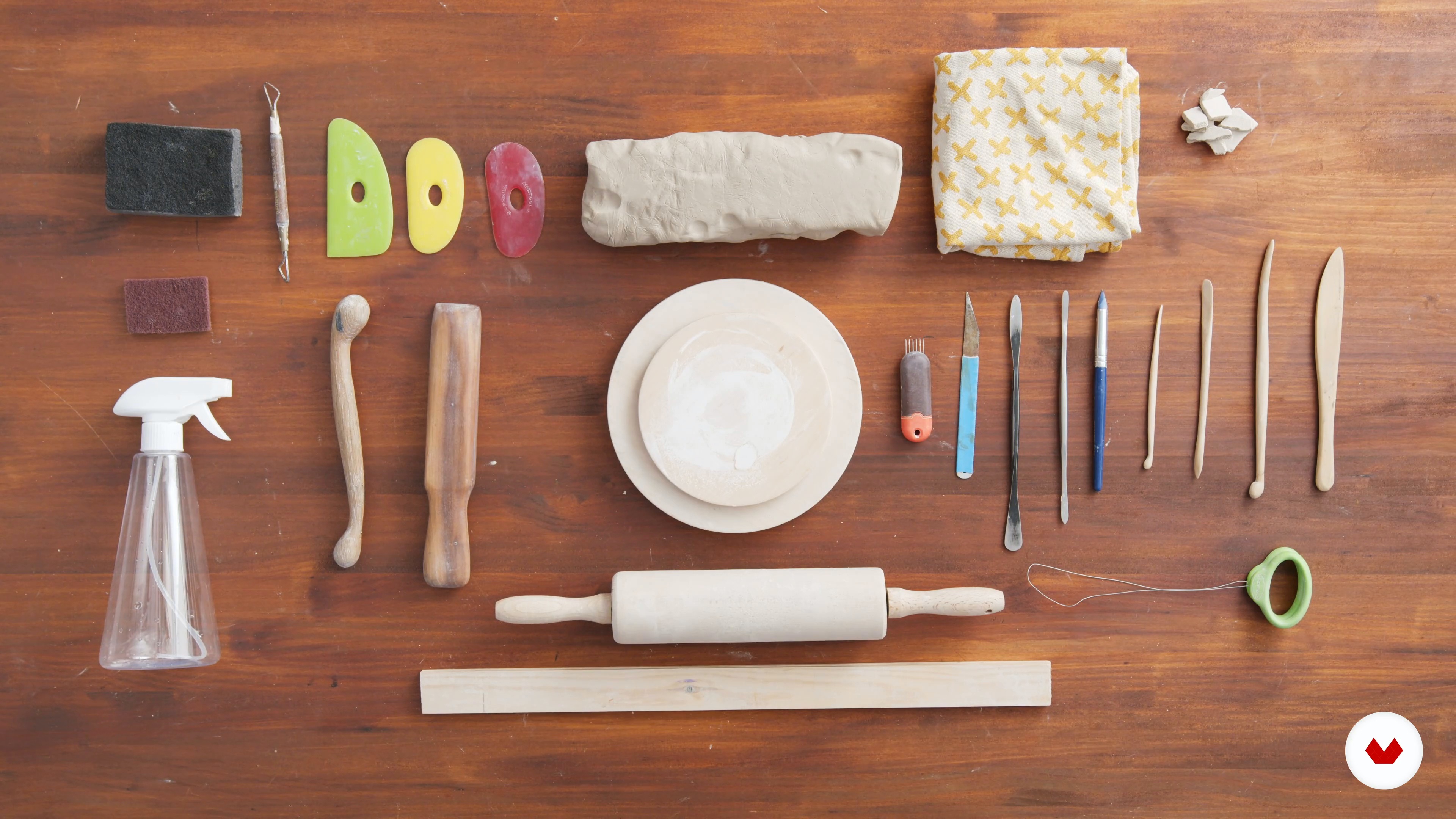
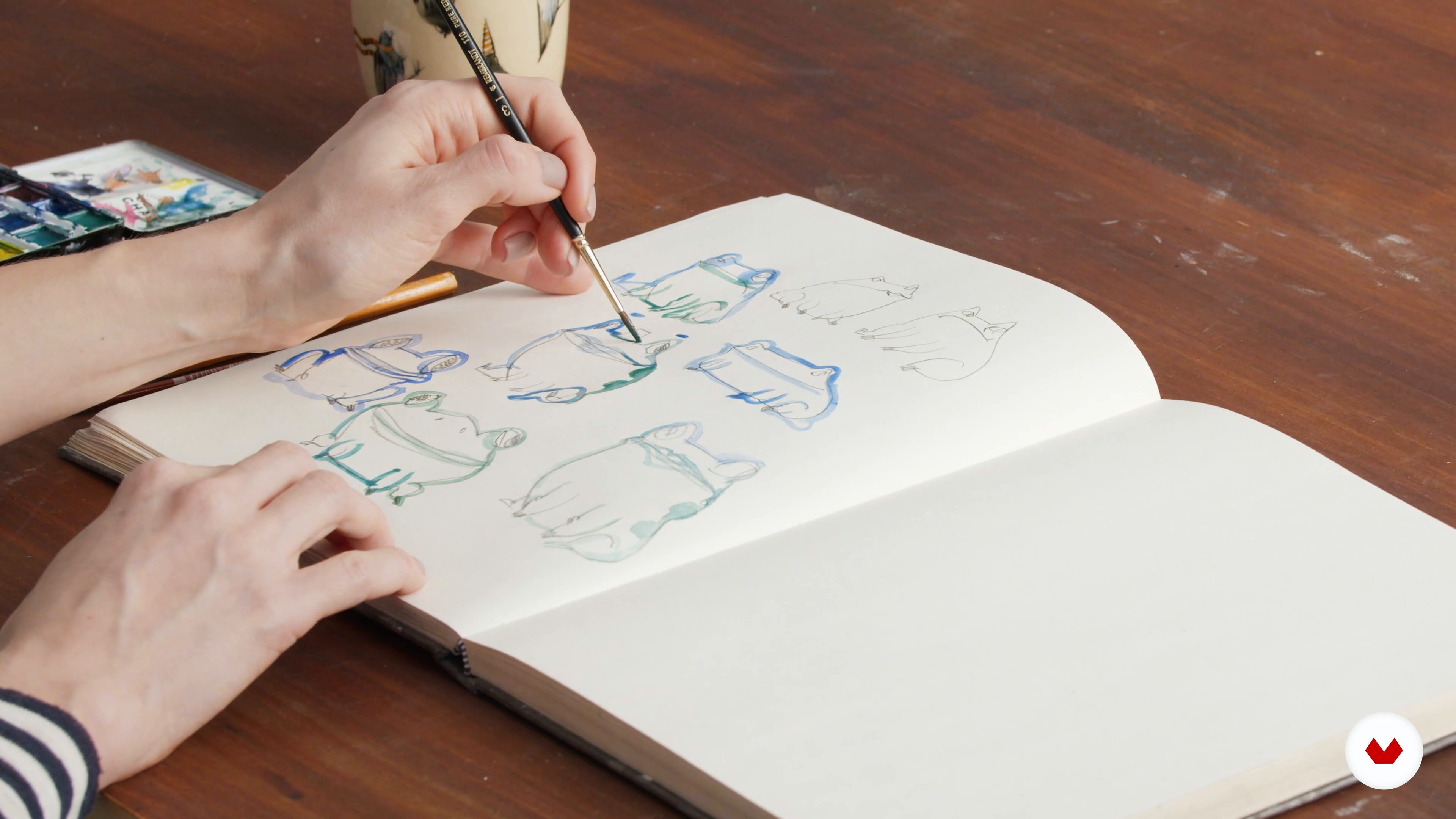
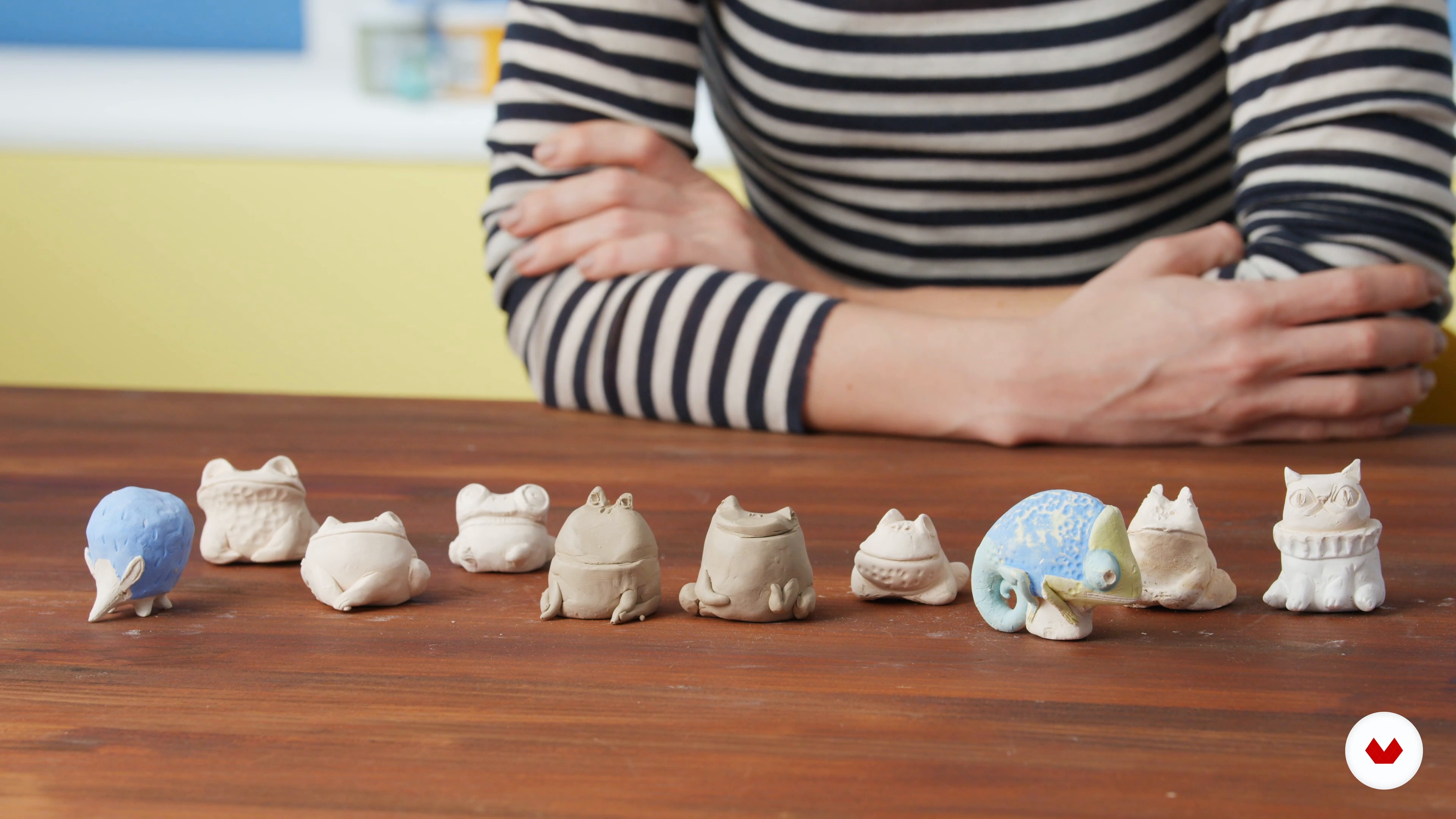
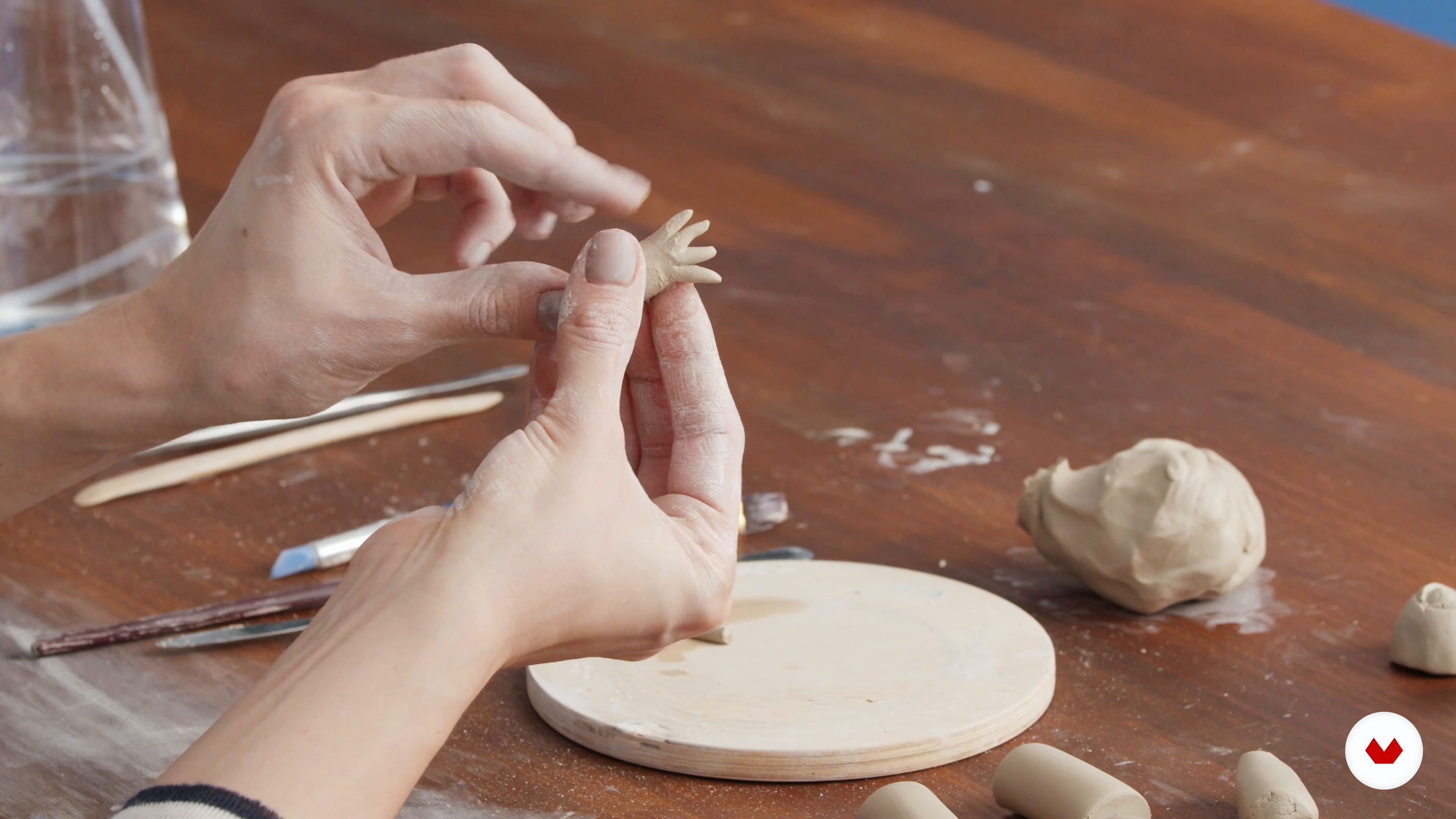
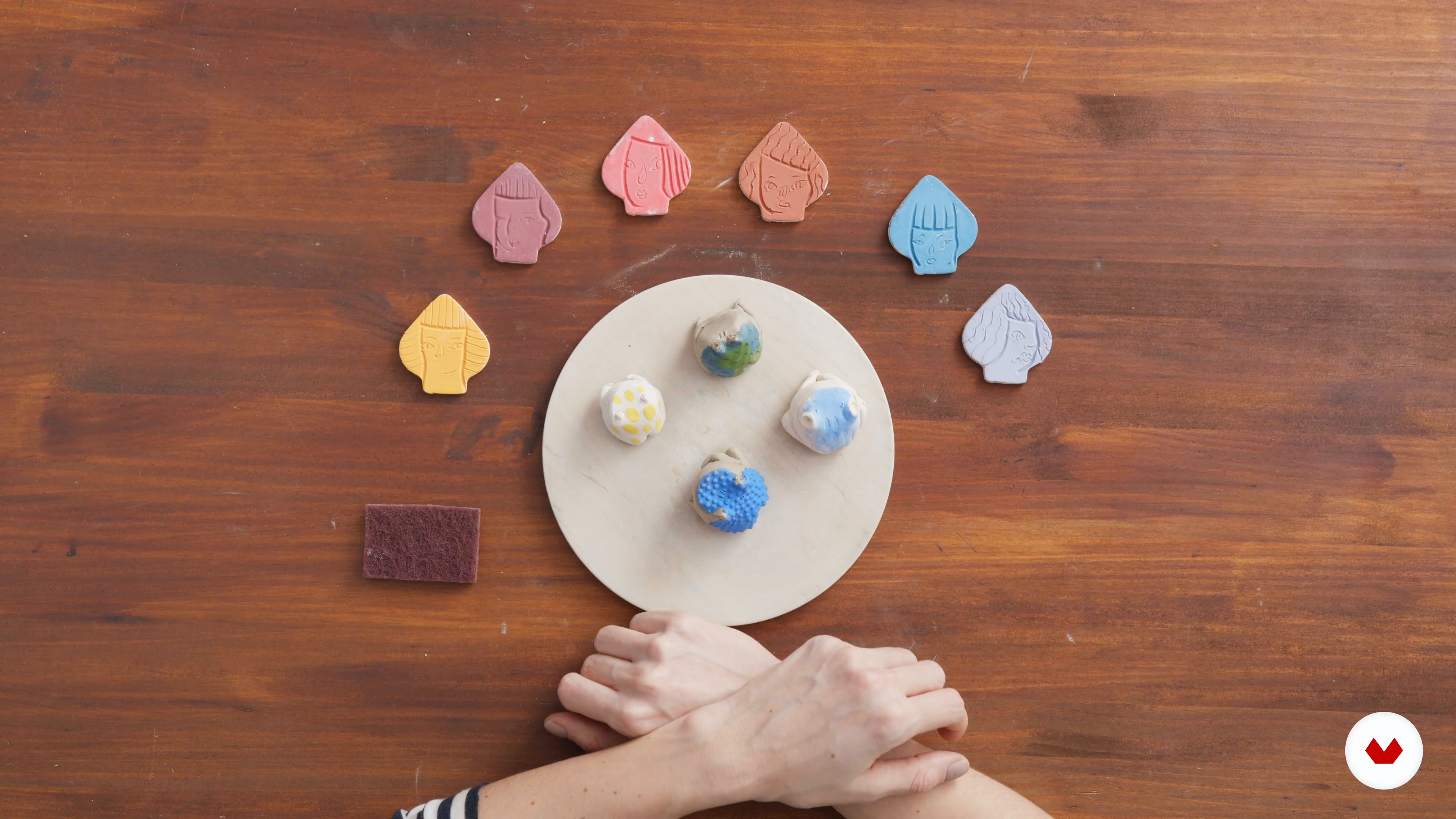
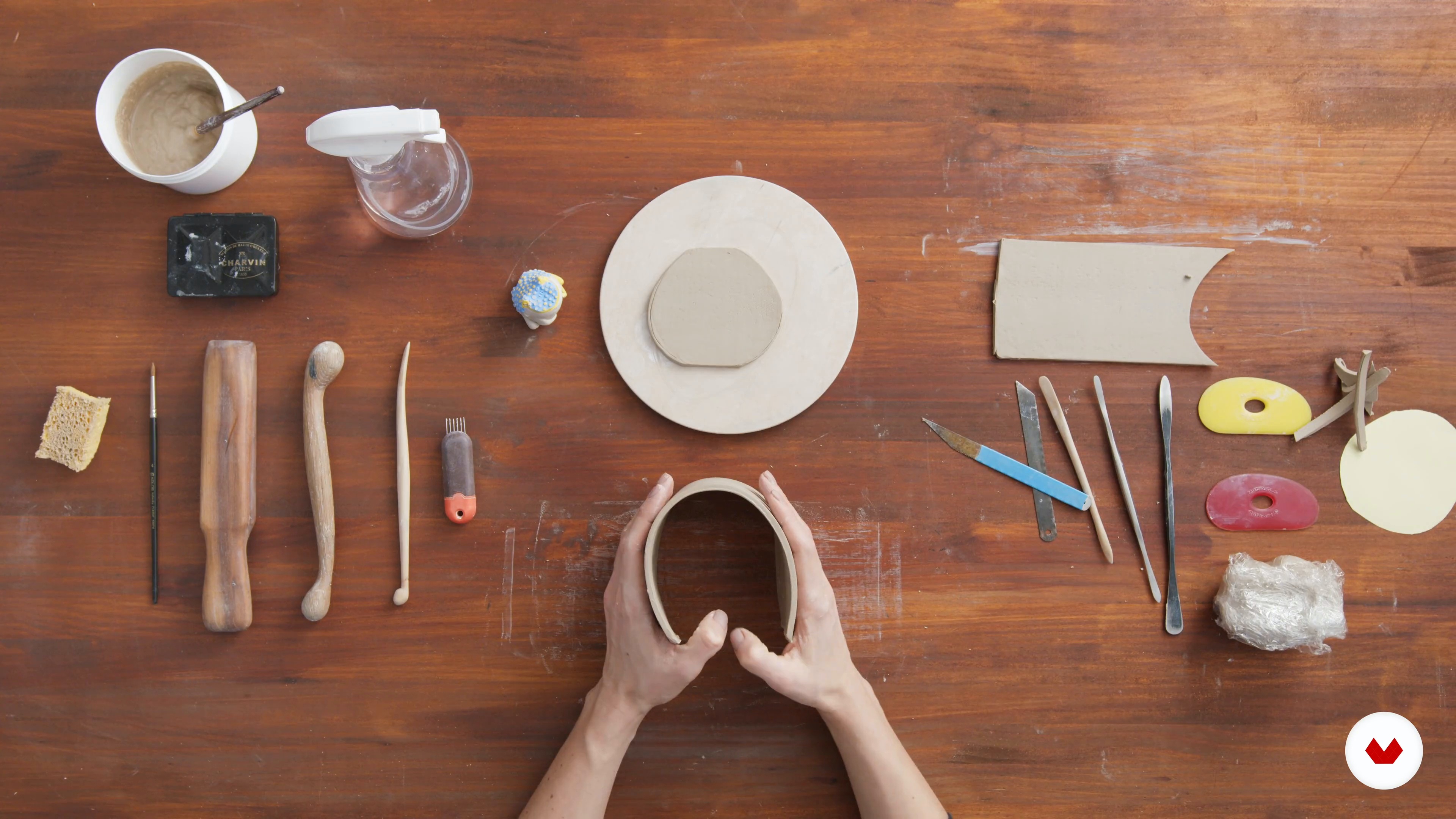
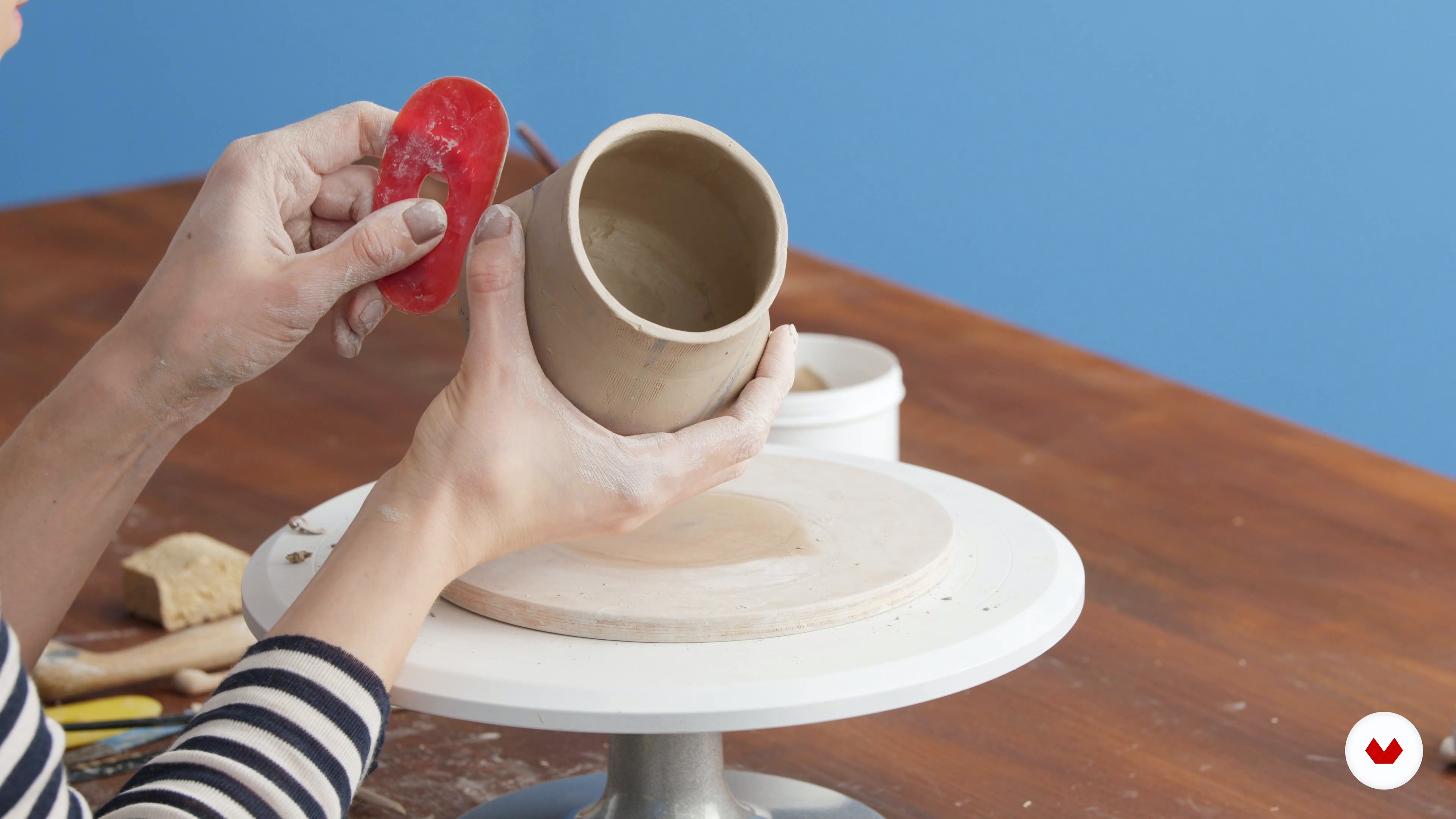
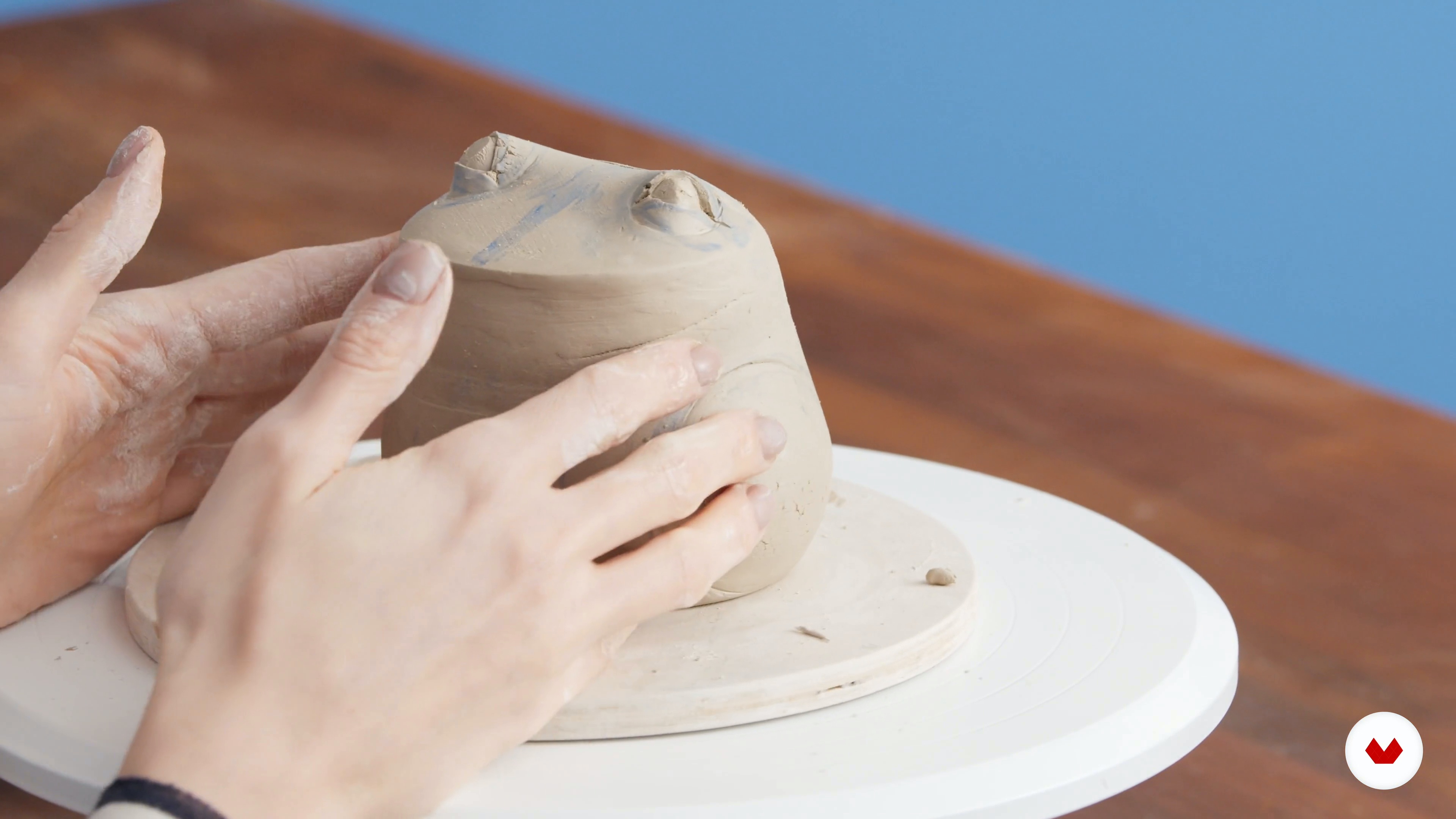
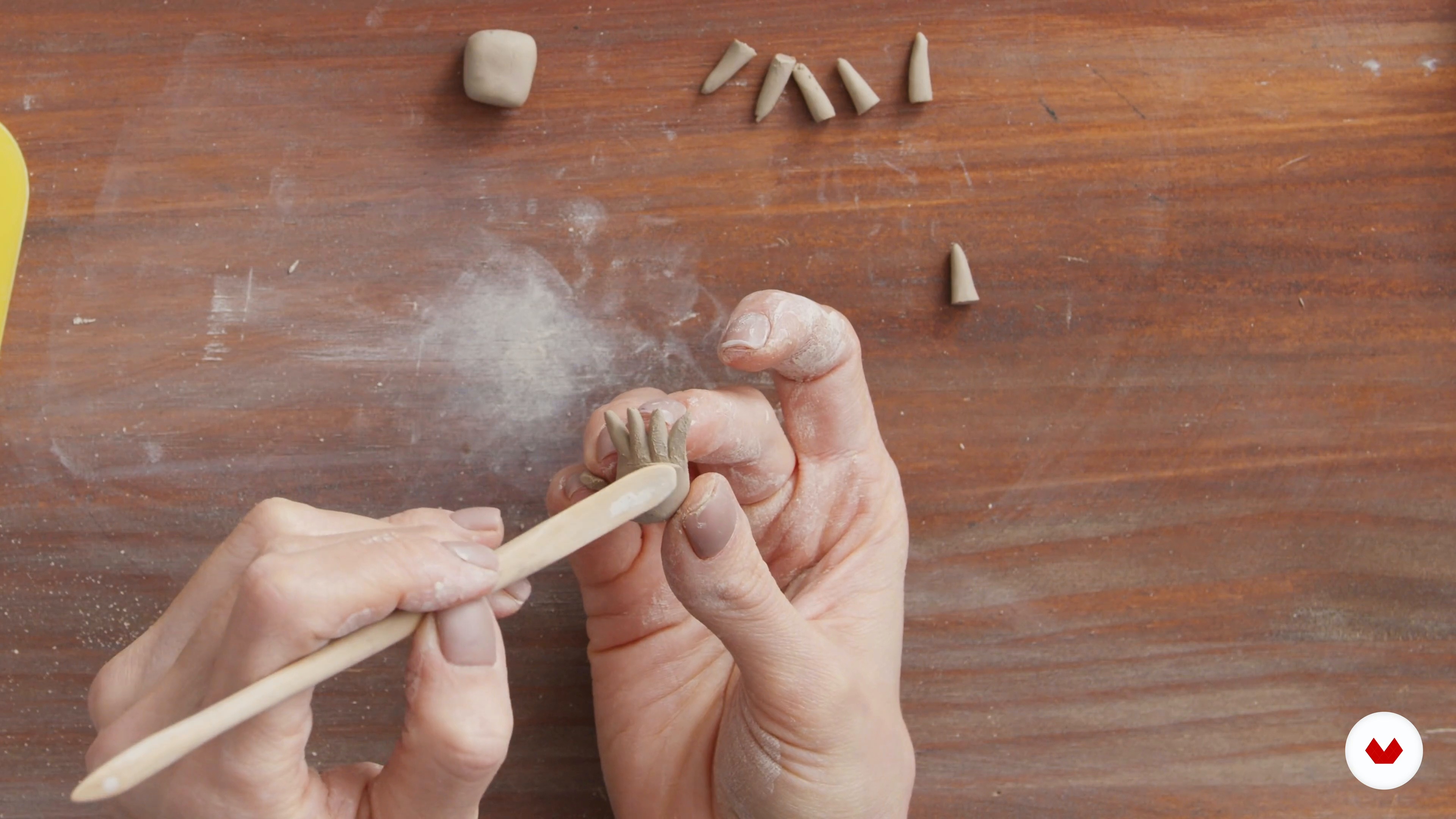
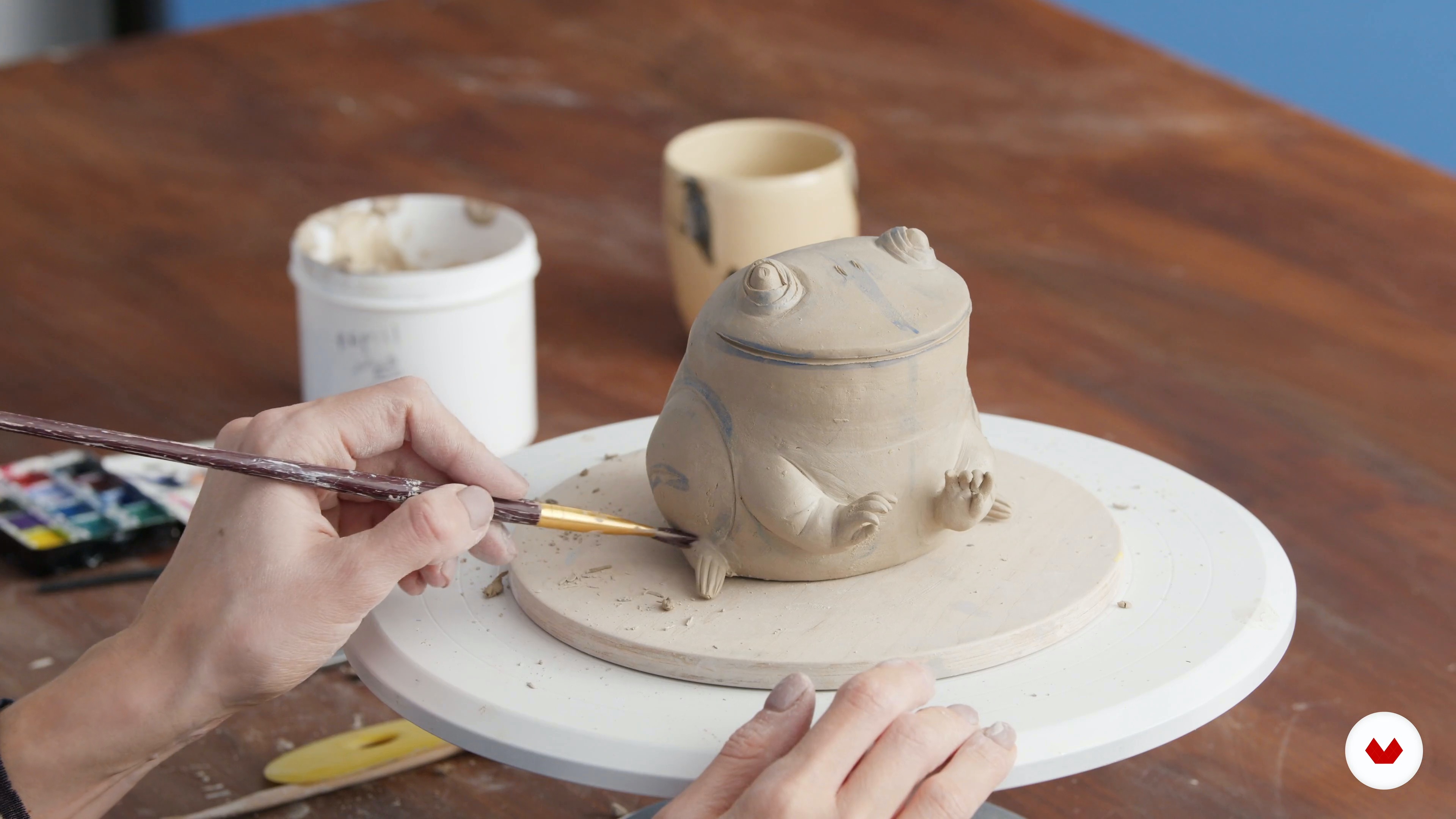
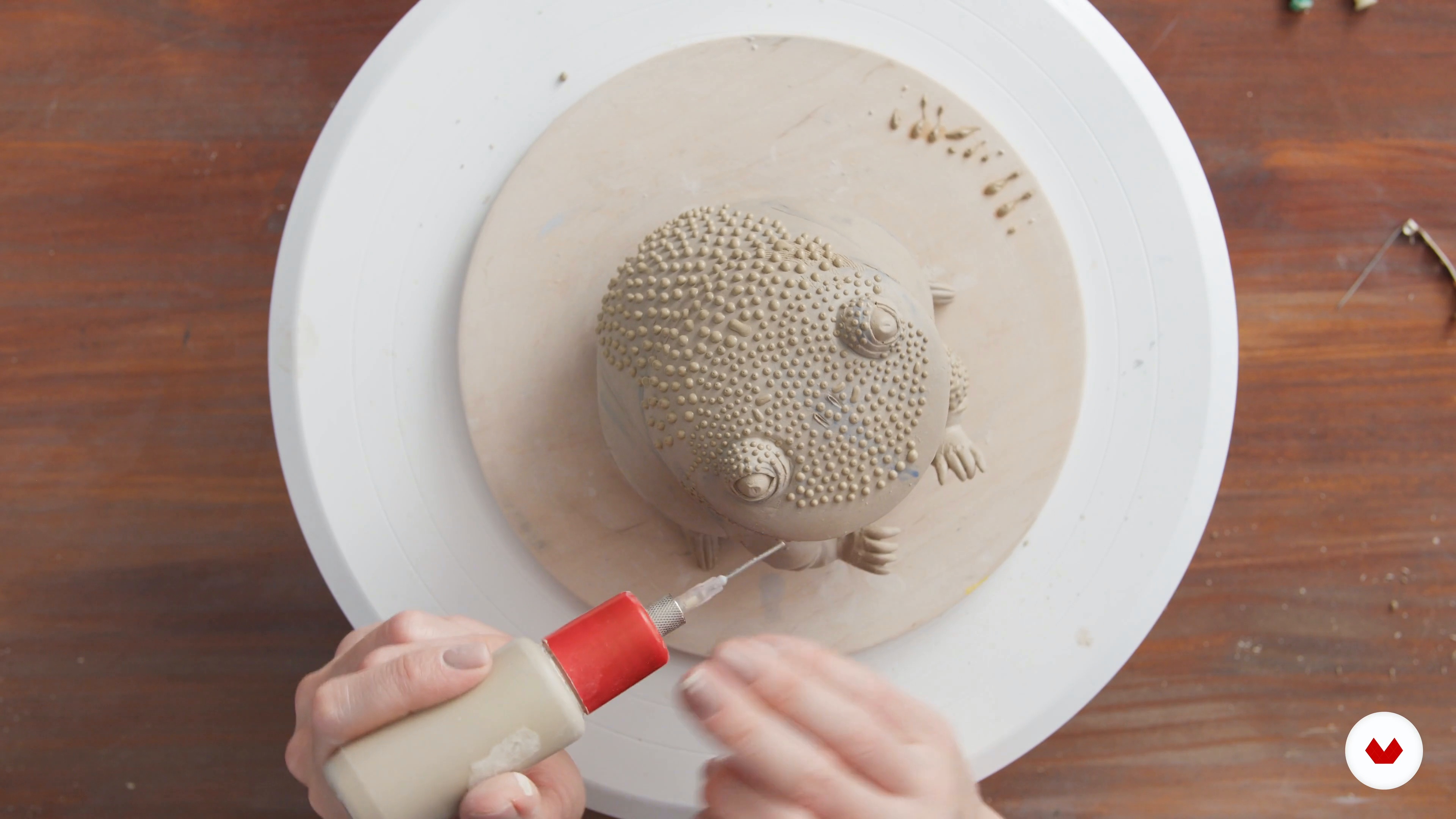
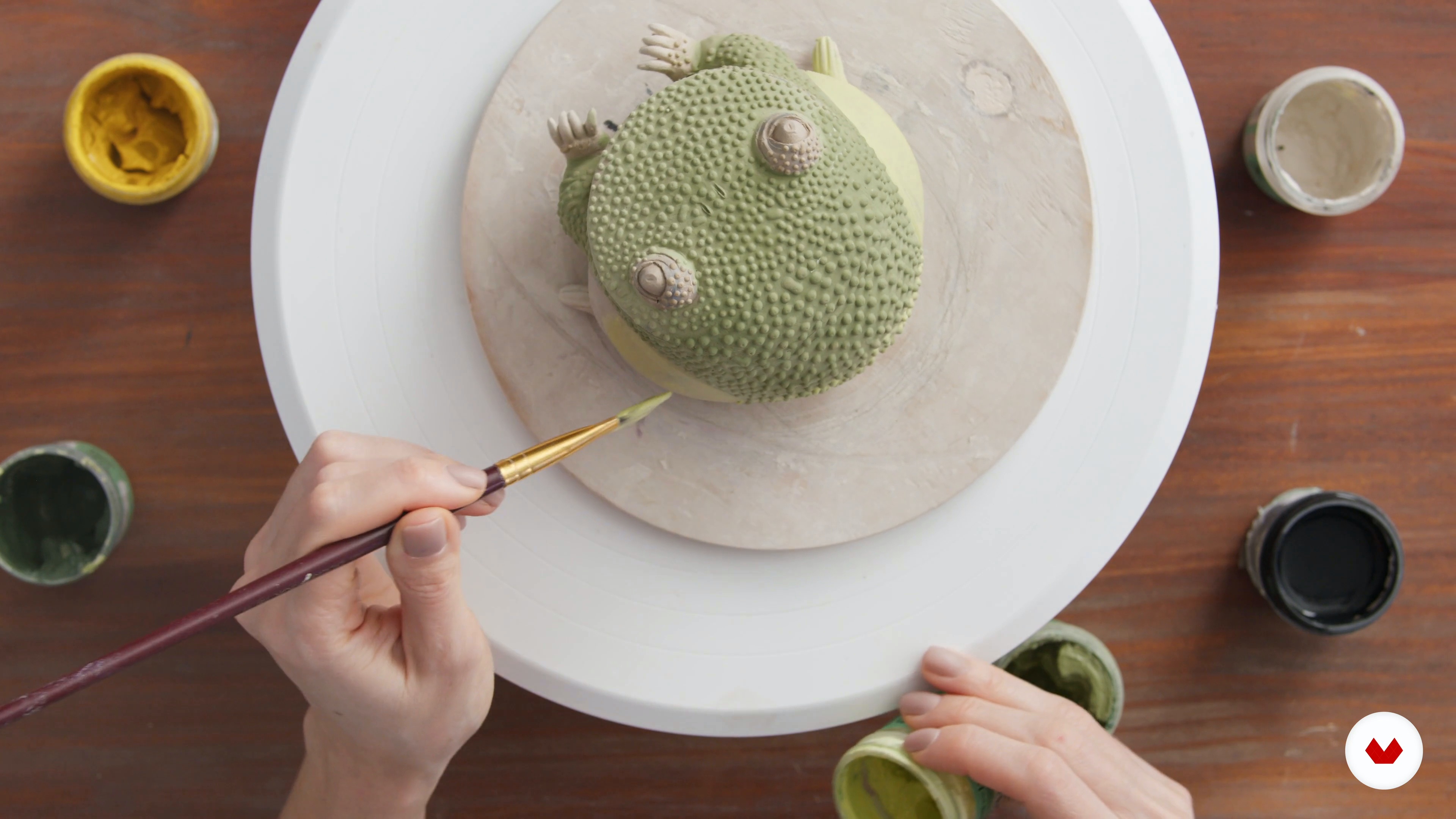
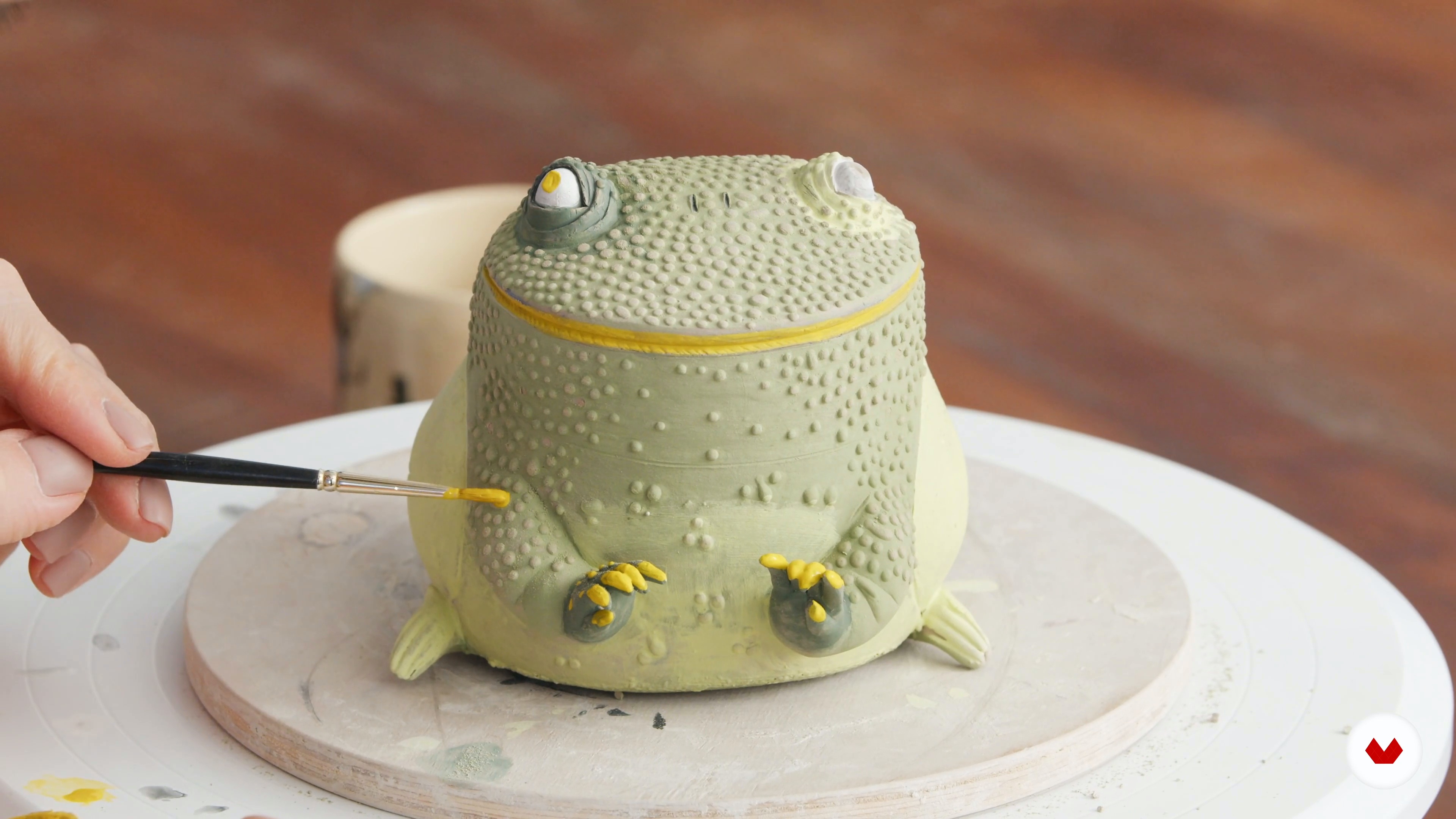
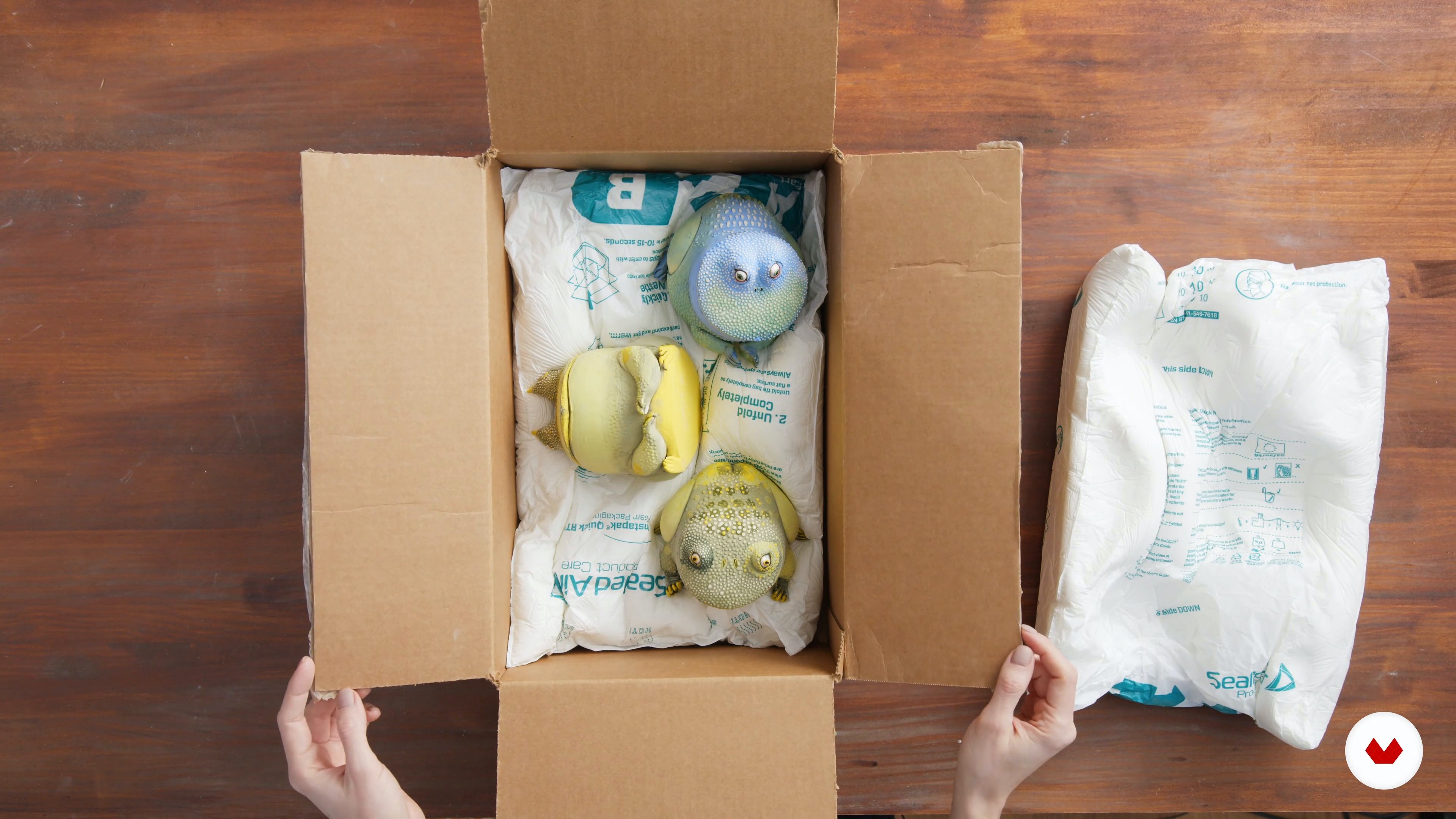
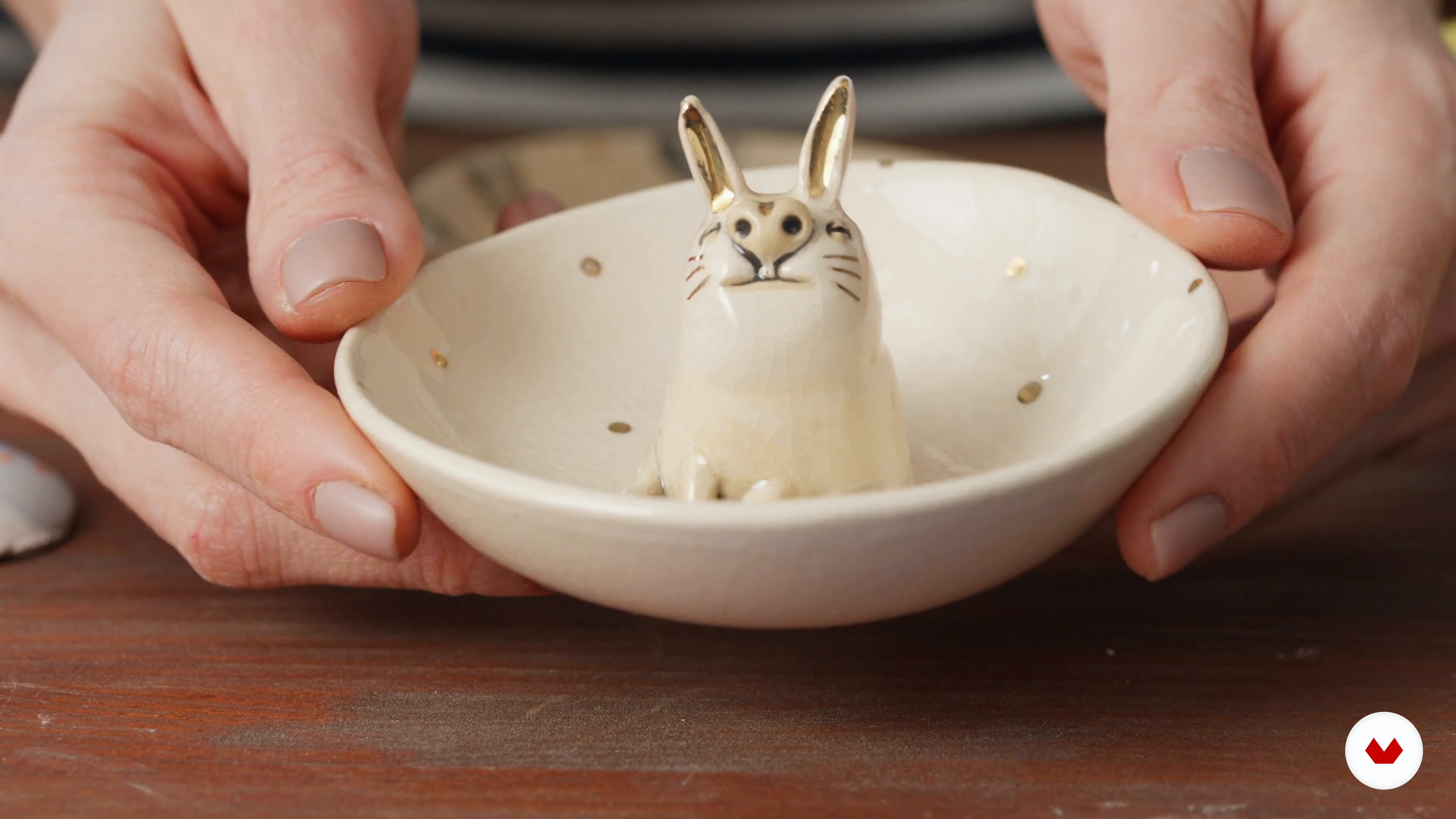

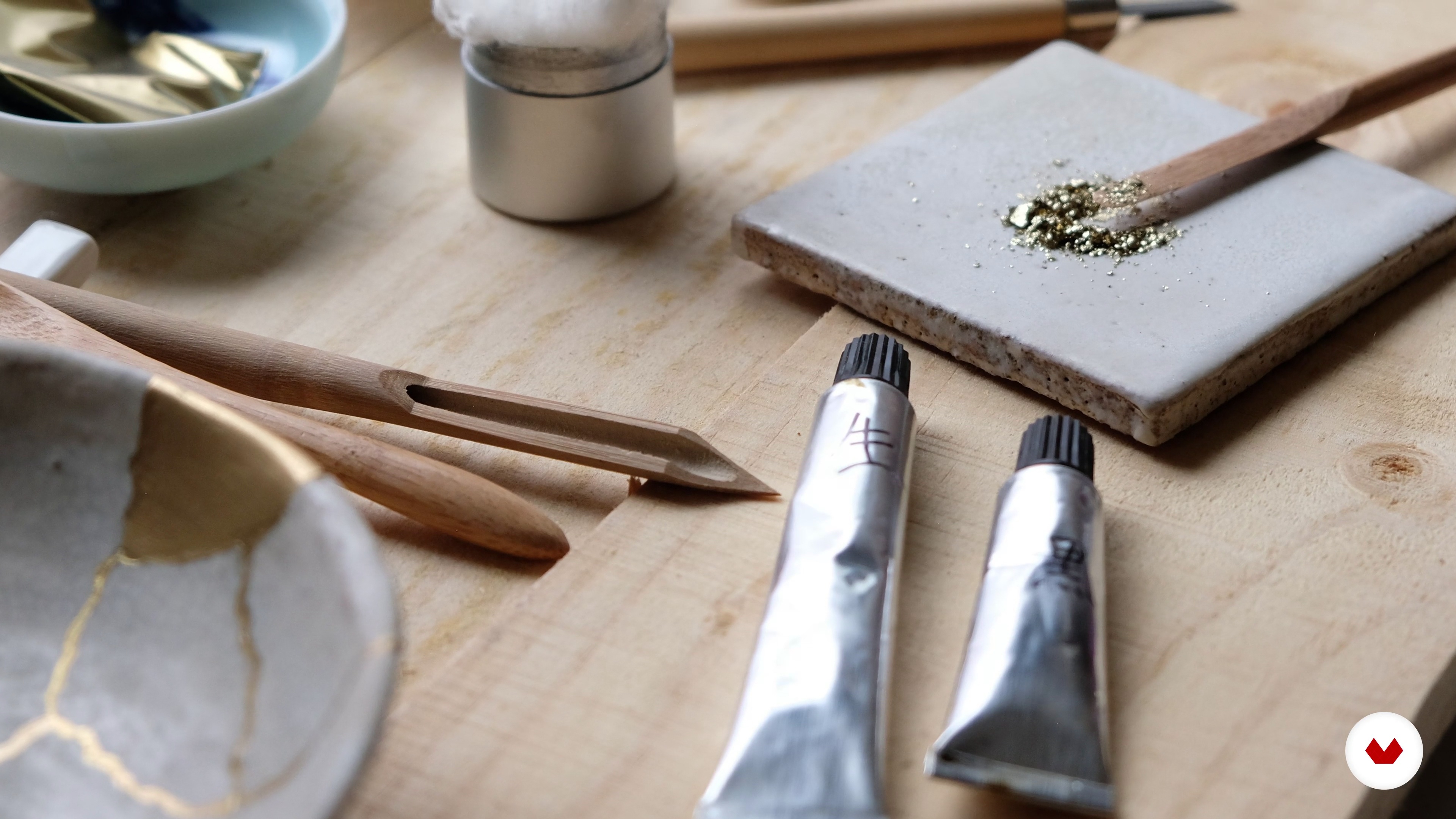
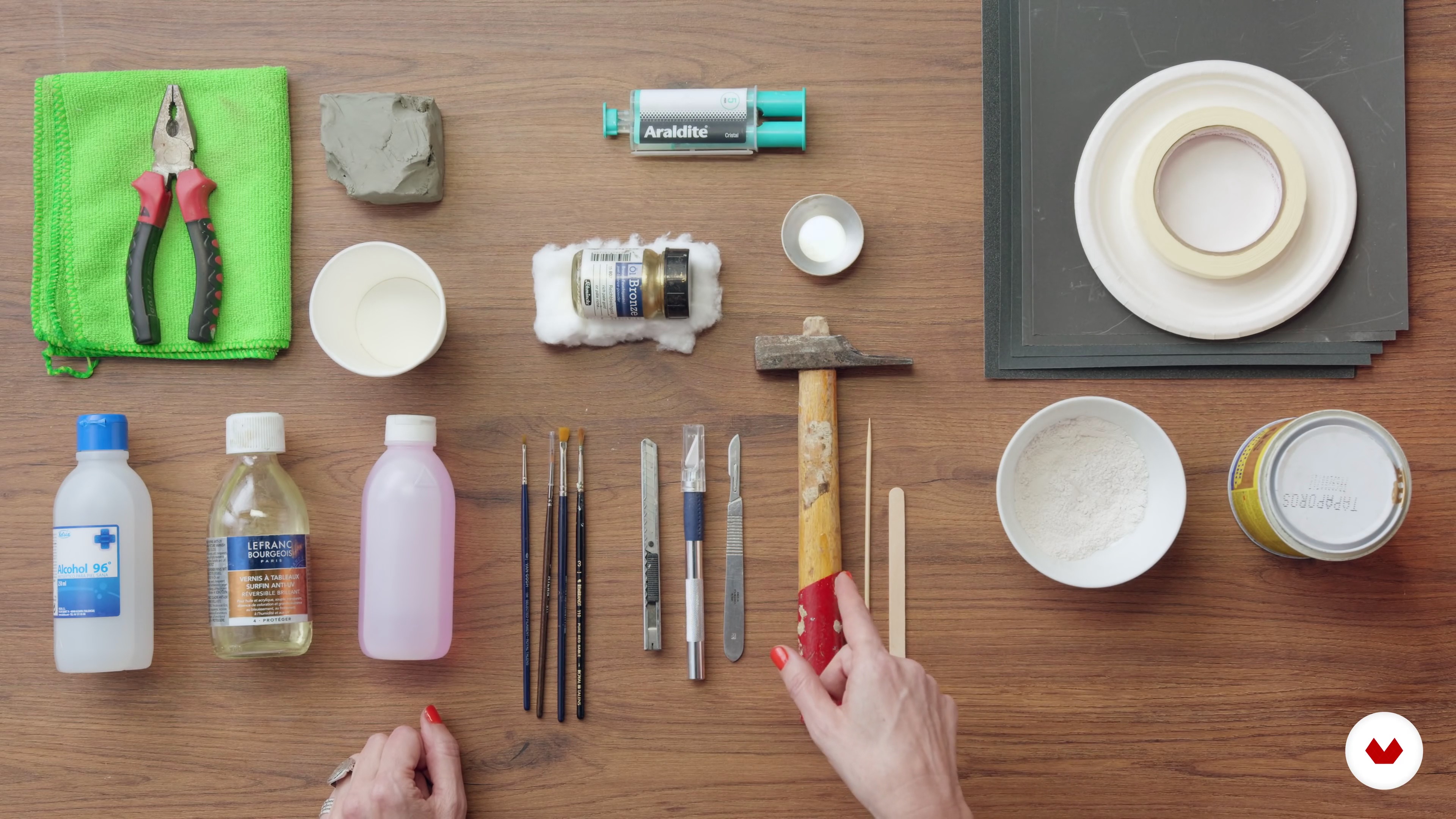
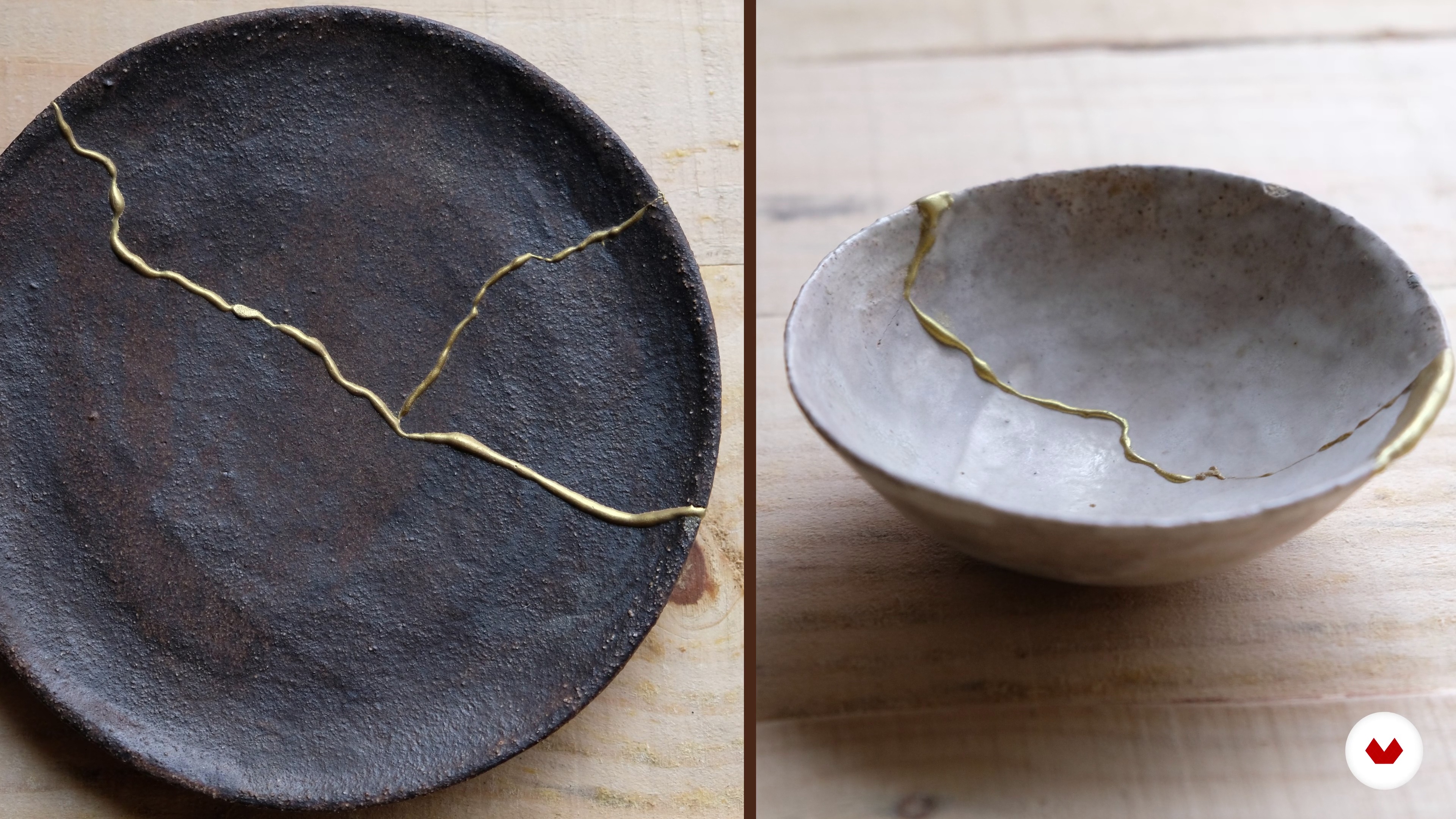
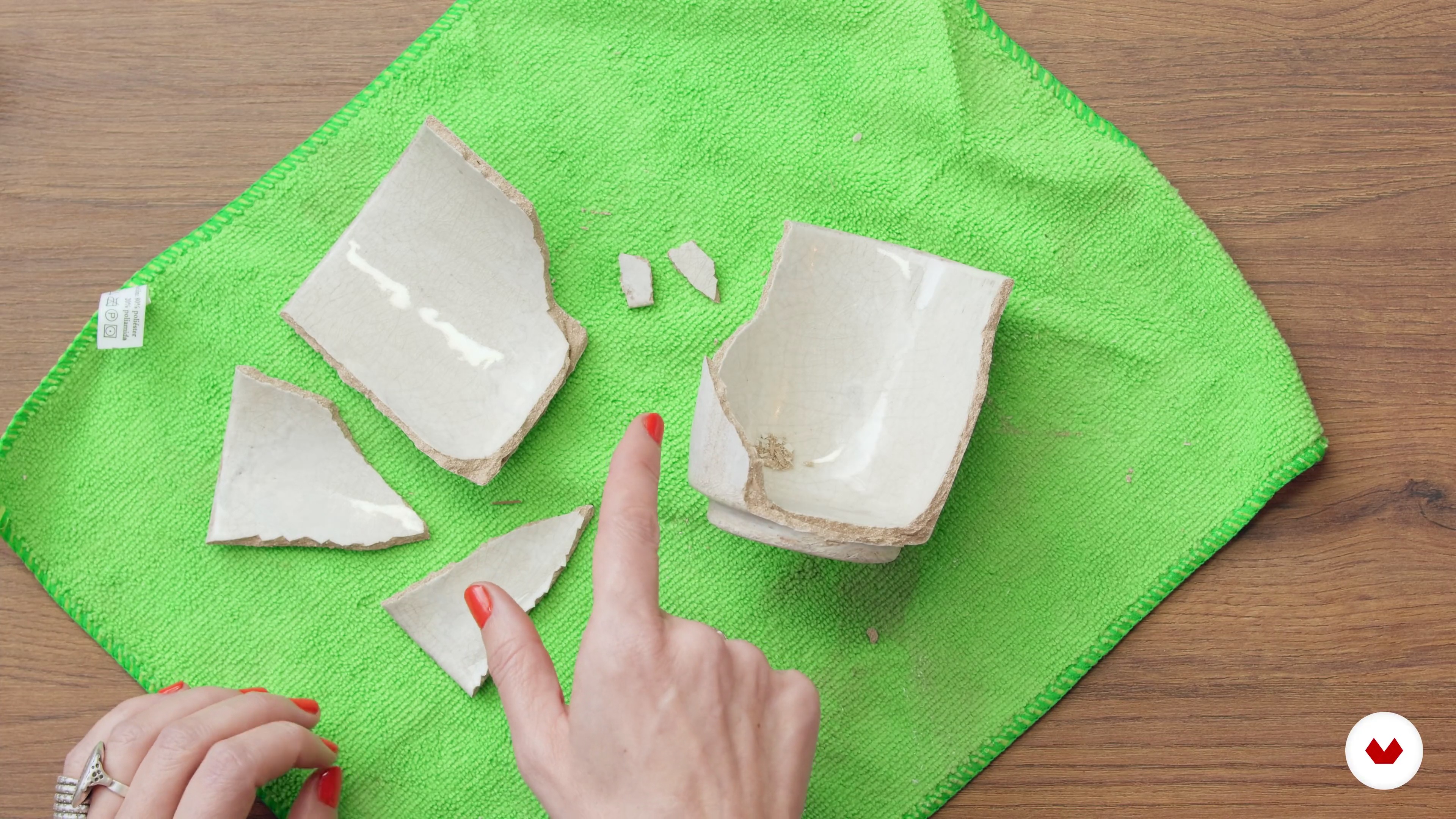
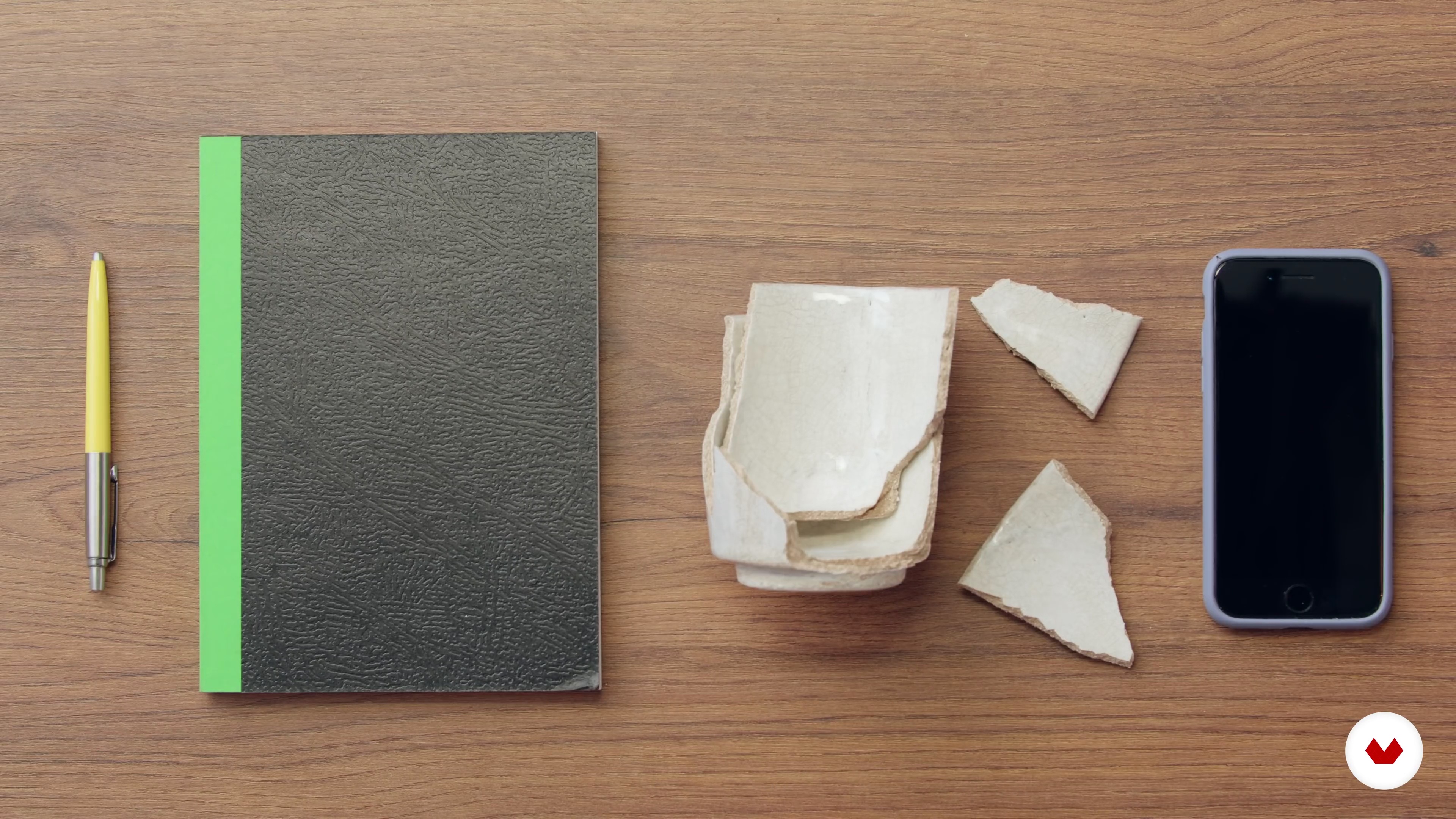
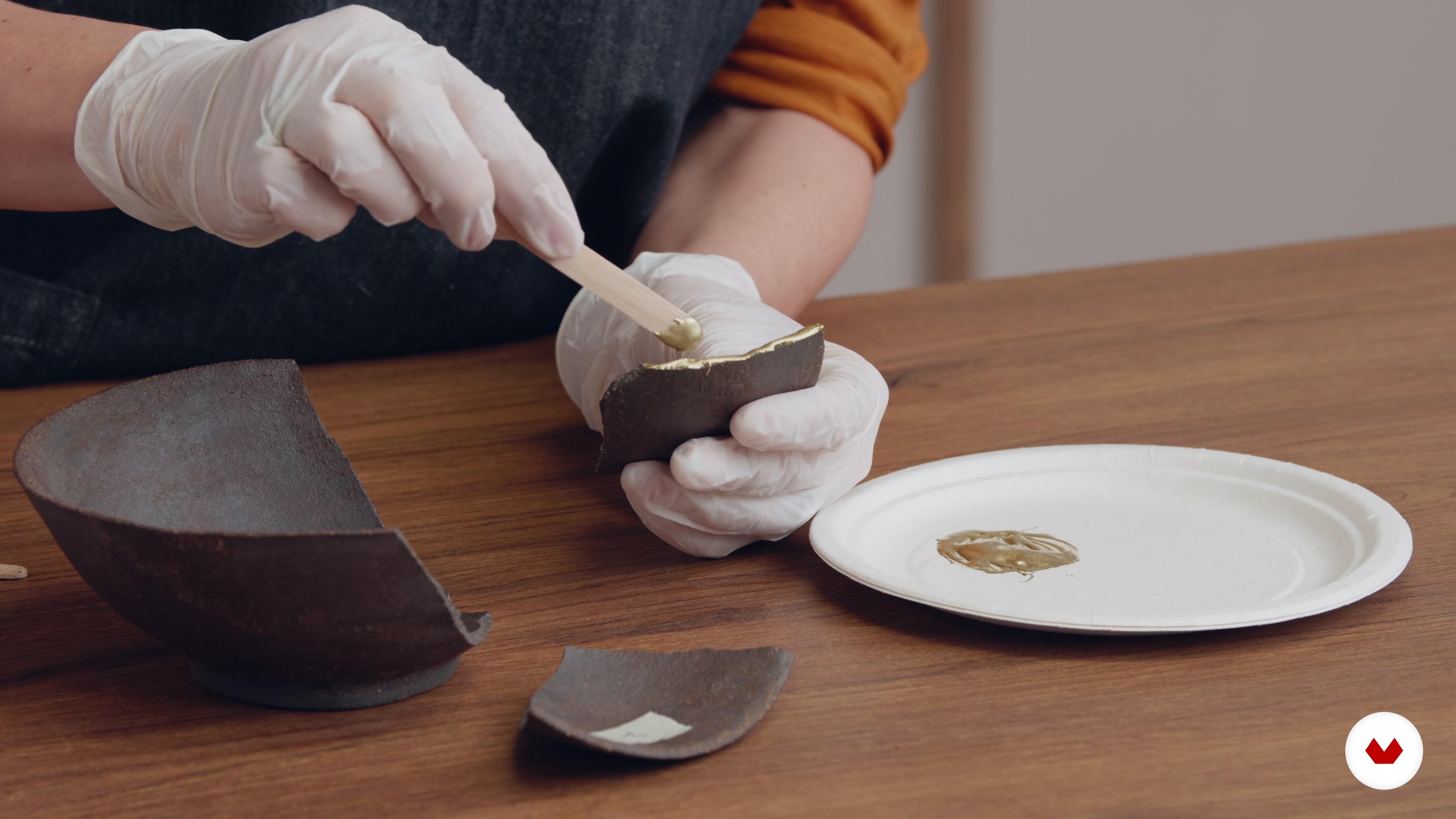
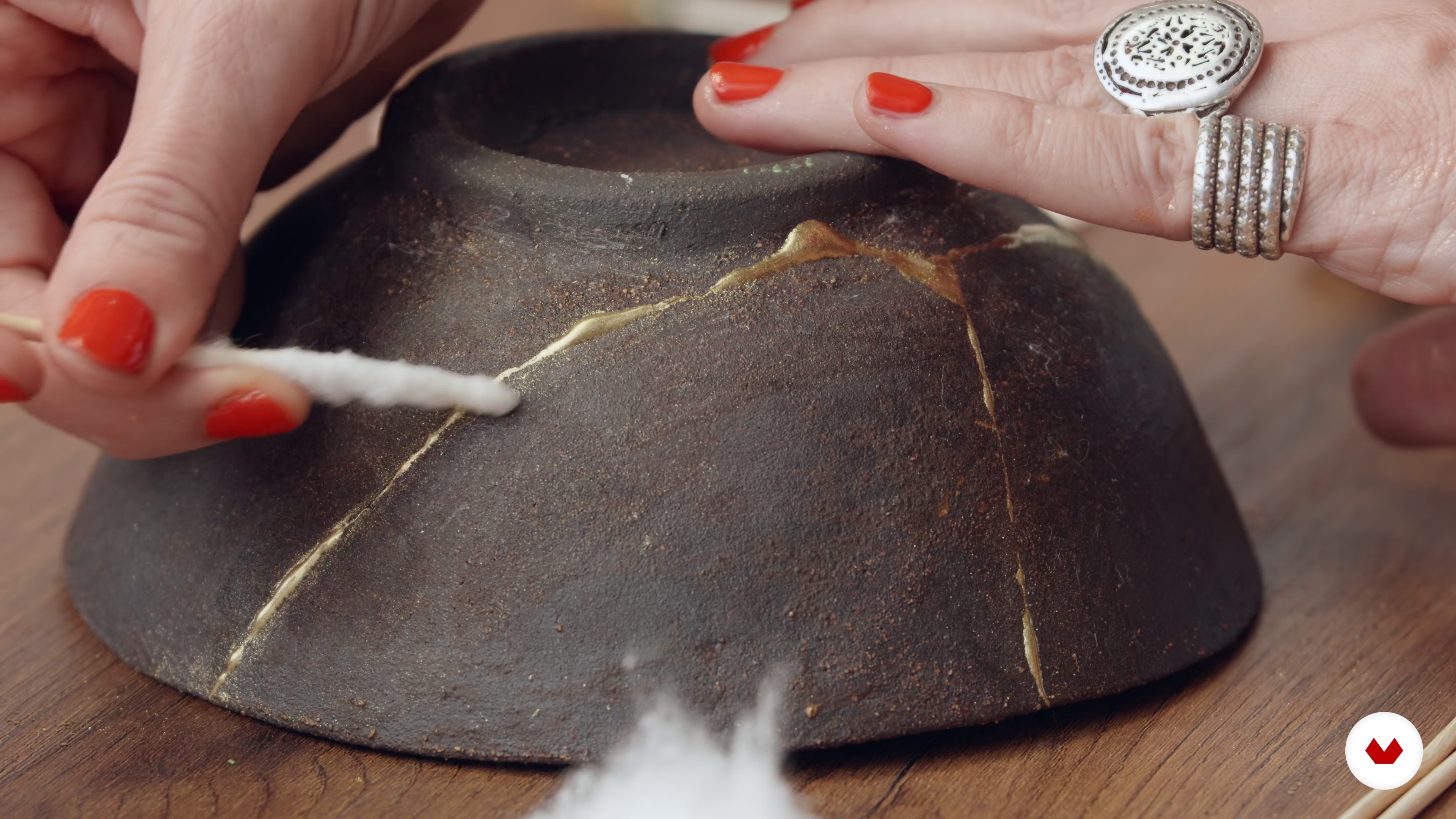
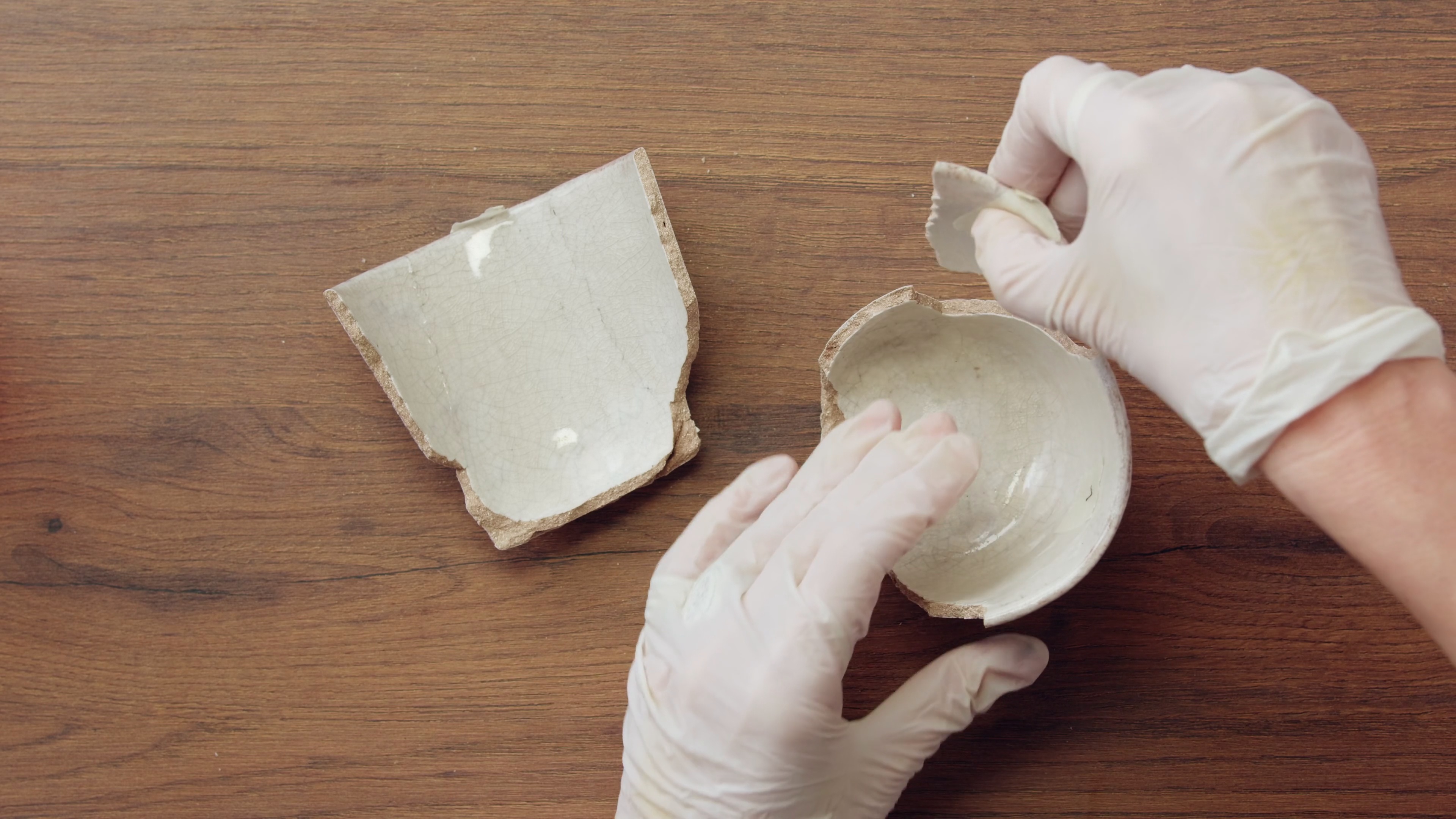
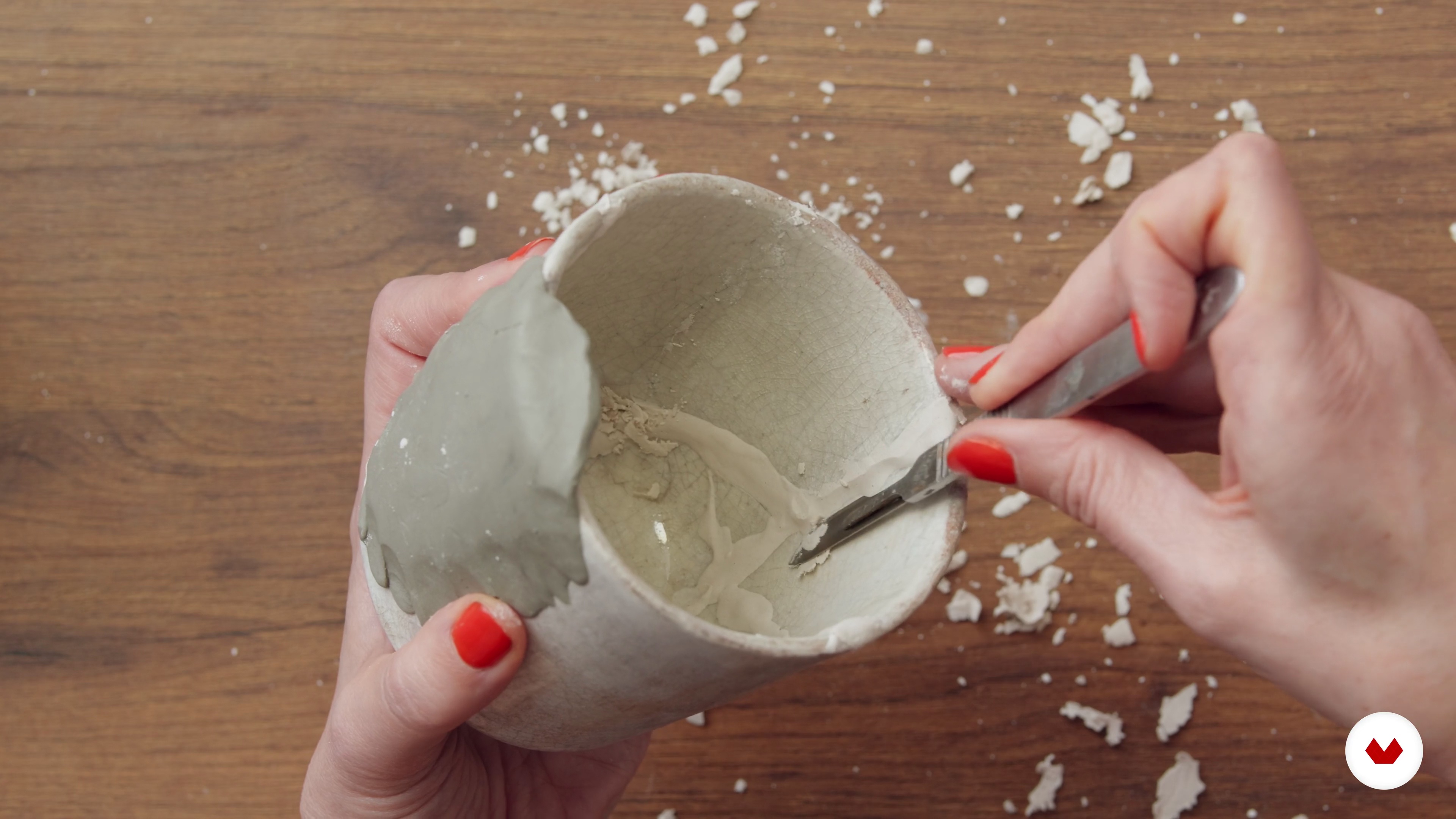
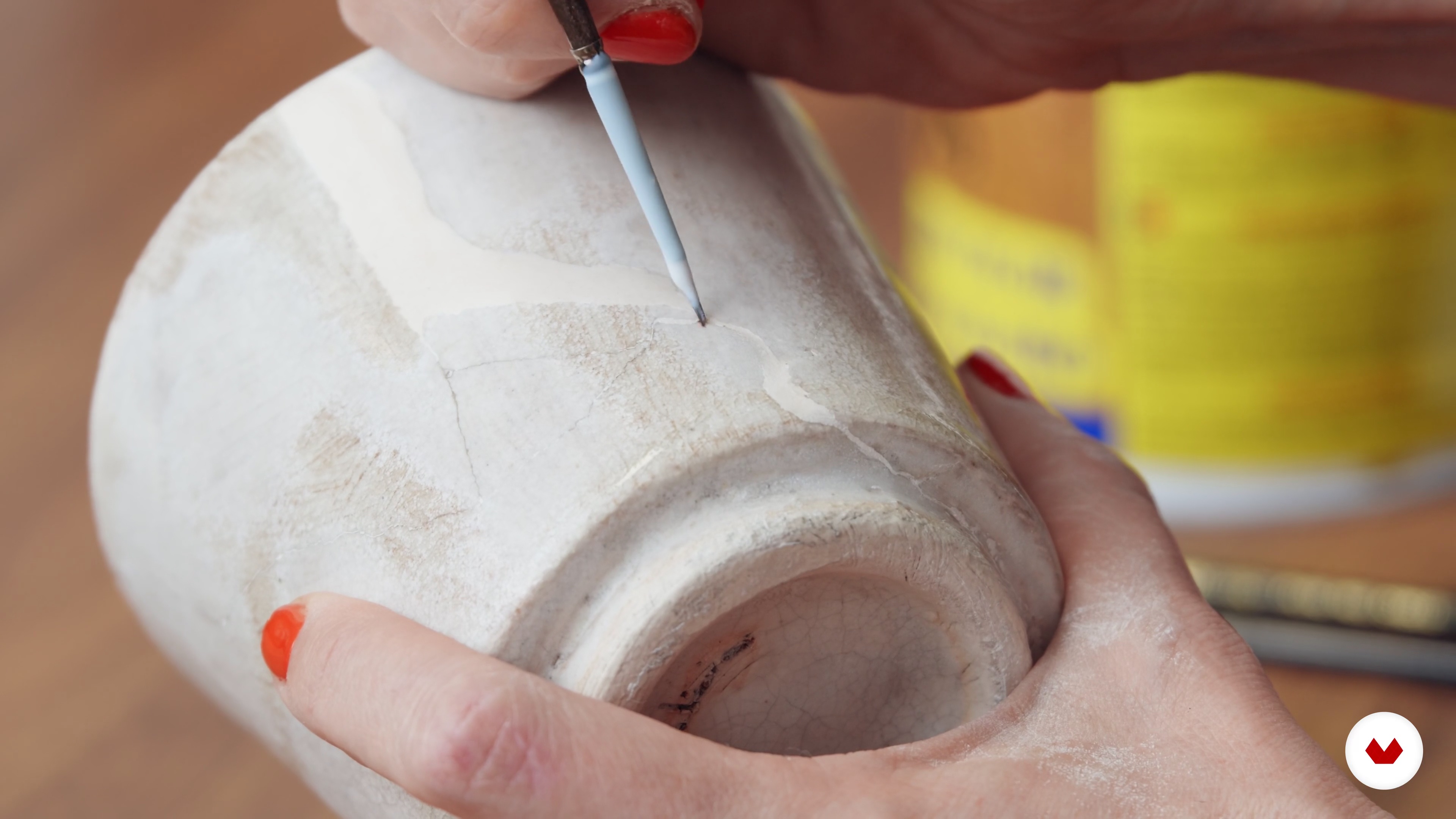
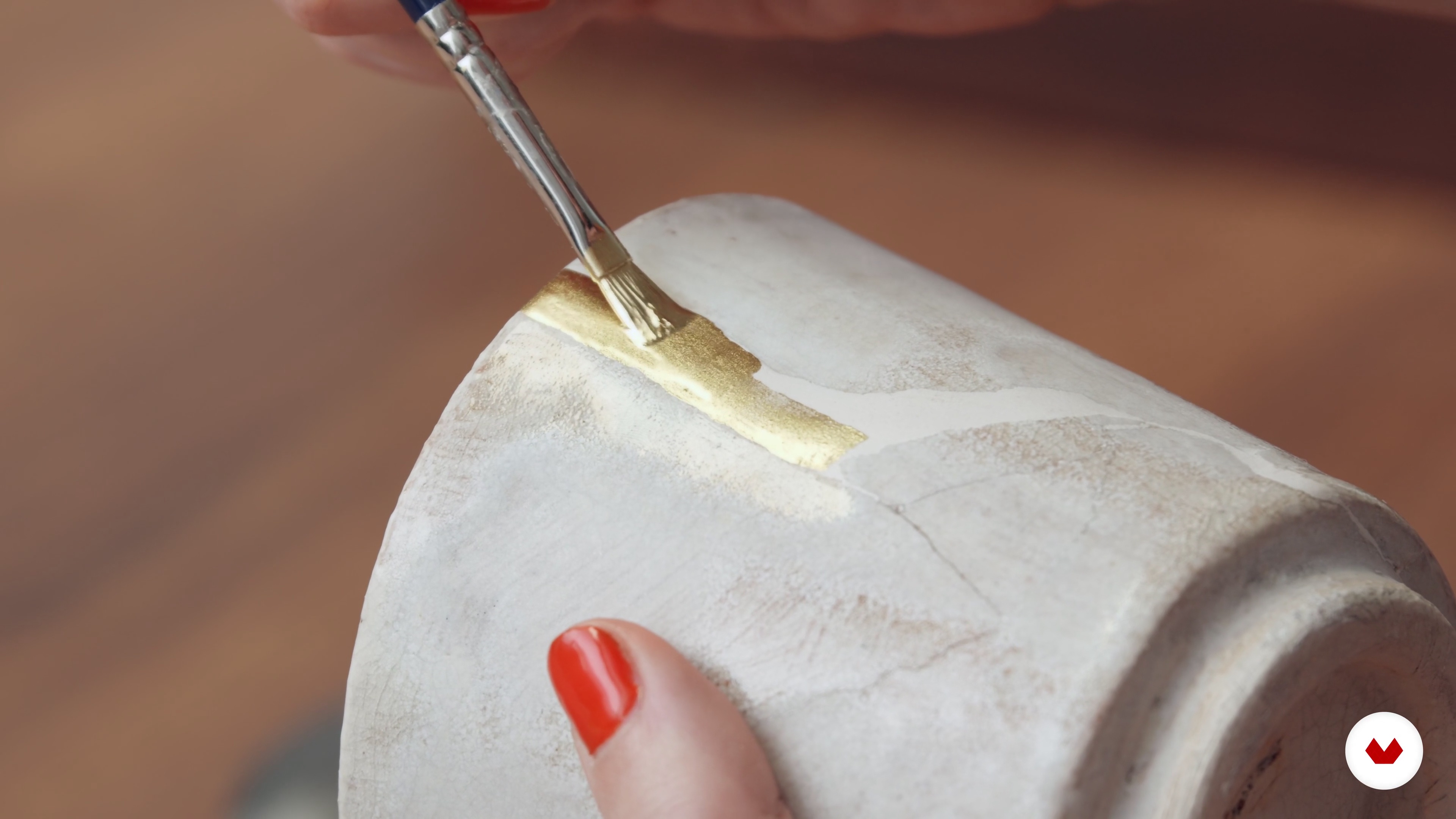
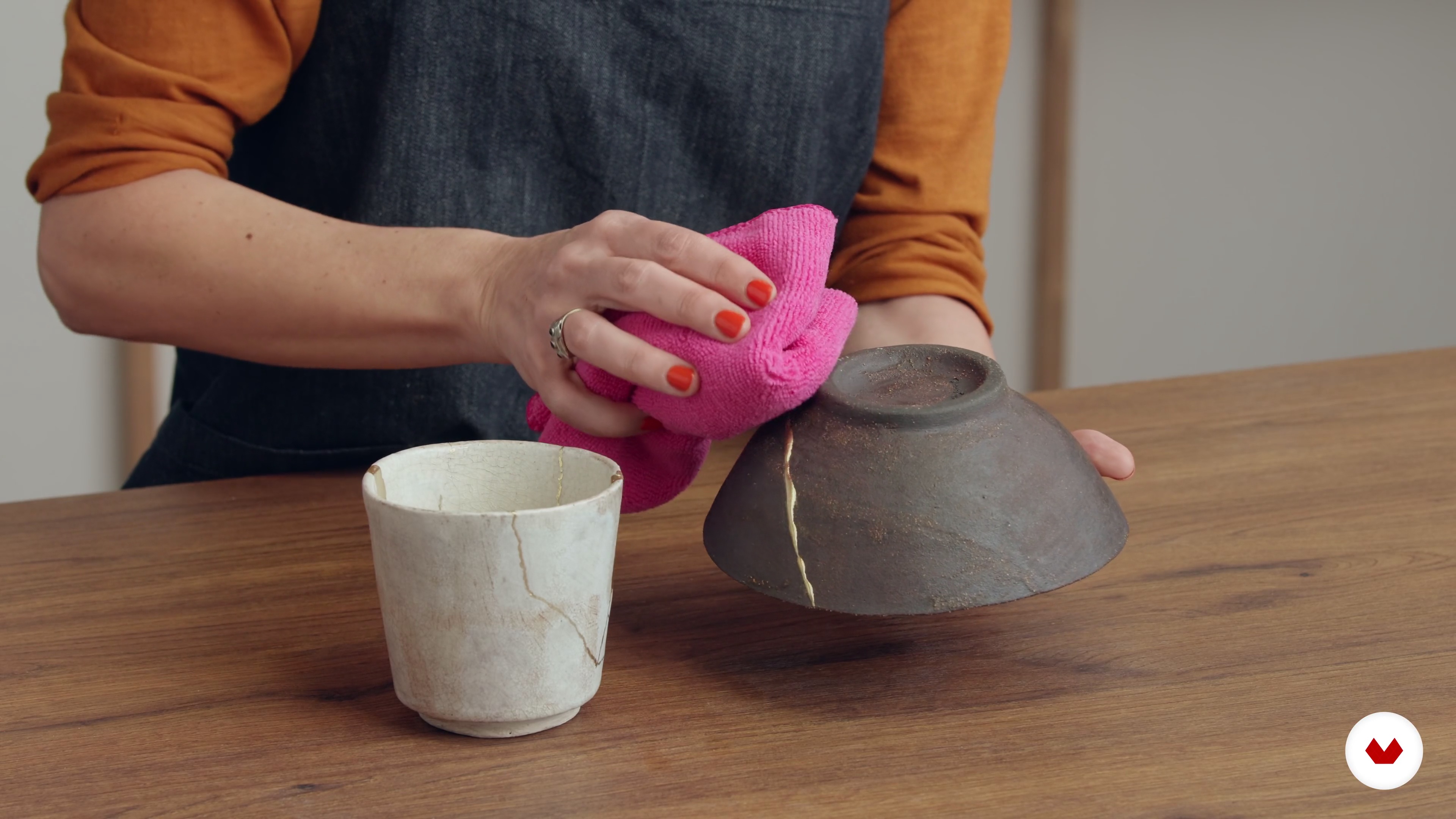
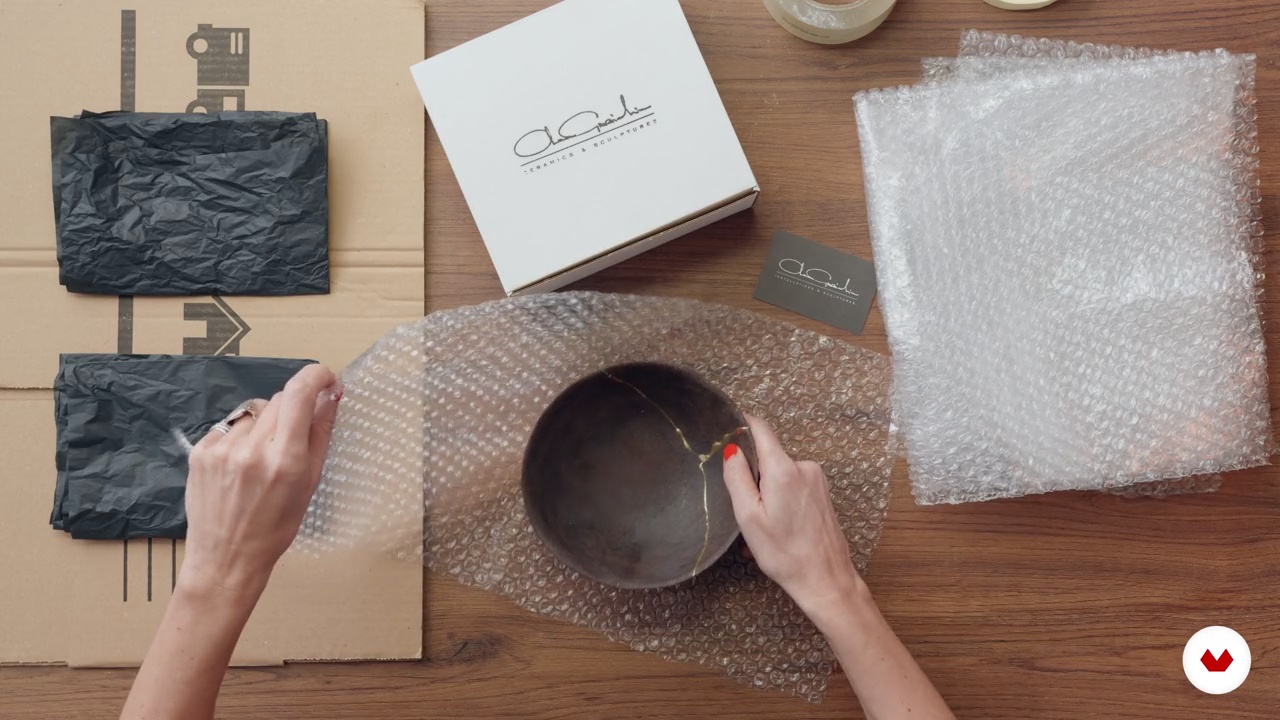
- 100% positive reviews (15)
- 1,903 students
- 101 lessons (17h 58m)
- 82 additional resources (31 files)
- Online and at your own pace
- Audio: English, Spanish
- Spanish · English · Portuguese · German · French · Italian · Polish · Dutch · Turkish
- Level: Beginner
- Unlimited access forever
What is this course's project?
Create a flat-slab ceramic vessel or vase, mastering molding, tool usage, and unique designs. Explore the firing process and glazing to decorate your home with handmade pieces. Achieve clean lines and a well-thought-out design using the slab technique.
Who is this specialization for?
Aspiring ceramists eager to explore traditional techniques and creative expressions will find these courses enriching. Ideal for beginners and enthusiasts seeking hands-on projects, from slab techniques to character design, and anyone passionate about crafting unique ceramic art.
Requirements and materials
No extensive prior knowledge is required, but having basic clay and pottery tools, clay, and access to a kiln is essential. Familiarity with creative processes and a willingness to experiment enhance the learning experience. Enthusiasm for crafting is a plus.

Reviews
What to expect from this specialization course
-
Learn at your own pace
Enjoy learning from home without a set schedule and with an easy-to-follow method. You set your own pace.
-
Learn from the best professionals
Learn valuable methods and techniques explained by top experts in the creative sector.
-
Meet expert teachers
Each expert teaches what they do best, with clear guidelines, true passion, and professional insight in every lesson.
-
Certificates
PlusIf you're a Plus member, get a custom certificate for every specialization course. Share it on your portfolio, social media, or wherever you like.
-
Get front-row seats
Videos of the highest quality, so you don't miss a single detail. With unlimited access, you can watch them as many times as you need to perfect your technique.
-
Share knowledge and ideas
Ask questions, request feedback, or offer solutions. Share your learning experience with other students in the community who are as passionate about creativity as you are.
-
Connect with a global creative community
The community is home to millions of people from around the world who are curious and passionate about exploring and expressing their creativity.
-
Watch professionally produced courses
Domestika curates its teacher roster and produces every course in-house to ensure a high-quality online learning experience.
FAQs
What are Domestika's online courses?
Domestika courses are online classes that allow you to learn new skills and create incredible projects. All our courses include the opportunity to share your work with other students and/or teachers, creating an active learning community. We offer different formats:
Original Courses: Complete classes that combine videos, texts, and educational materials to complete a specific project from start to finish.
Basics Courses: Specialized training where you master specific software tools step by step.
Specialization Courses: Learning paths with various expert teachers on the same topic, perfect for becoming a specialist by learning from different approaches.
Guided Courses: Practical experiences ideal for directly acquiring specific skills.
Intensive Courses (Deep Dives): New creative processes based on artificial intelligence tools in an accessible format for in-depth and dynamic understanding.
When do the specialization courses start and when do they finish?
All specialization courses are 100% online, so once they're published, specialization courses start and finish whenever you want. You set the pace of the class. You can go back to review what interests you most and skip what you already know, ask questions, answer questions, share your projects, and more.
What do Domestika's specialization courses include?
The specialization courses are divided into different modules. Each one includes lessons, informational text, tasks, and practice exercises to help you carry out your project step by step, with additional complementary resources and downloads. You'll also have access to an exclusive forum where you can interact with other students, as well as share your work and your final project, creating a community around the specialization courses.
Have you been given a specialization courses?
You can redeem the specialization courses you received by accessing the redeeming page and entering your gift code.







I'm new to the platform and have attended a few classes so far. I recently discovered this course, which has allowed me to learn new techniques from a variety of instructors, and I've truly enjoyed the experience. Thank you!
This cource is more for advanced ceramists. The content is good. I would recommend to complete first ceramic for begginer.
Muy interesante, muchas técnicas e inspirador
Curso muito bom. Didático e com todas as informações necessárias para quem inicia na cerâmica e ou para rever técnicas e conceitos. Obrigada aos organizadores.
Excellent course.